
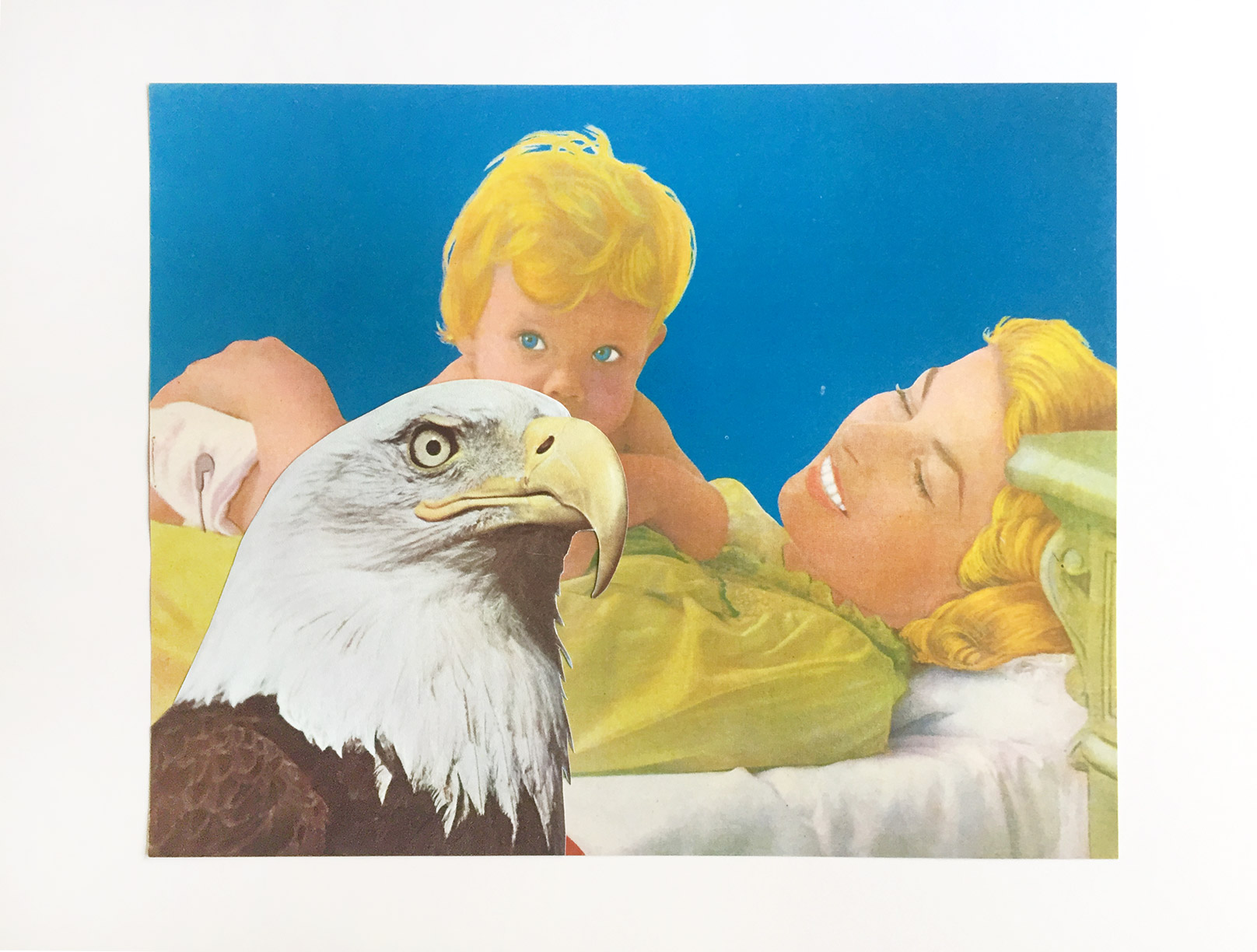
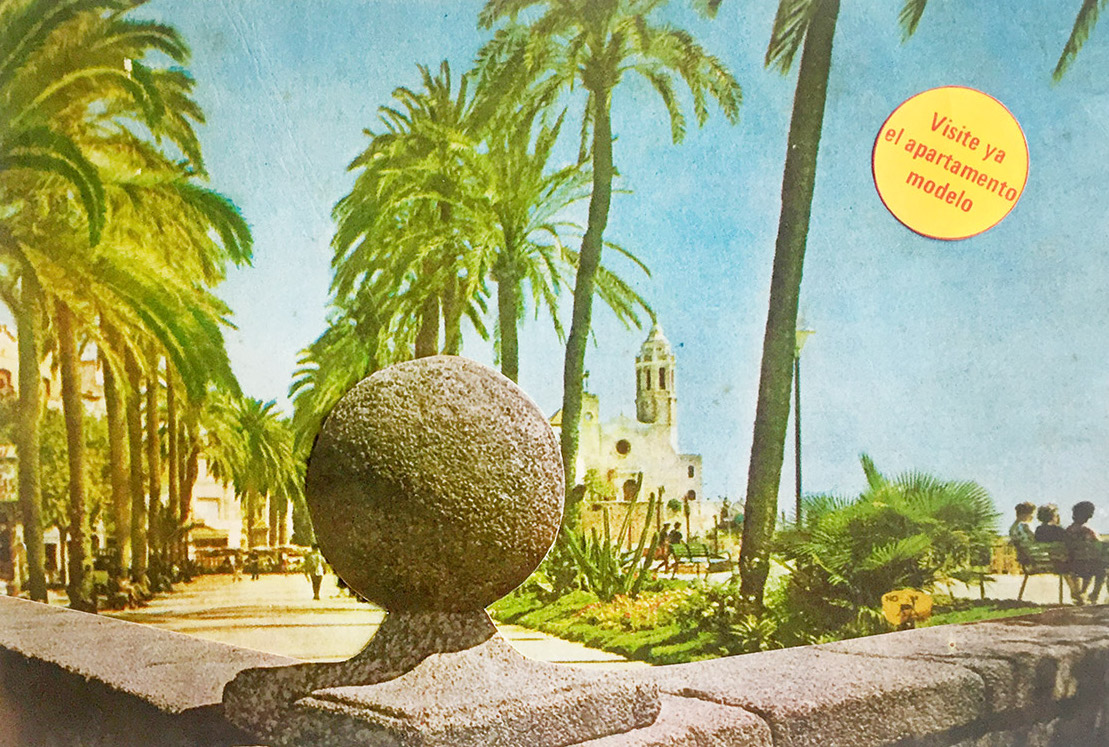
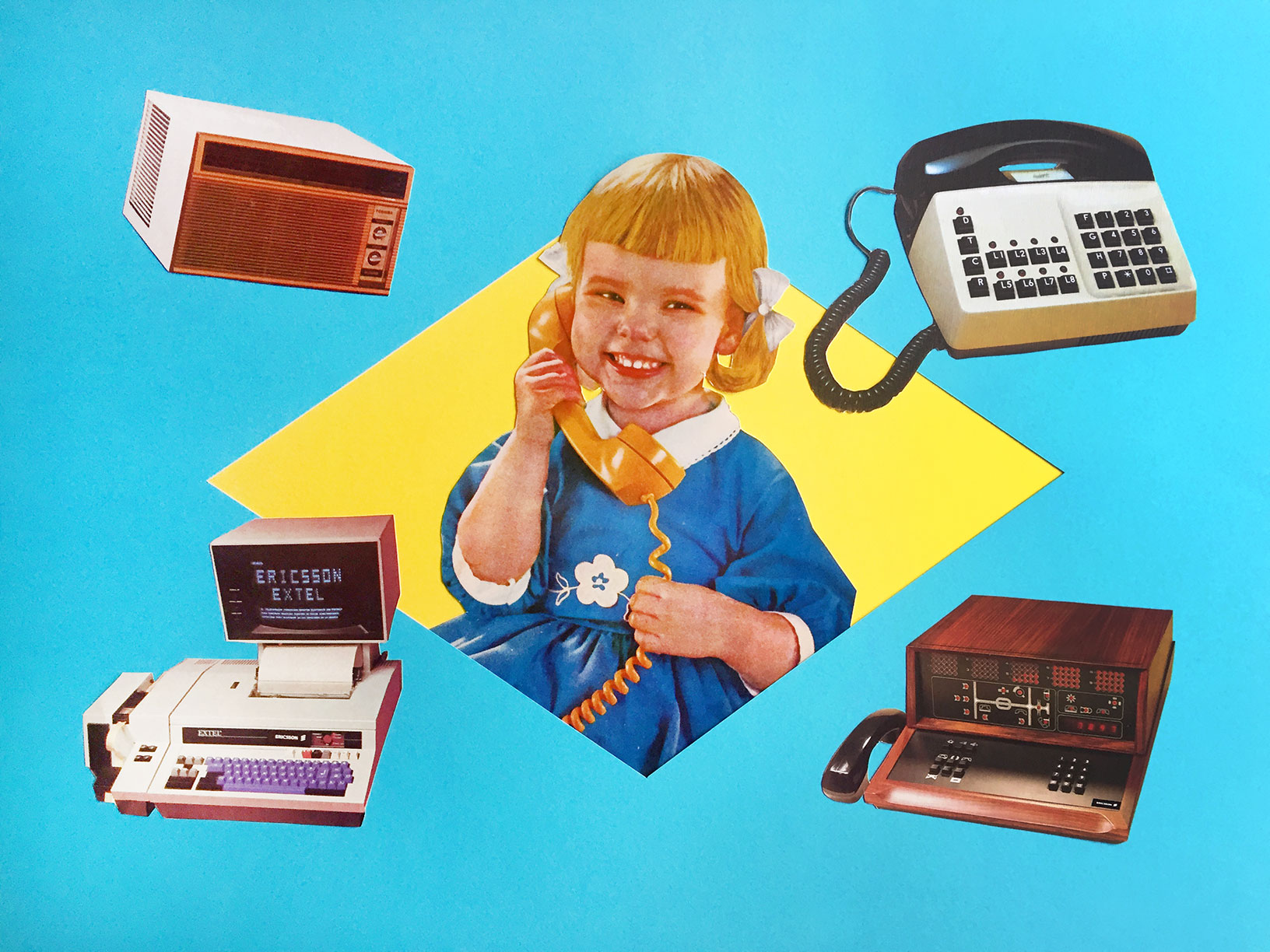
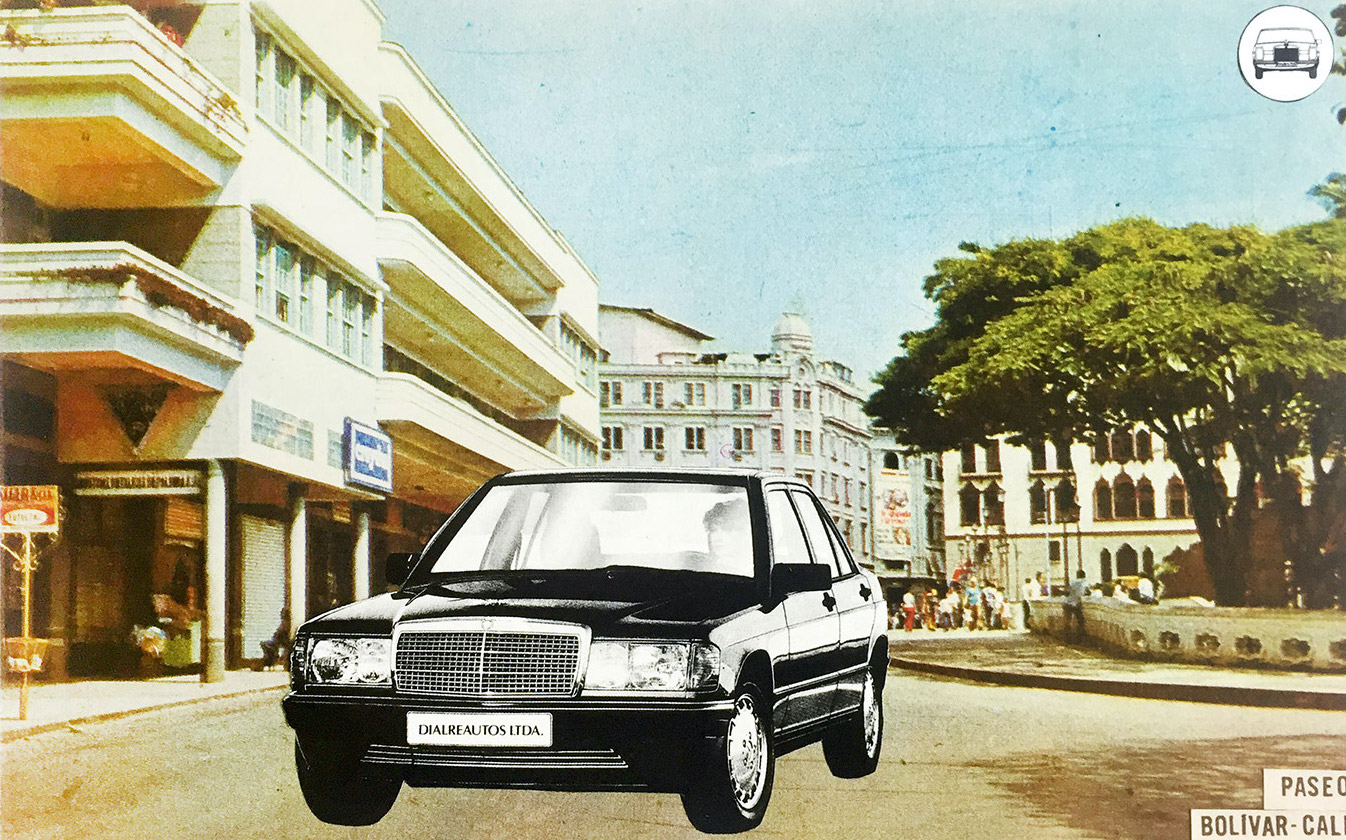

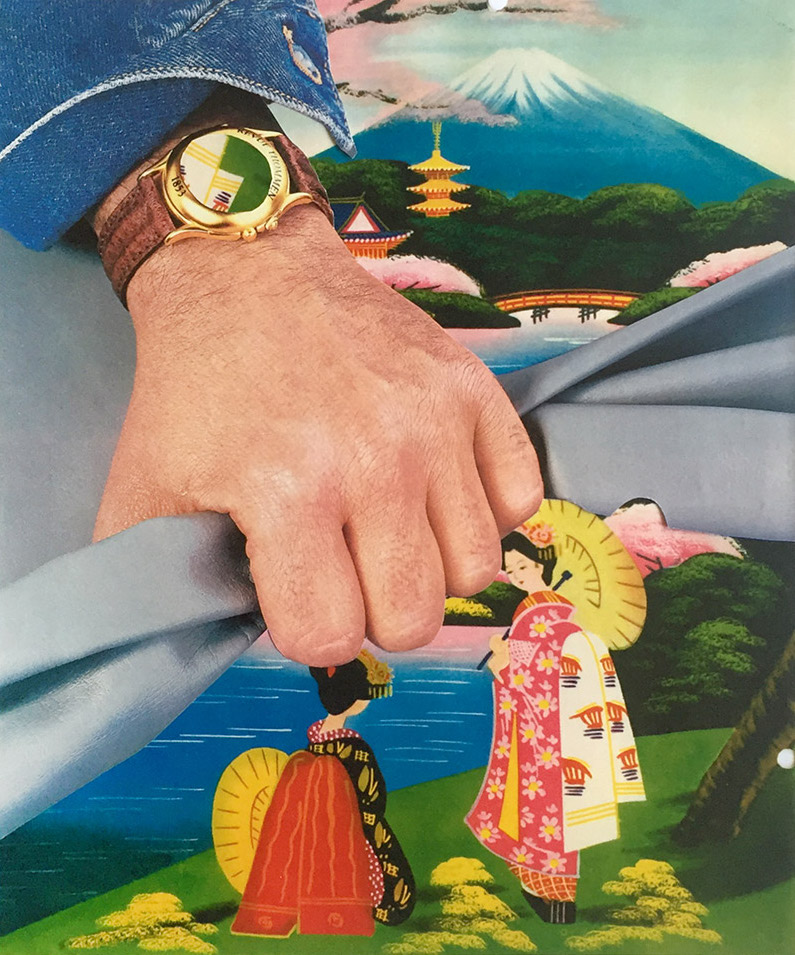
Series of collages made out of two Colombian print archives, sheets from Gráficas Molinari, a popular printshop founded in Cali in 1952, and ads from Diners Magazine (1976-1994), a cultural publication related to the Diners Club International credit card franchise, and its homonym art gallery in Bogotá (1980-2002). These hybrid images help to explore the limits between the bourgeois and aspirational esthetics of the magazine ads with the kitsch and corny look of the Molinari prints. This relates to a more general issue about class stereotypes in Colombian society and how artists tend to work and play in the intersection of both worlds.
See full project at: www.clubcomensalesmolinari.com
Virtual residency at Gráficas Molinari
See full project at: www.clubcomensalesmolinari.com
Virtual residency at Gráficas Molinari
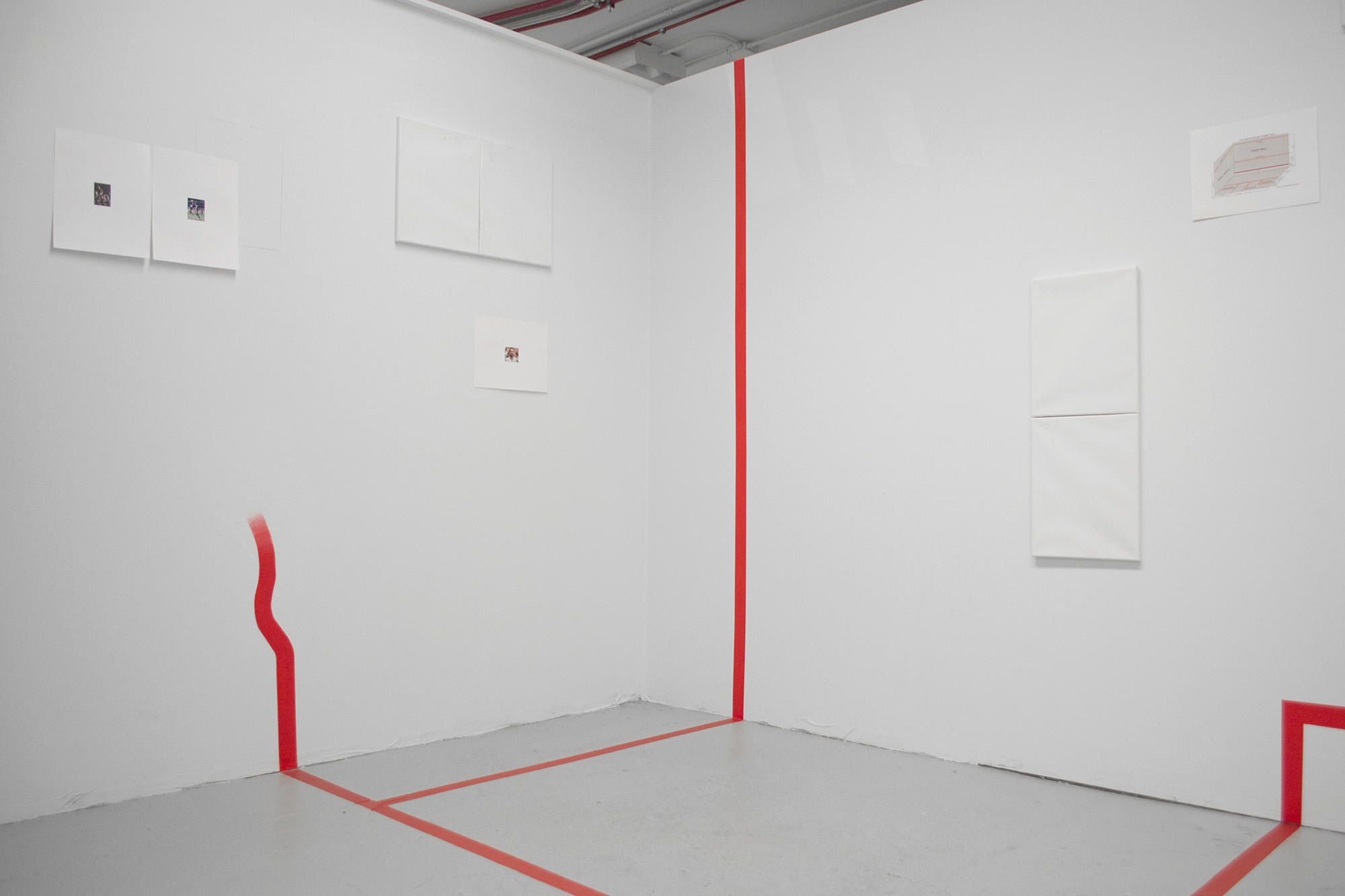
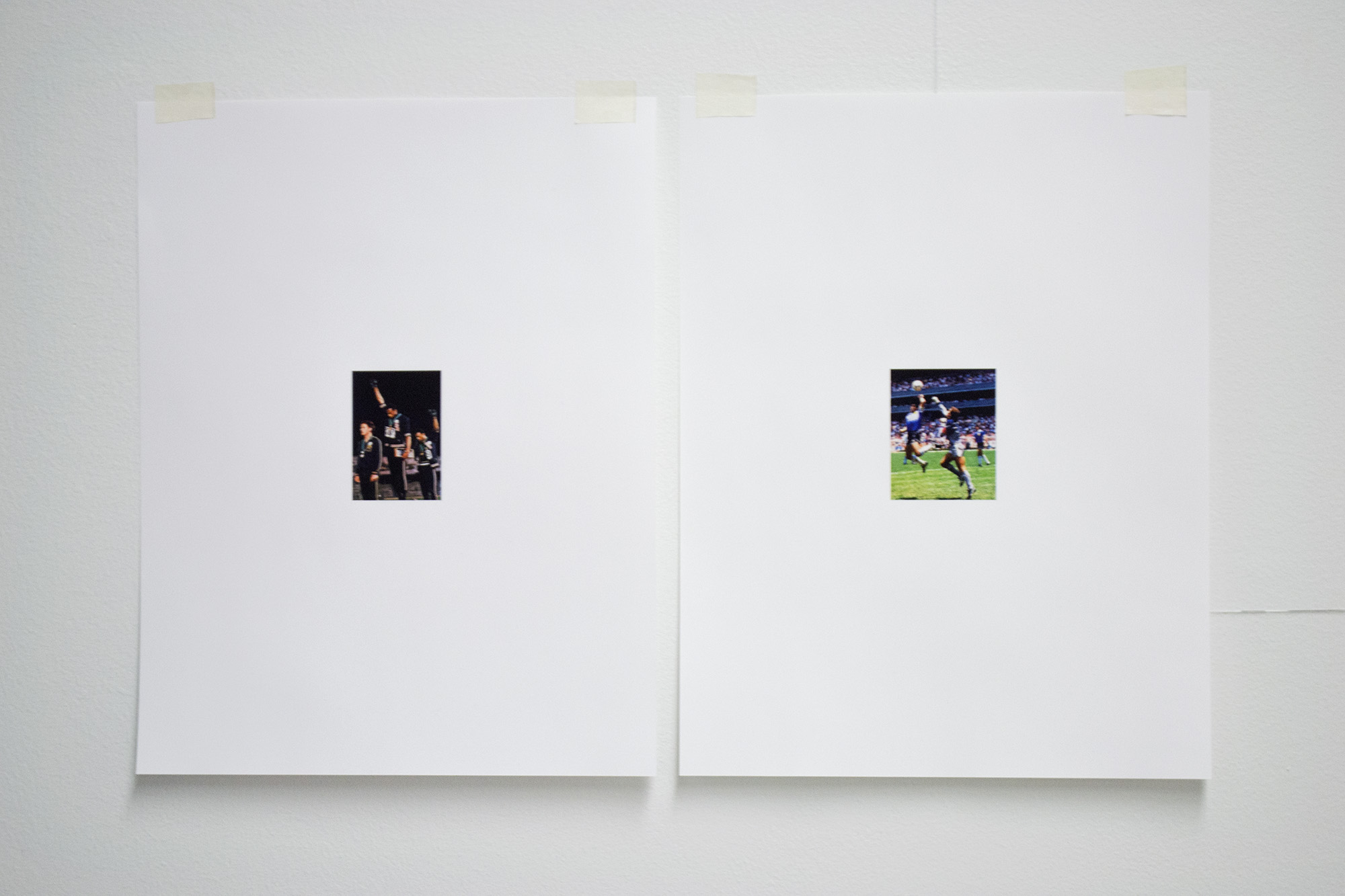
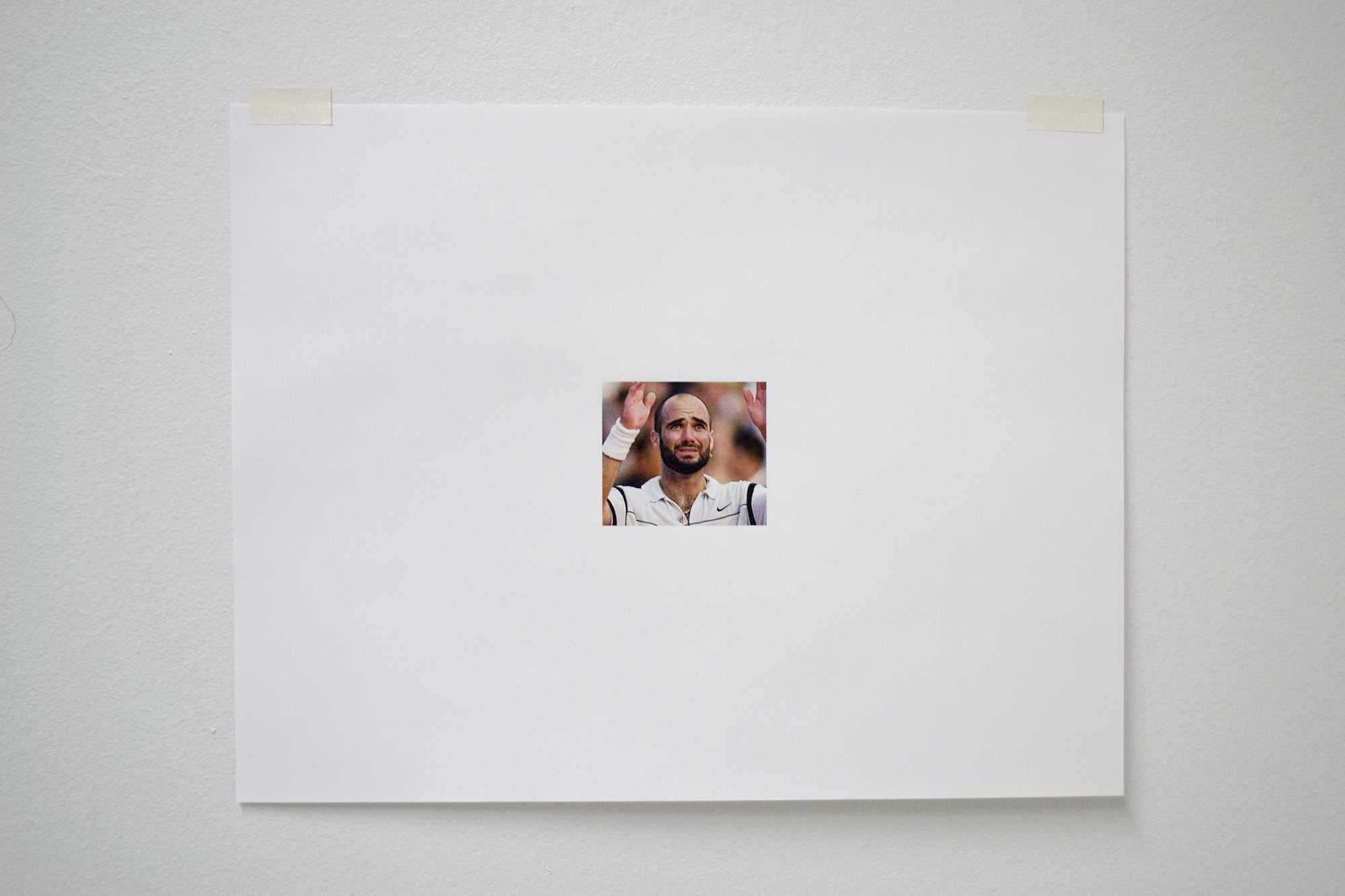
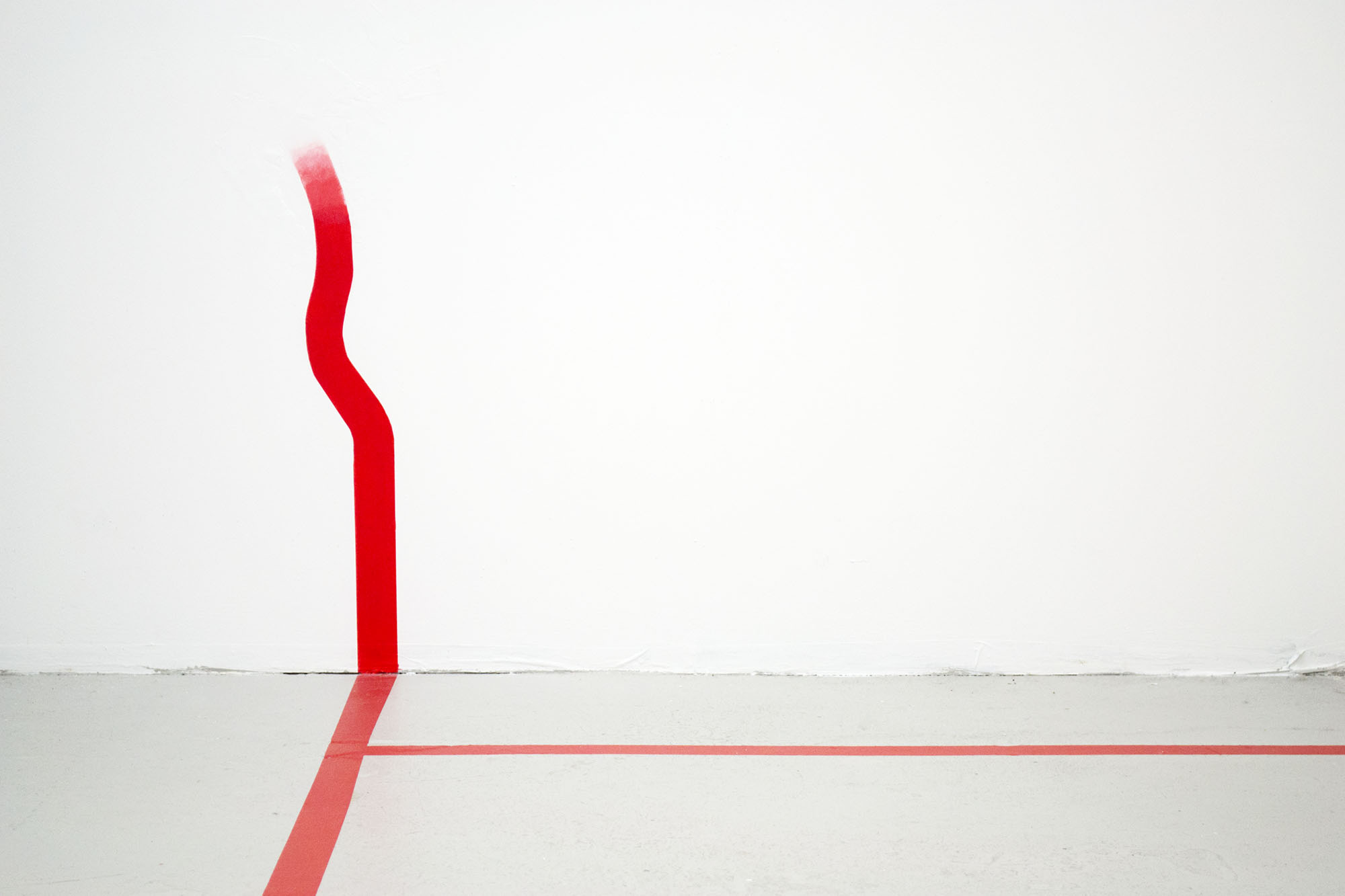

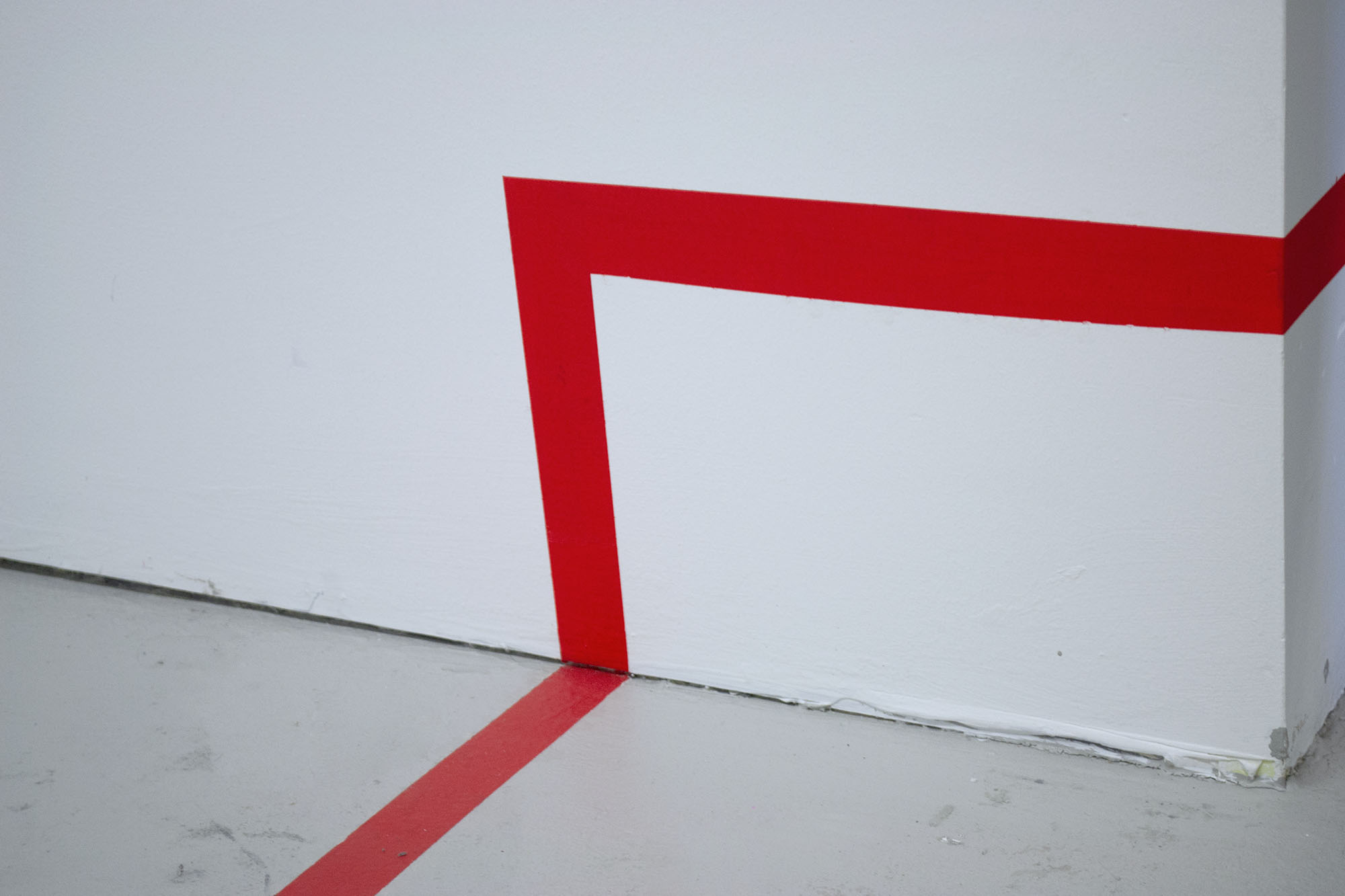
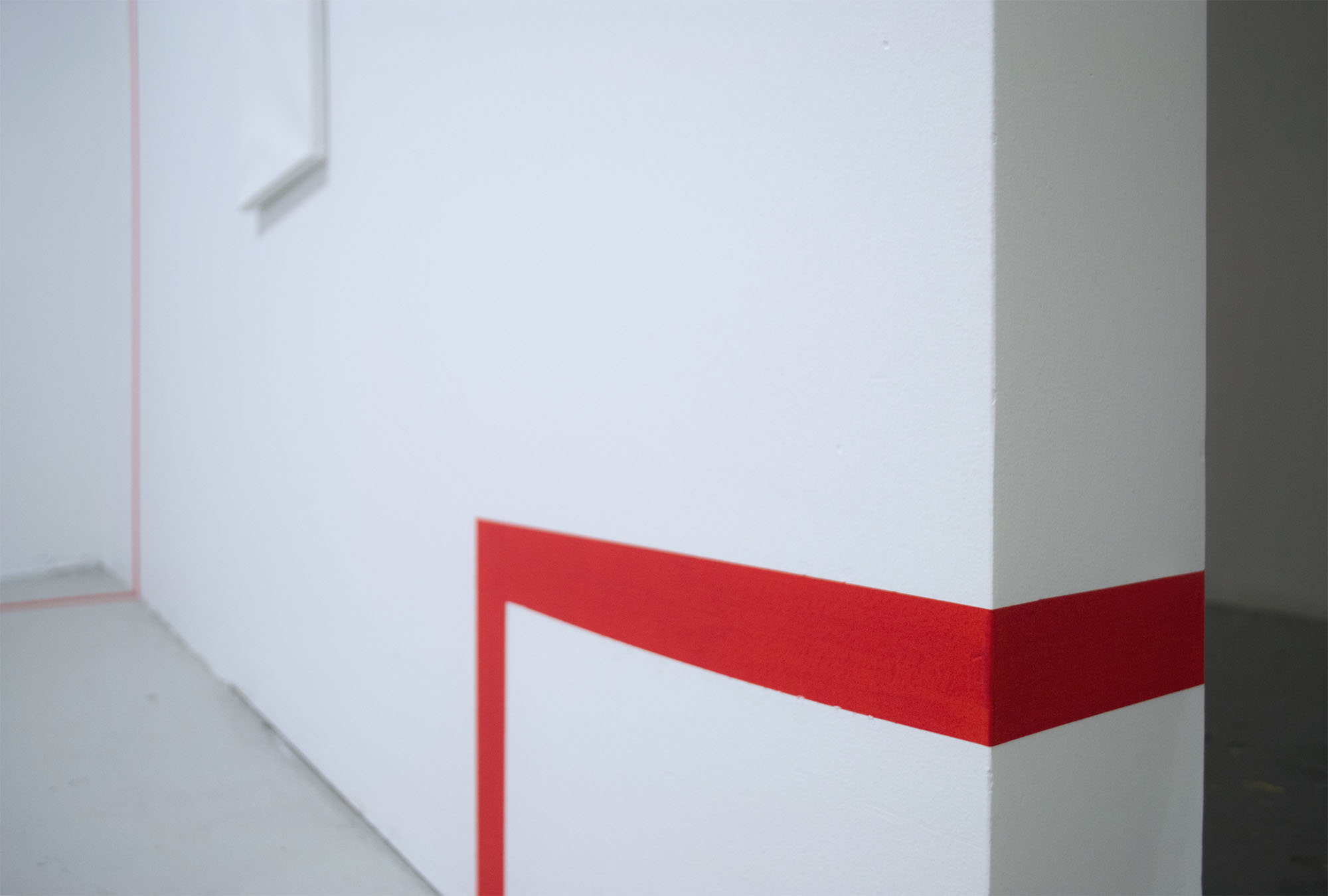

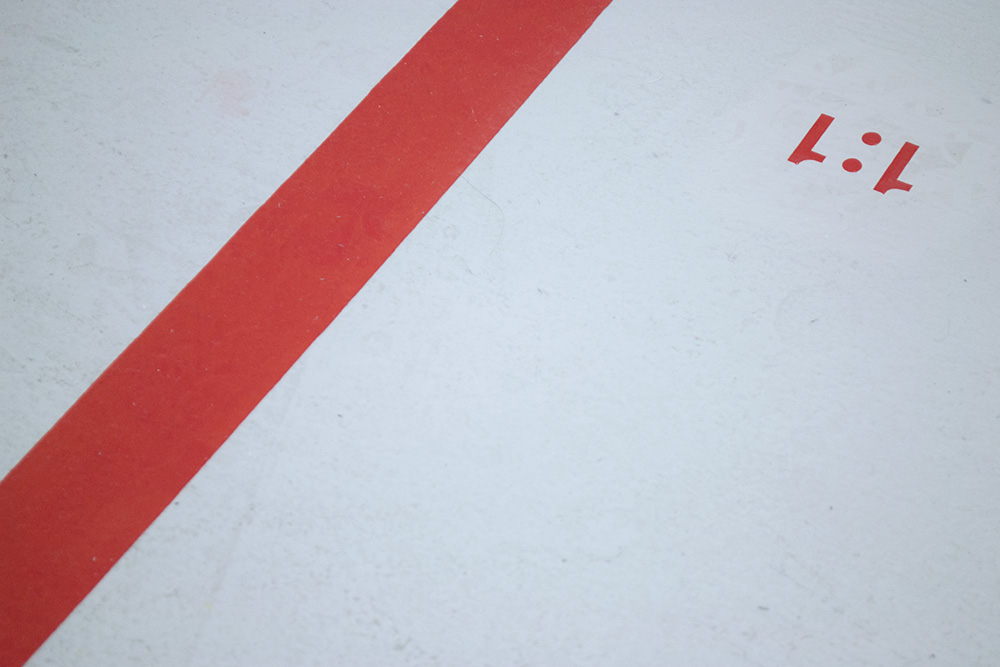


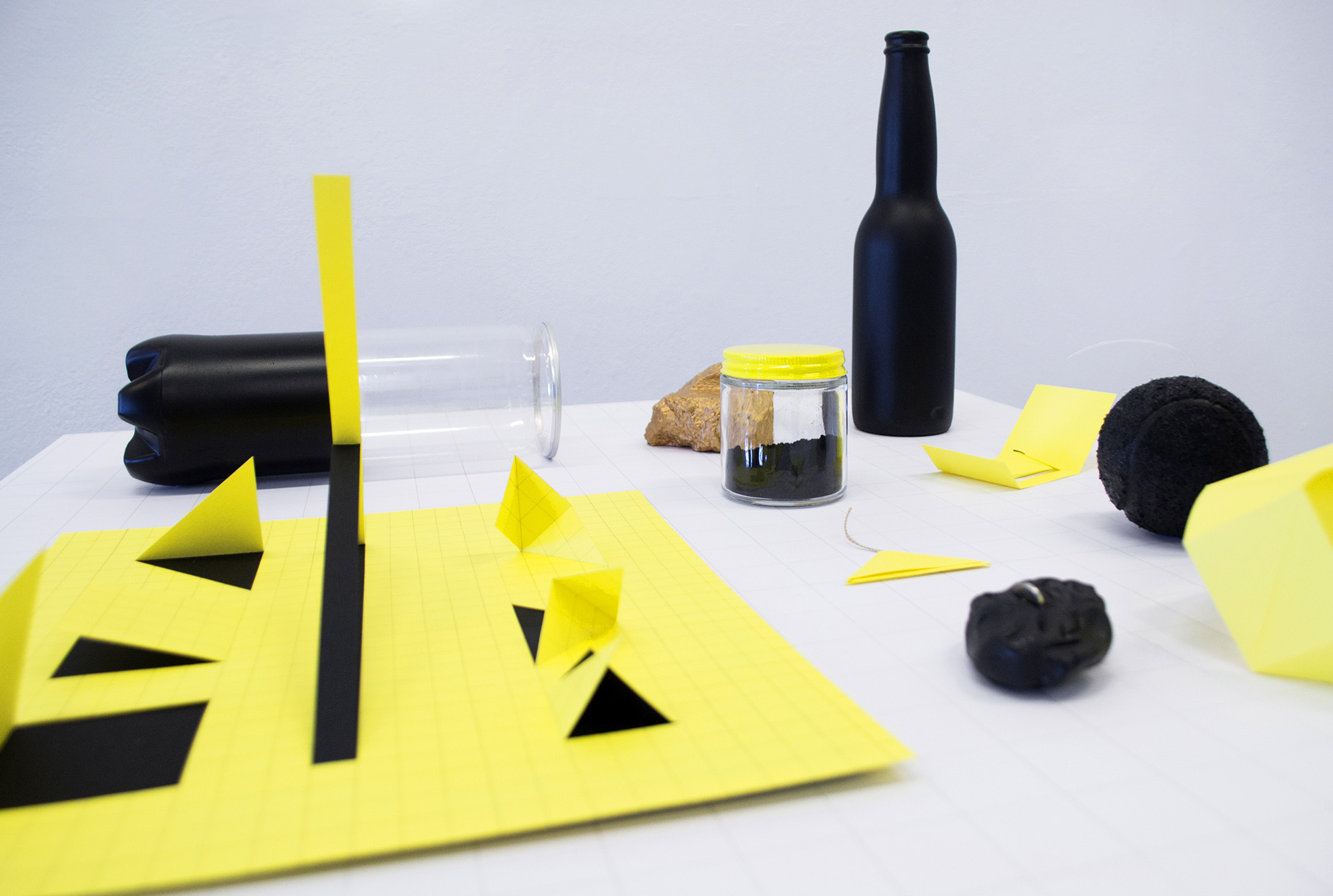
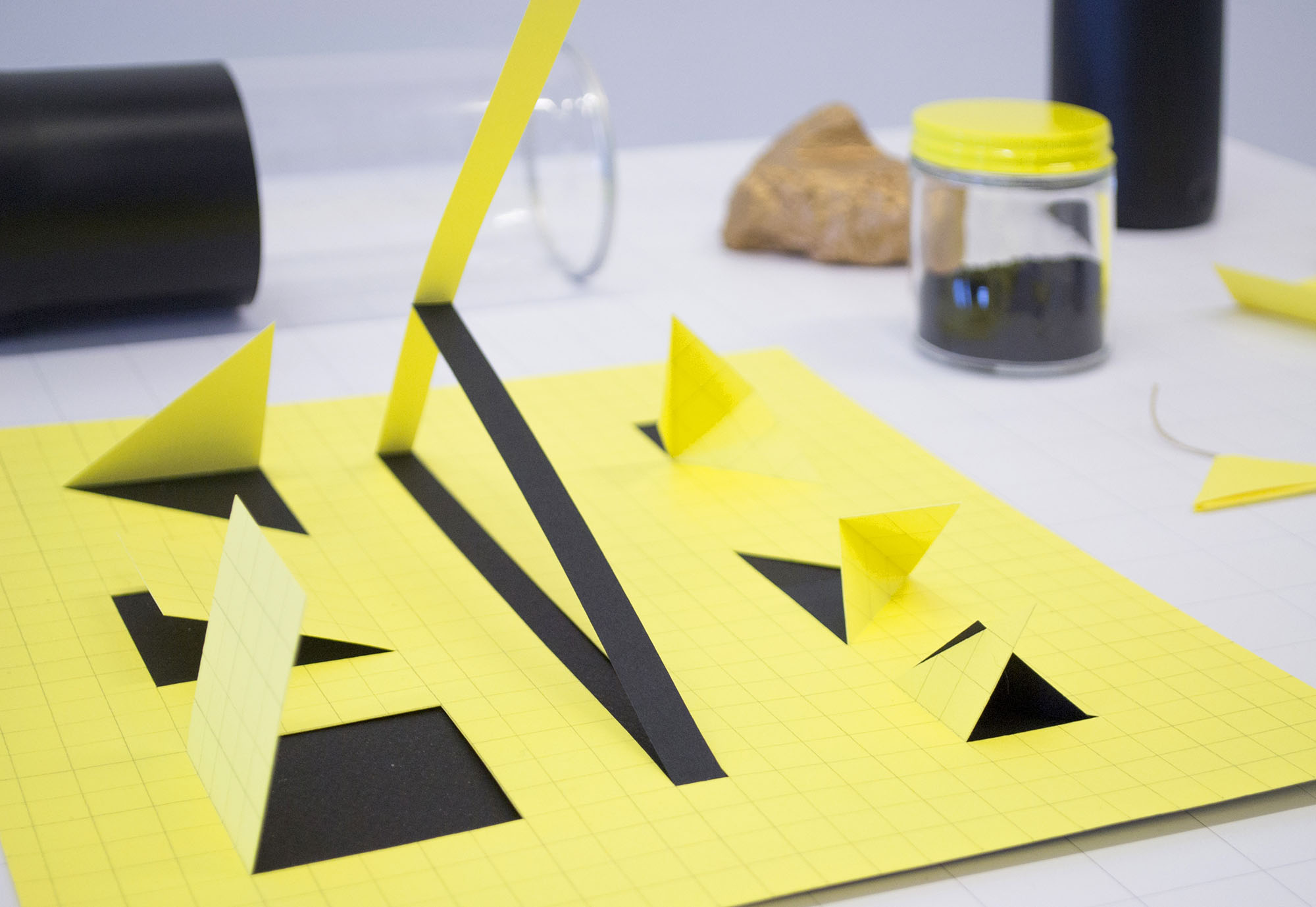


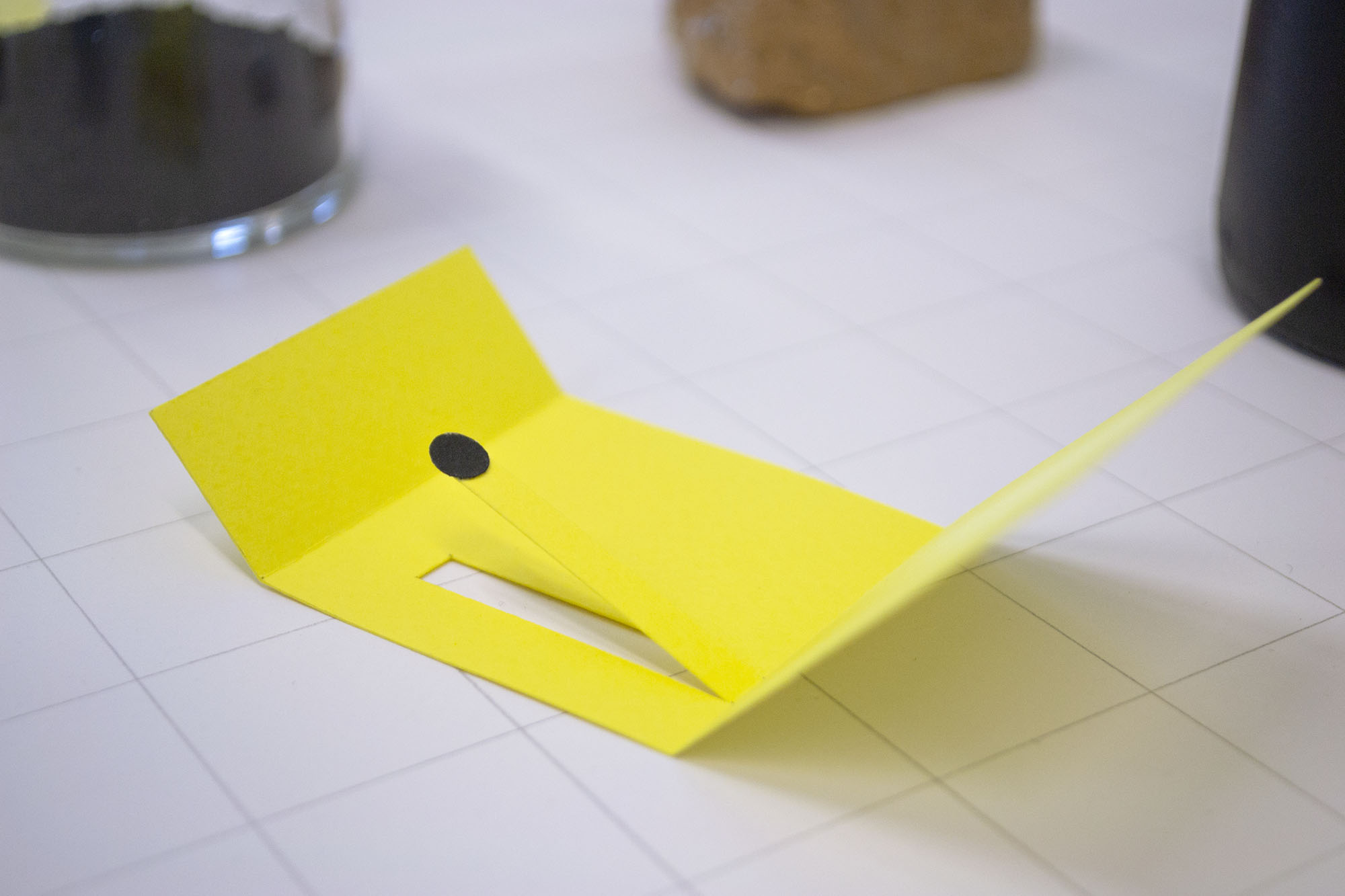

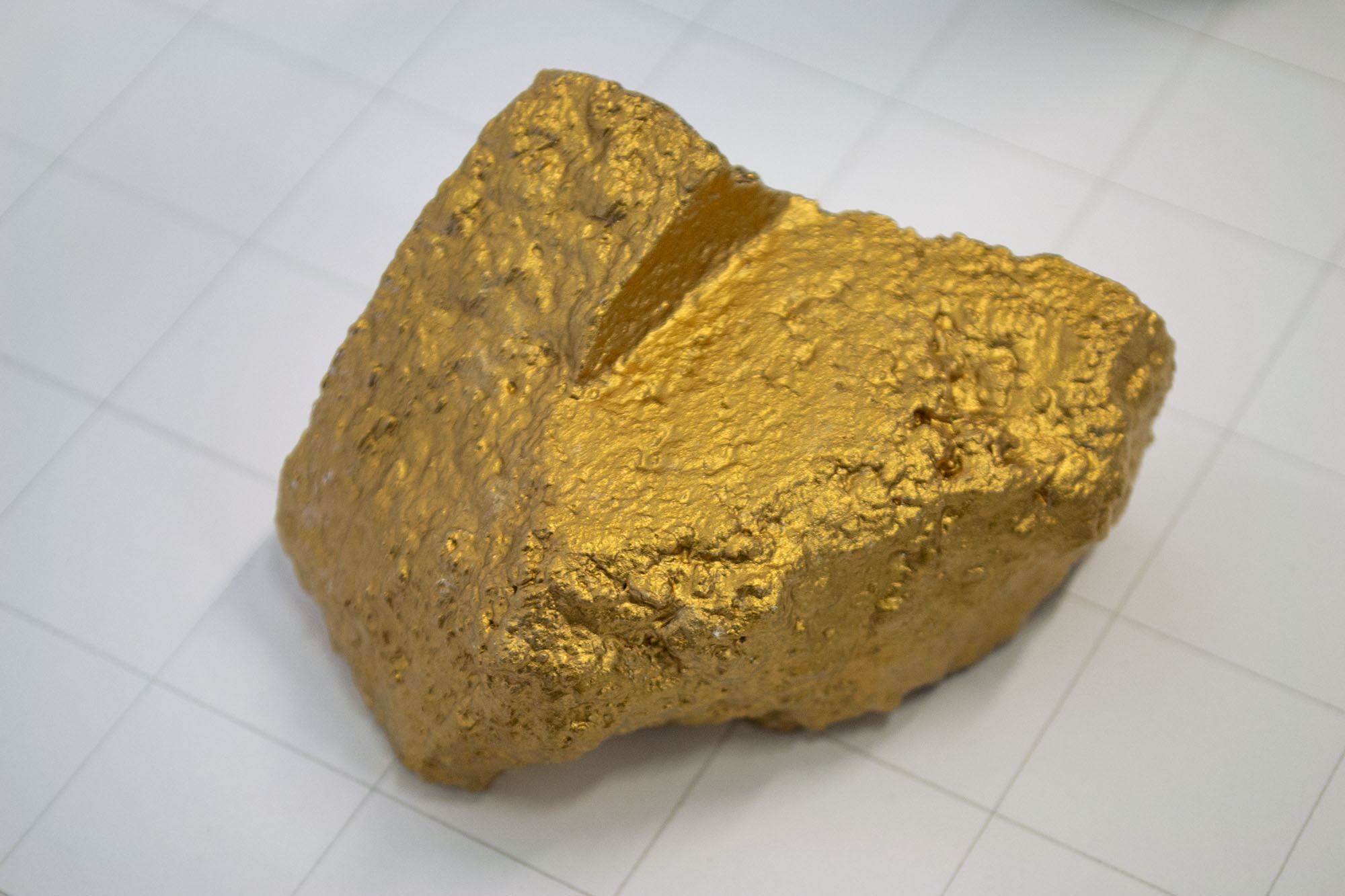

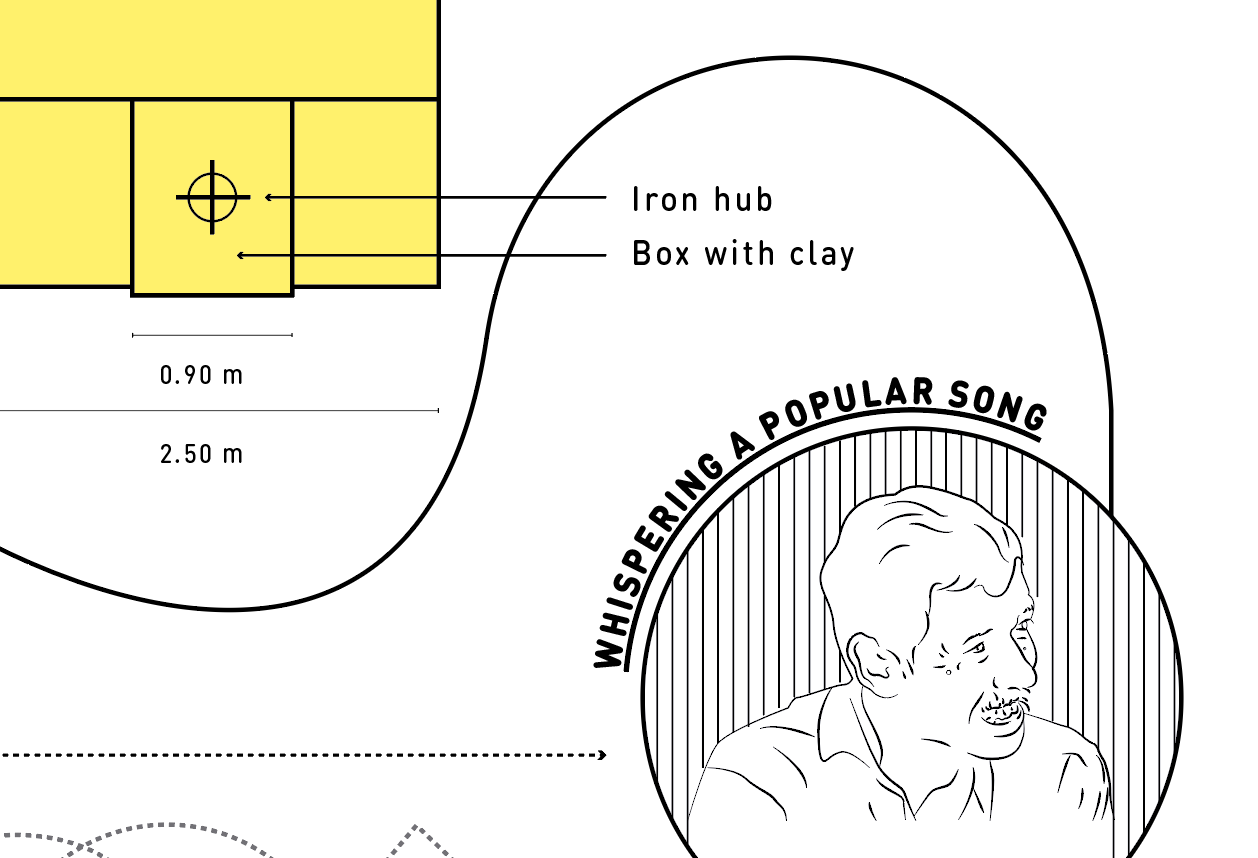
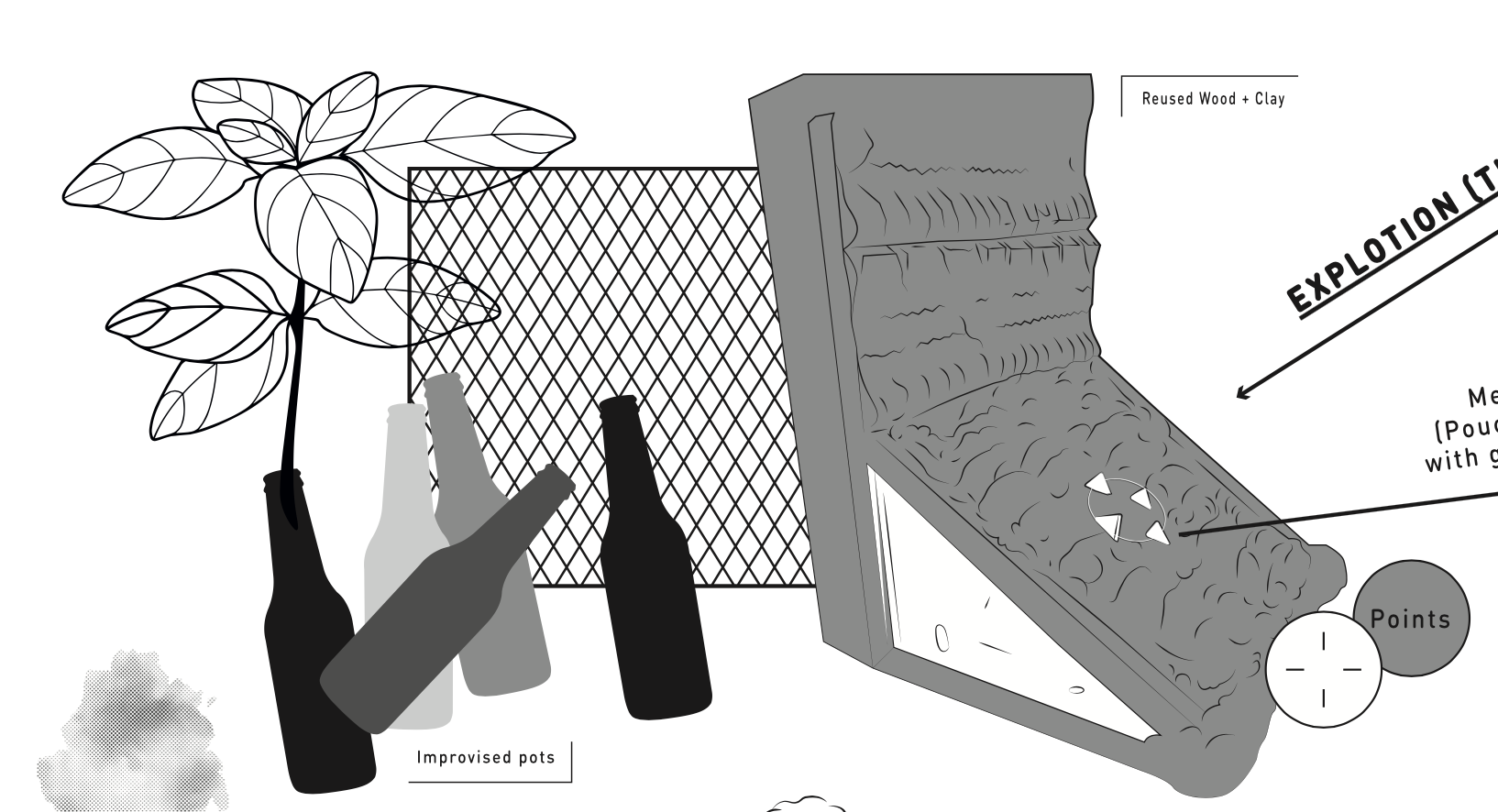
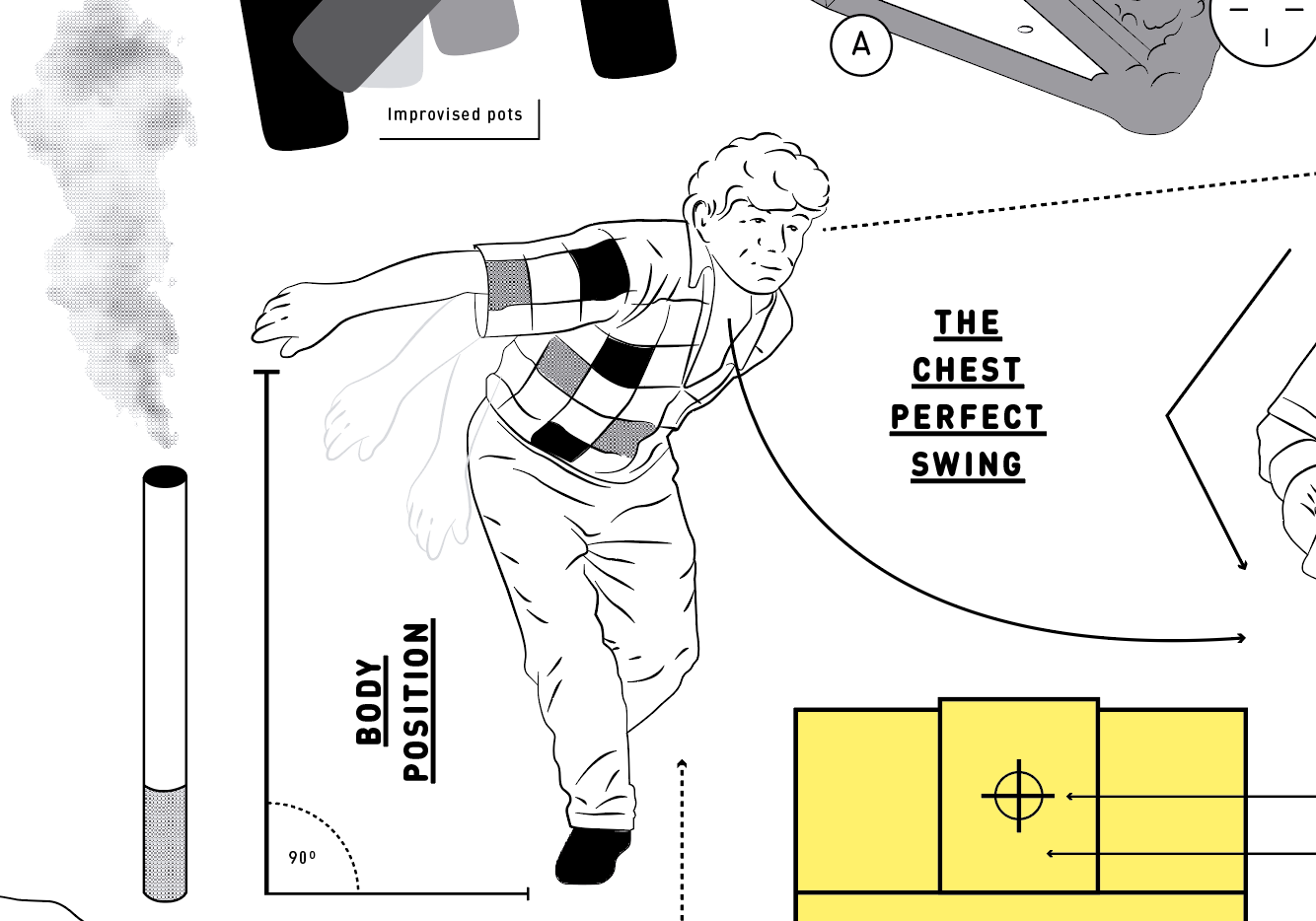



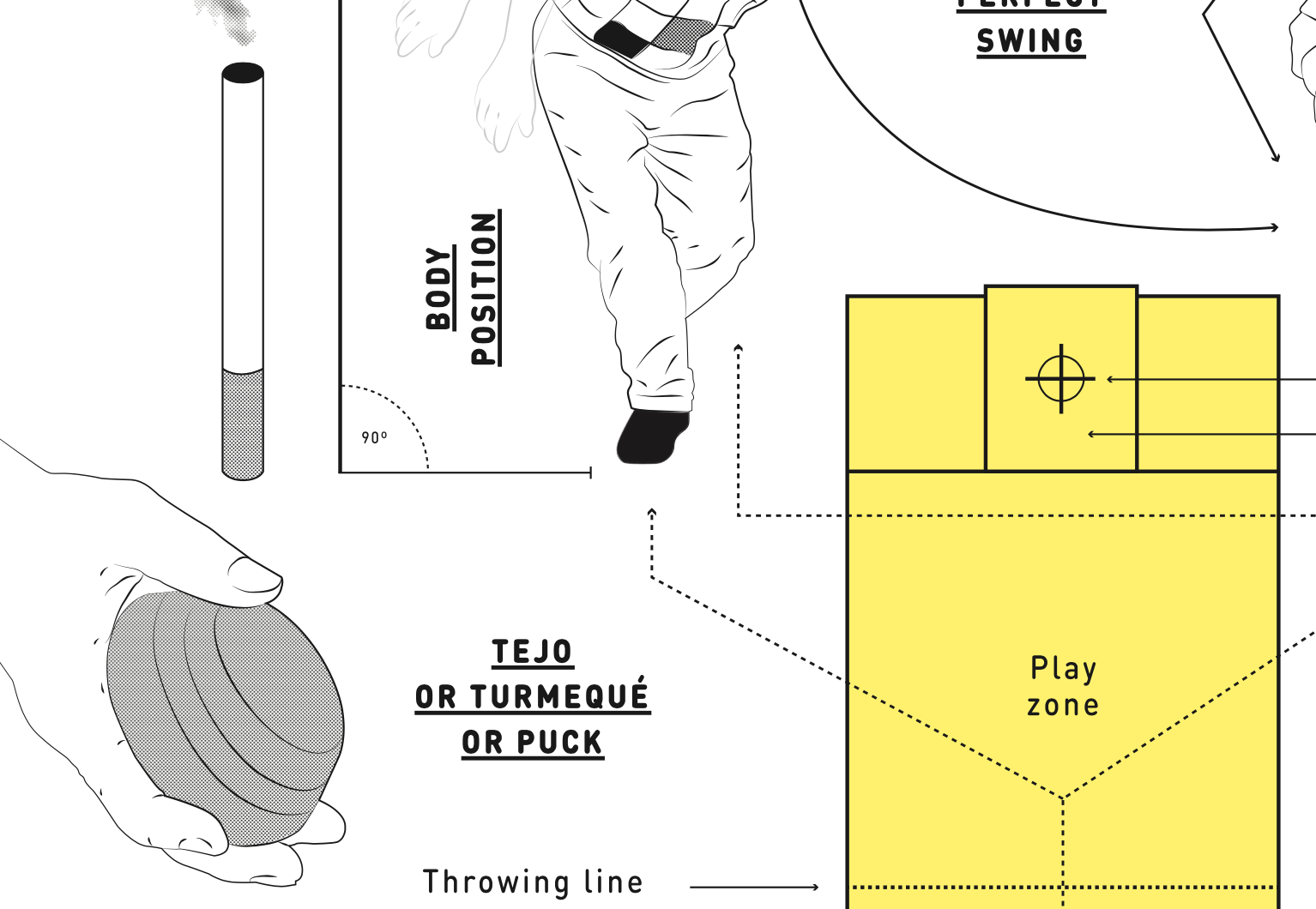
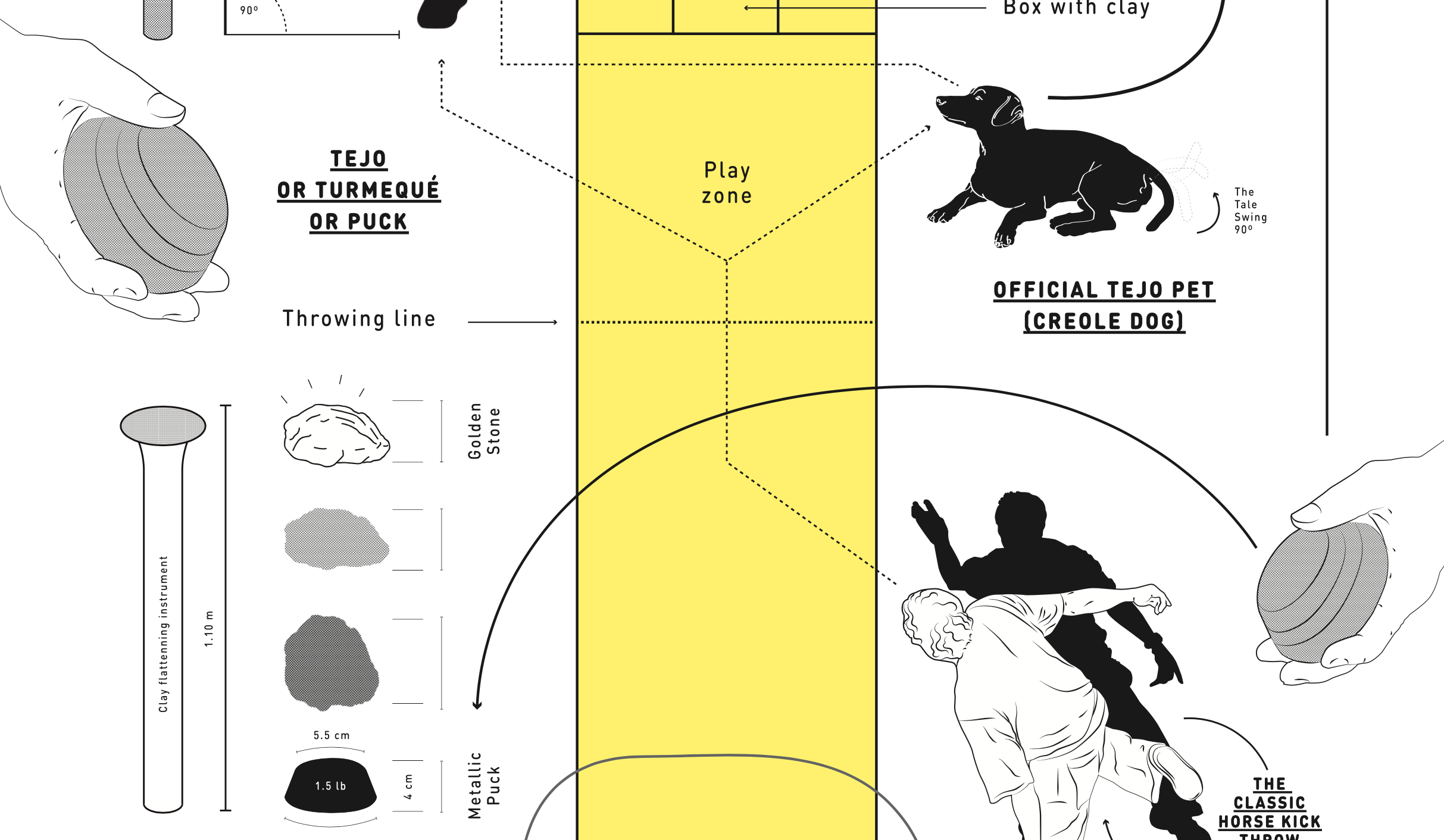


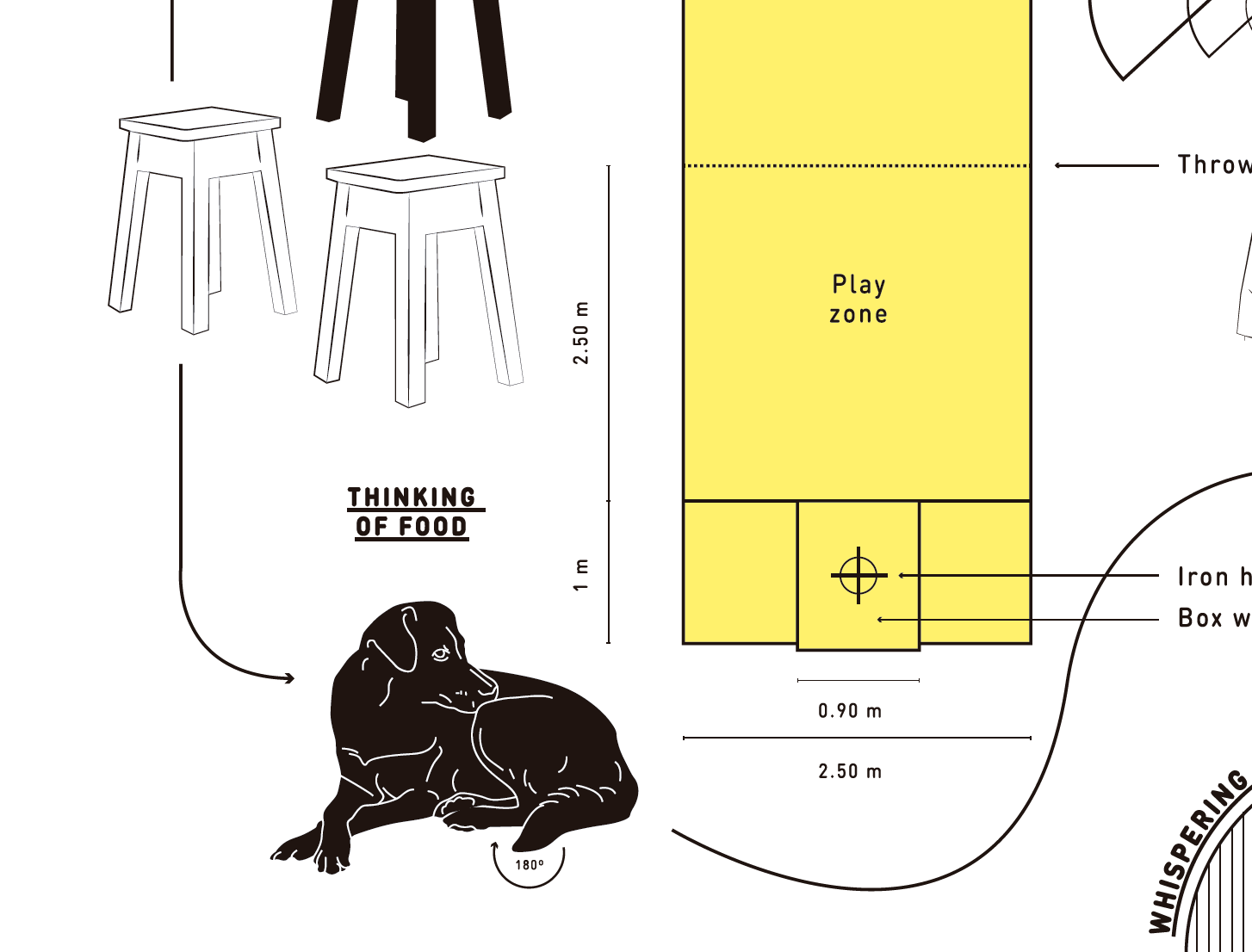
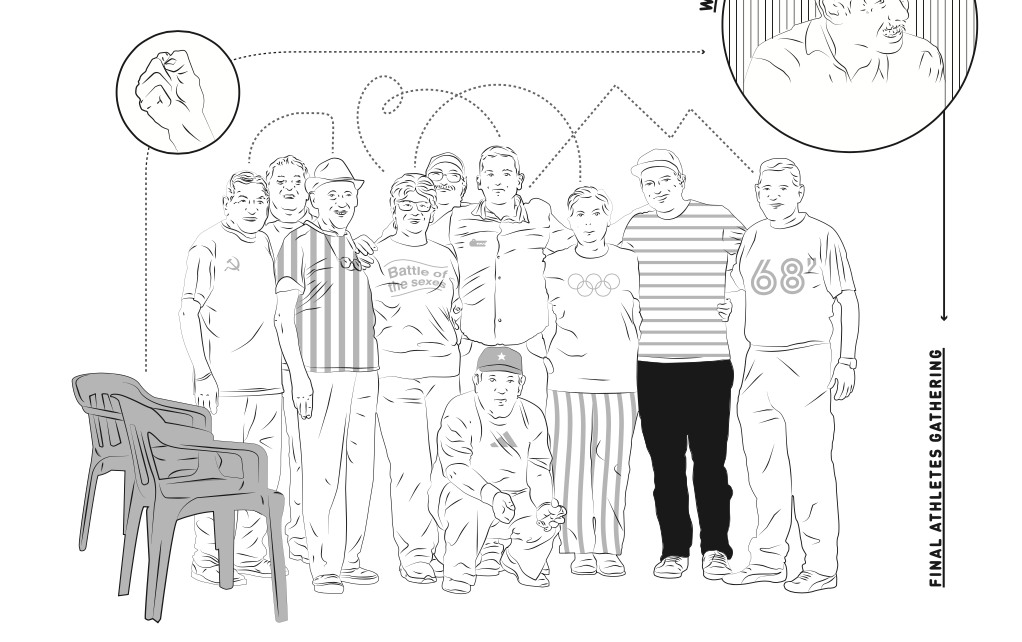
Sports are a reflection of the way societies function and provide a way to understand subtle and untranslatable concerns about cultural belonging and citizenship. Tejo, the national sport of Colombia, where I claim citizenship, is a good example to explain these issues and to understand some related paradigms. By reading sports and games as a model of the ways we come together, we can begin to see paradigms of larger systems. We have built and developed rules, values, right and wrong behaviors, structures, tools and boundaries that, in theory, could produce fair play and establish an even ground to live on and interact with each other. But often these structures and laws constitute limits, walls, competition, strata, market unfairness, and obstacles for spontaneous interaction. This project is composed of two parts, a site-specific playground made in my studio in SAIC, and a geometric model to understand the contradictions and ironies behind Tejo, a Precolumbian game as well as a modern sport.
SAIC
SAIC
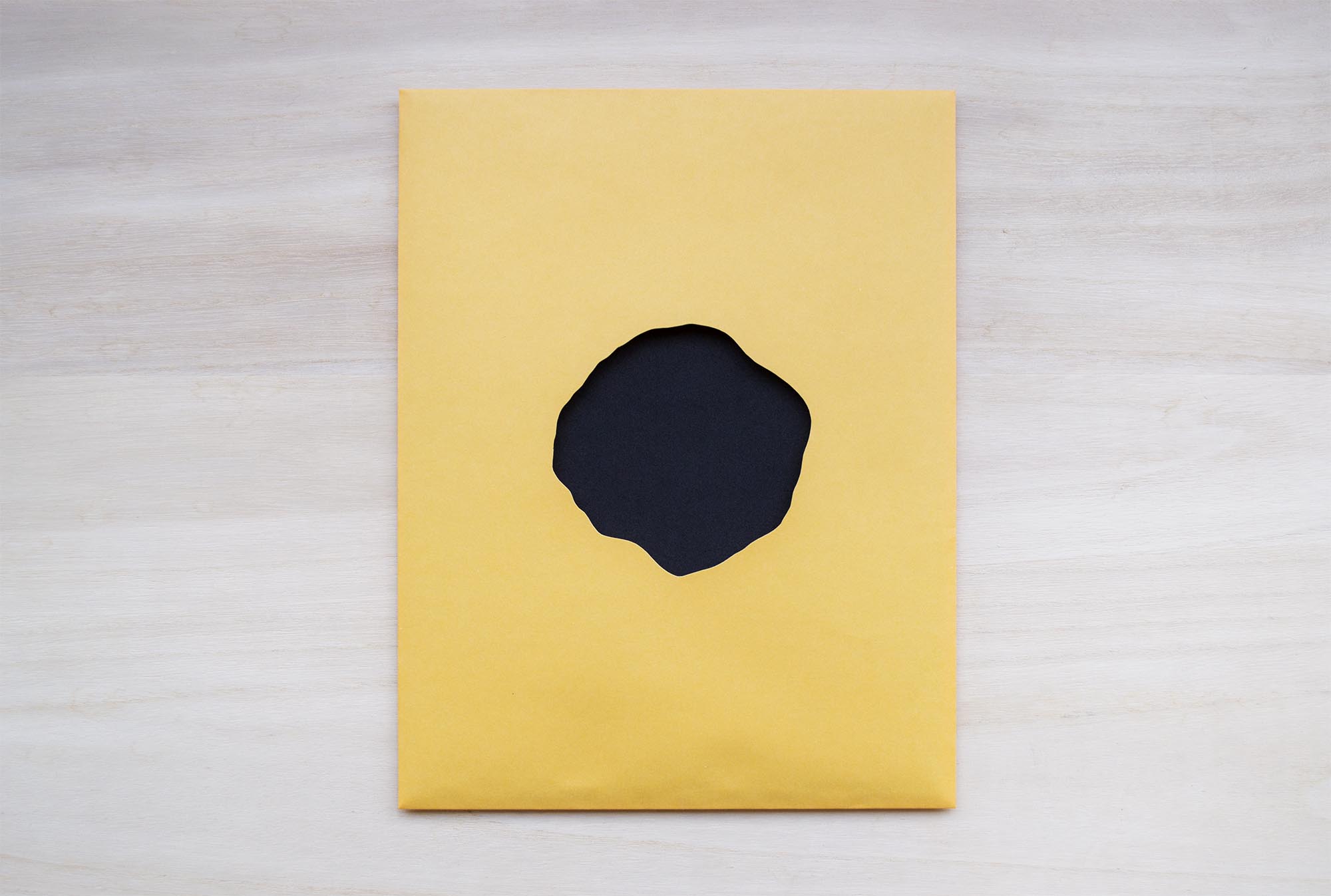
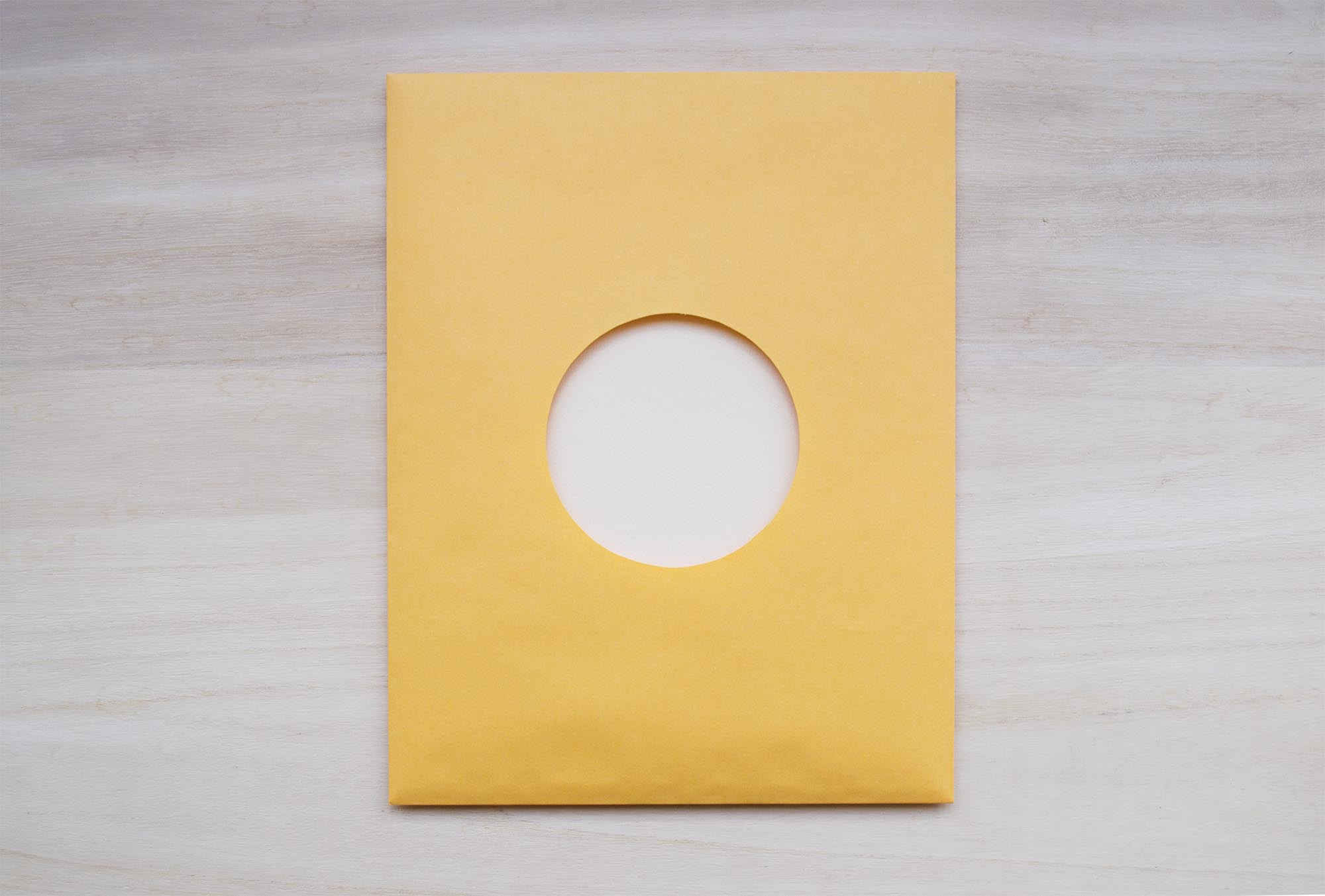


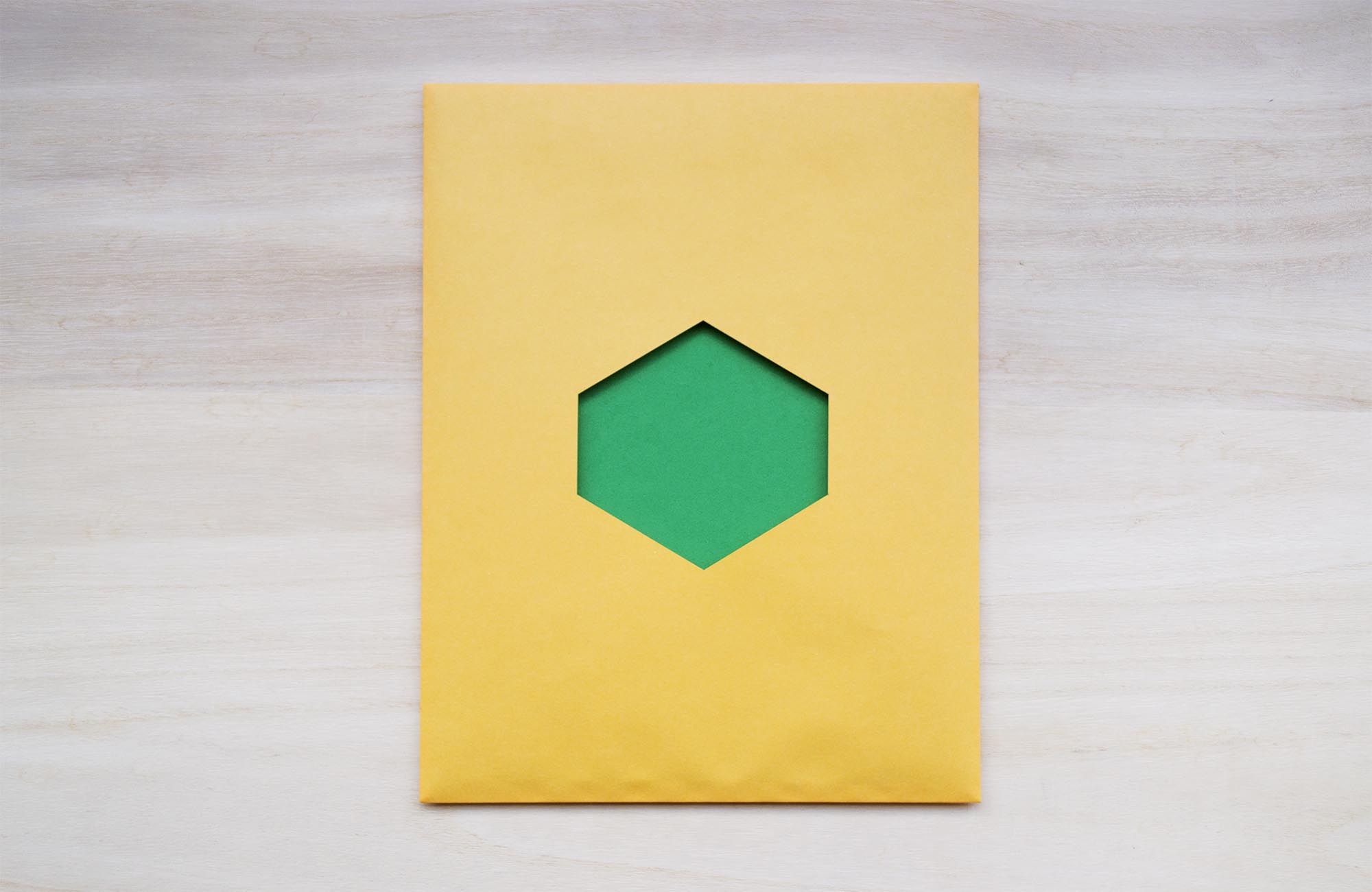

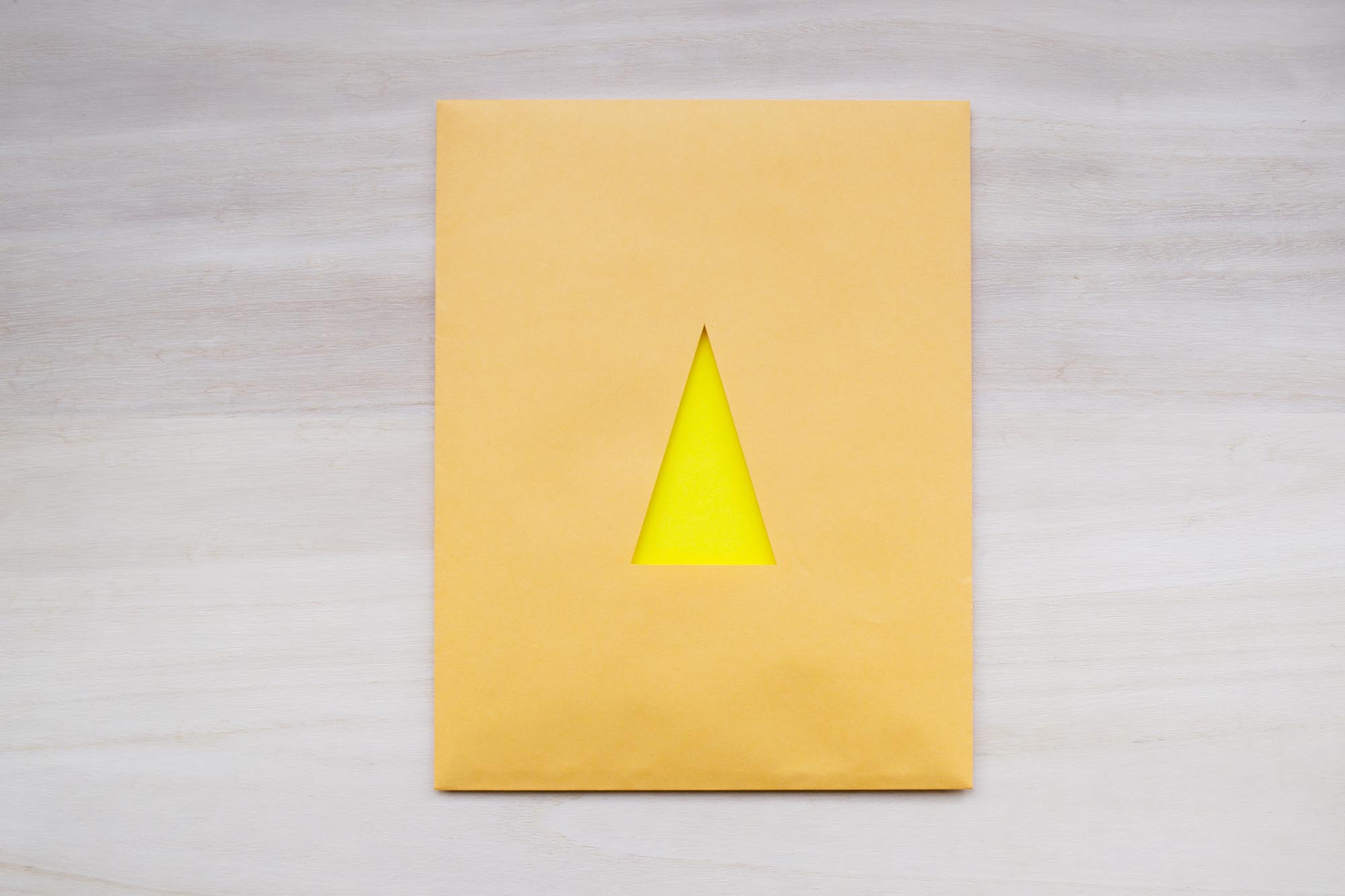

This work is based on the dystopian novel Flatland, written in 1884 by Edwin Abbot. In it, the author depicts a fictitious, flat world, in which each member of society is represented by a geometric figure corresponding to their gender or social position. In this unequal pyramid, women (lines) are at the bottom of the structure and are considered inferior to men. Then comes the workers and soldiers (isosceles triangles), followed by craftsmen and merchants (equilateral triangles), scientists and men of law (squares), the upper classes (hexagons), the nobles (polygons) and finally, at the top of that stratification, the priests (circles). On the outside are the irregular forms that are nothing more than outcasts of society. I use this visual metaphor to make evident the short distance that exists between this dystopia and reality –ruling elites, racial discrimination, gender inequality, and imposed religious beliefs–.
Lluvia de sobres, Museo Q
Lluvia de sobres, Museo Q


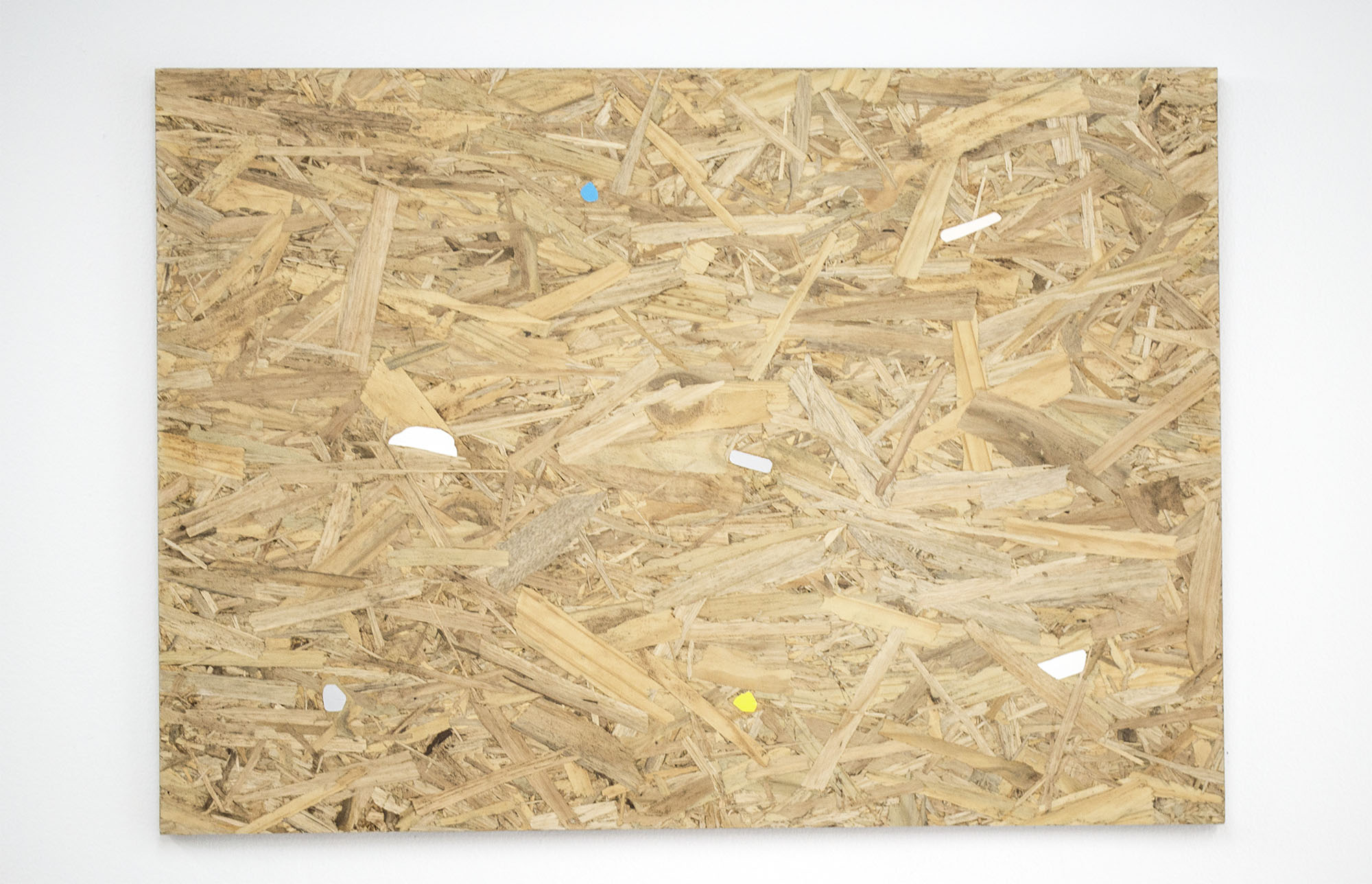
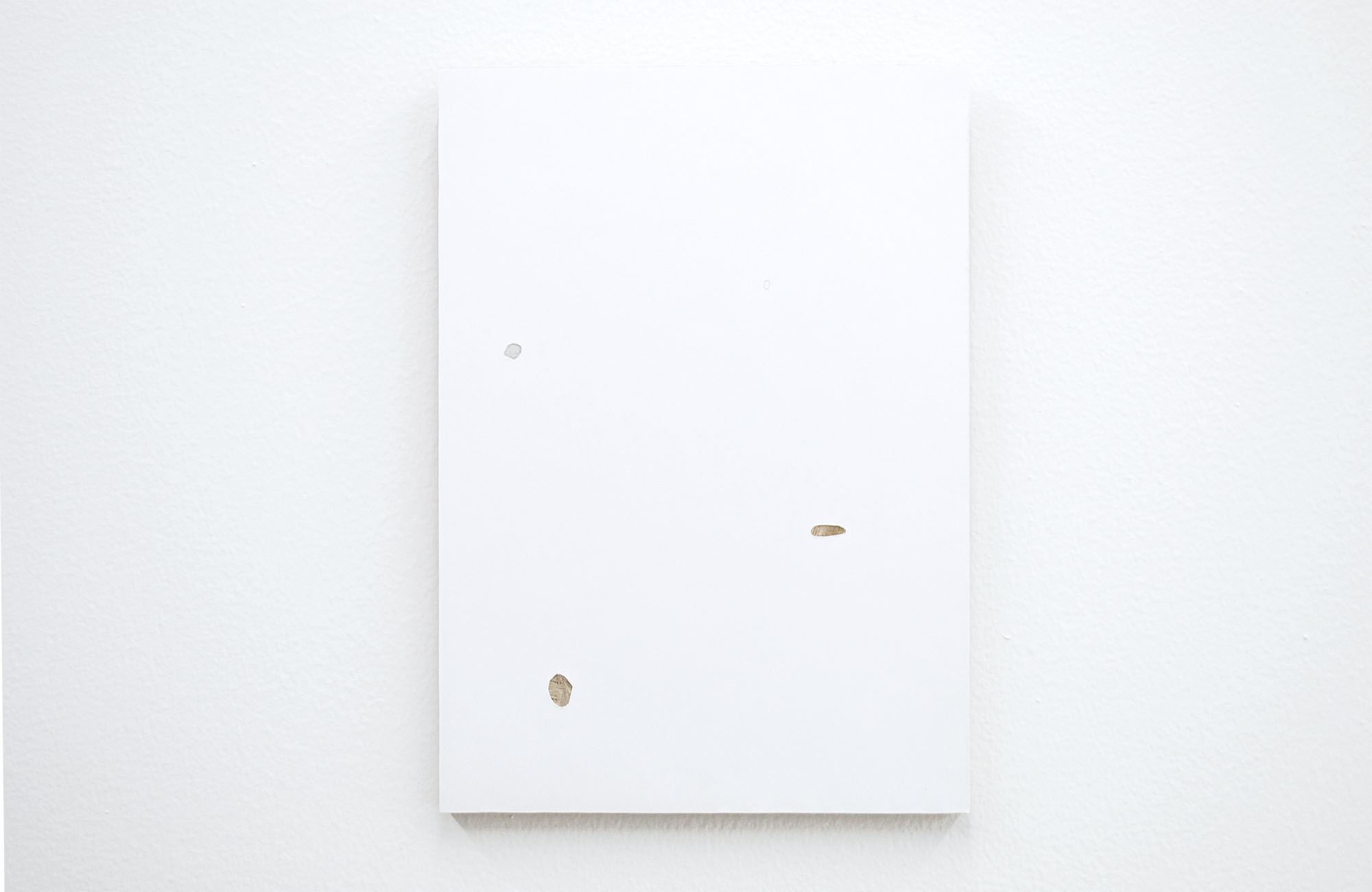










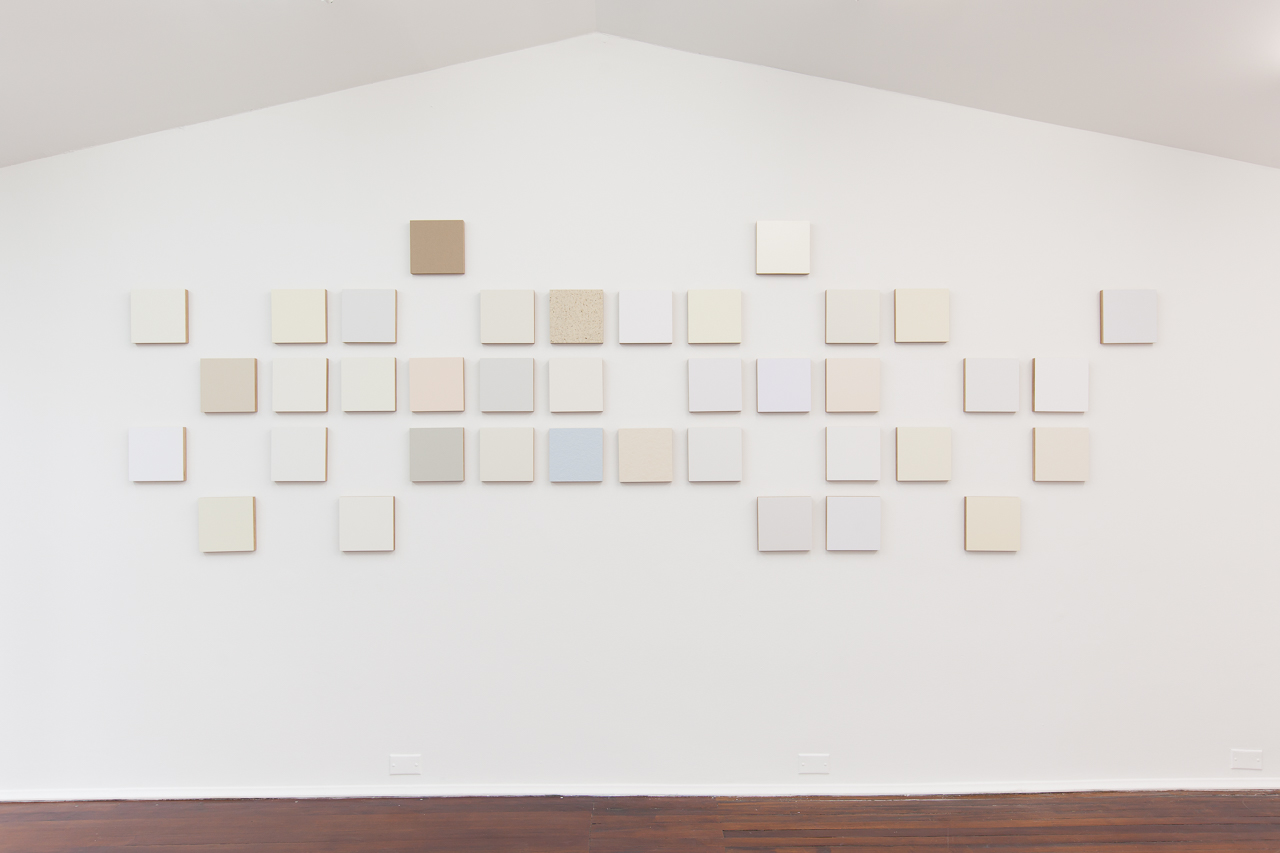





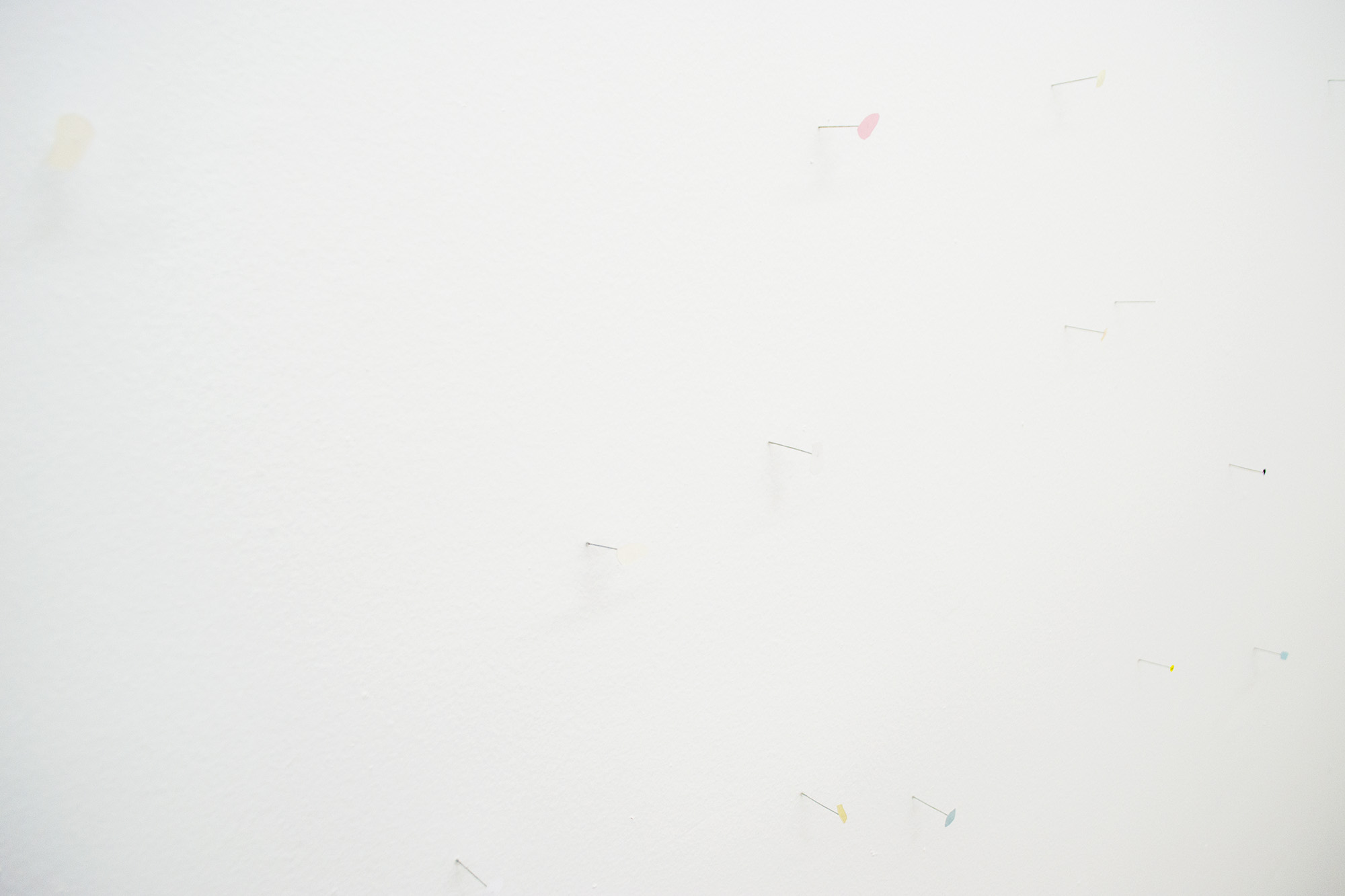

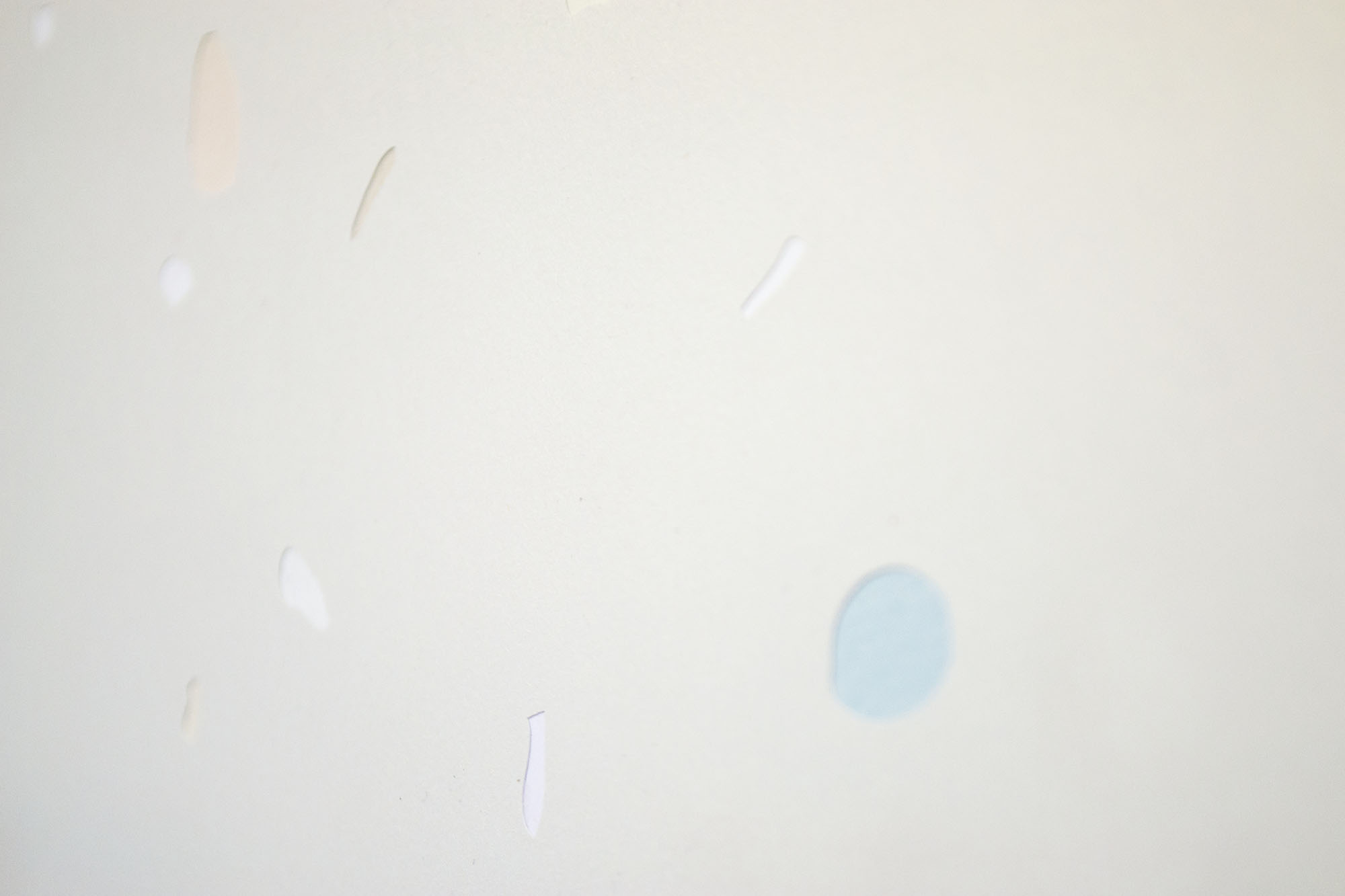

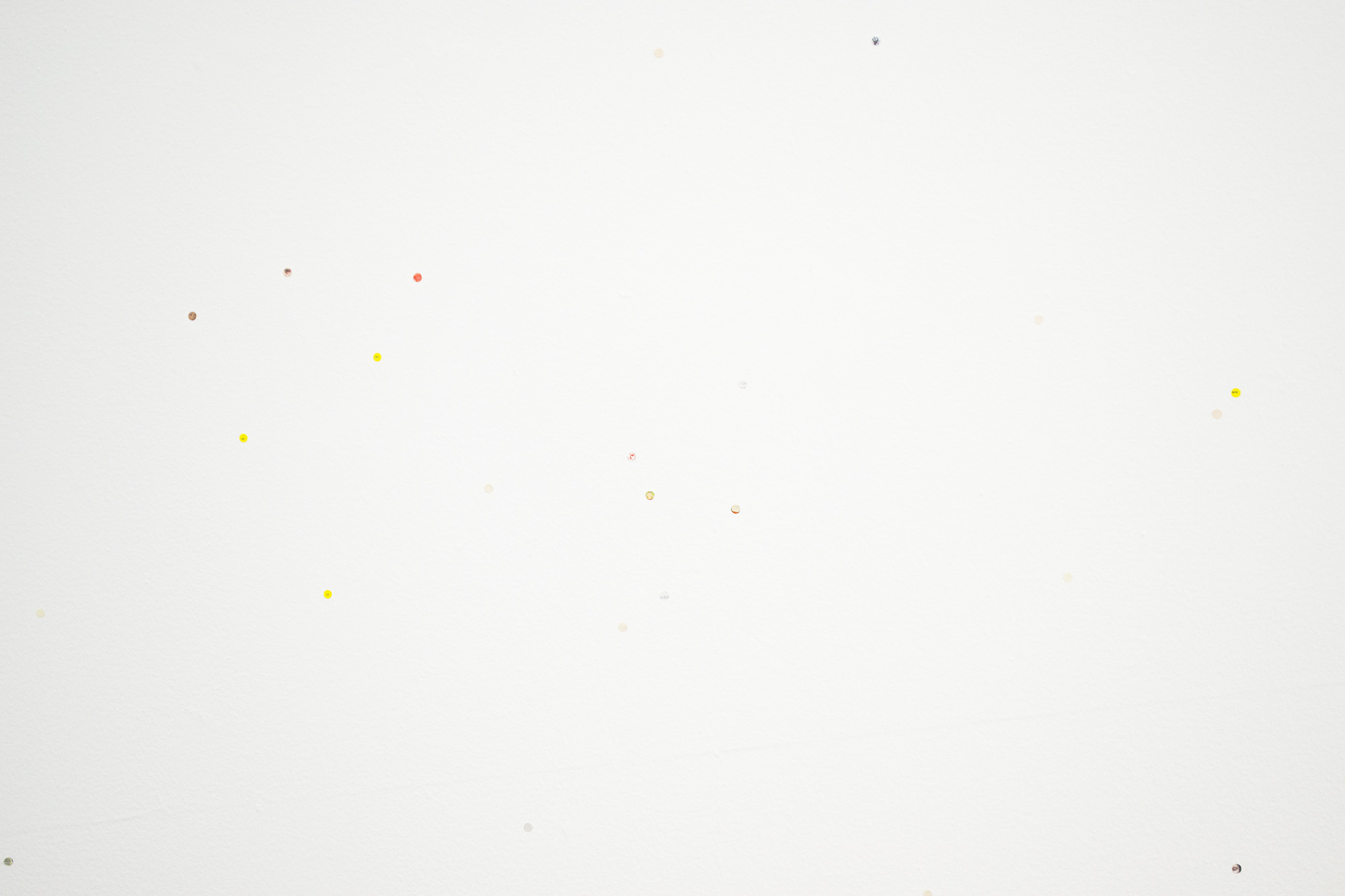
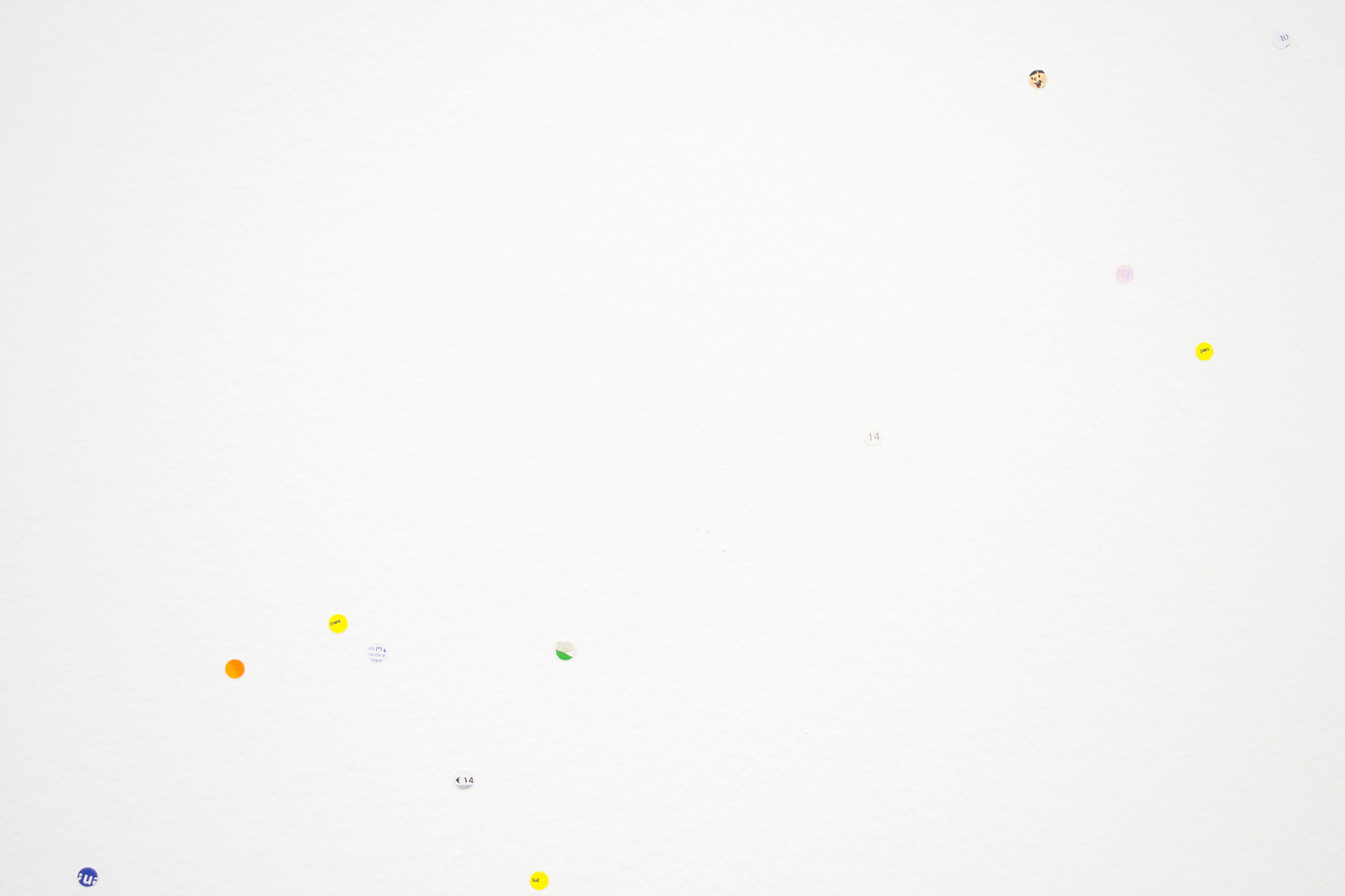
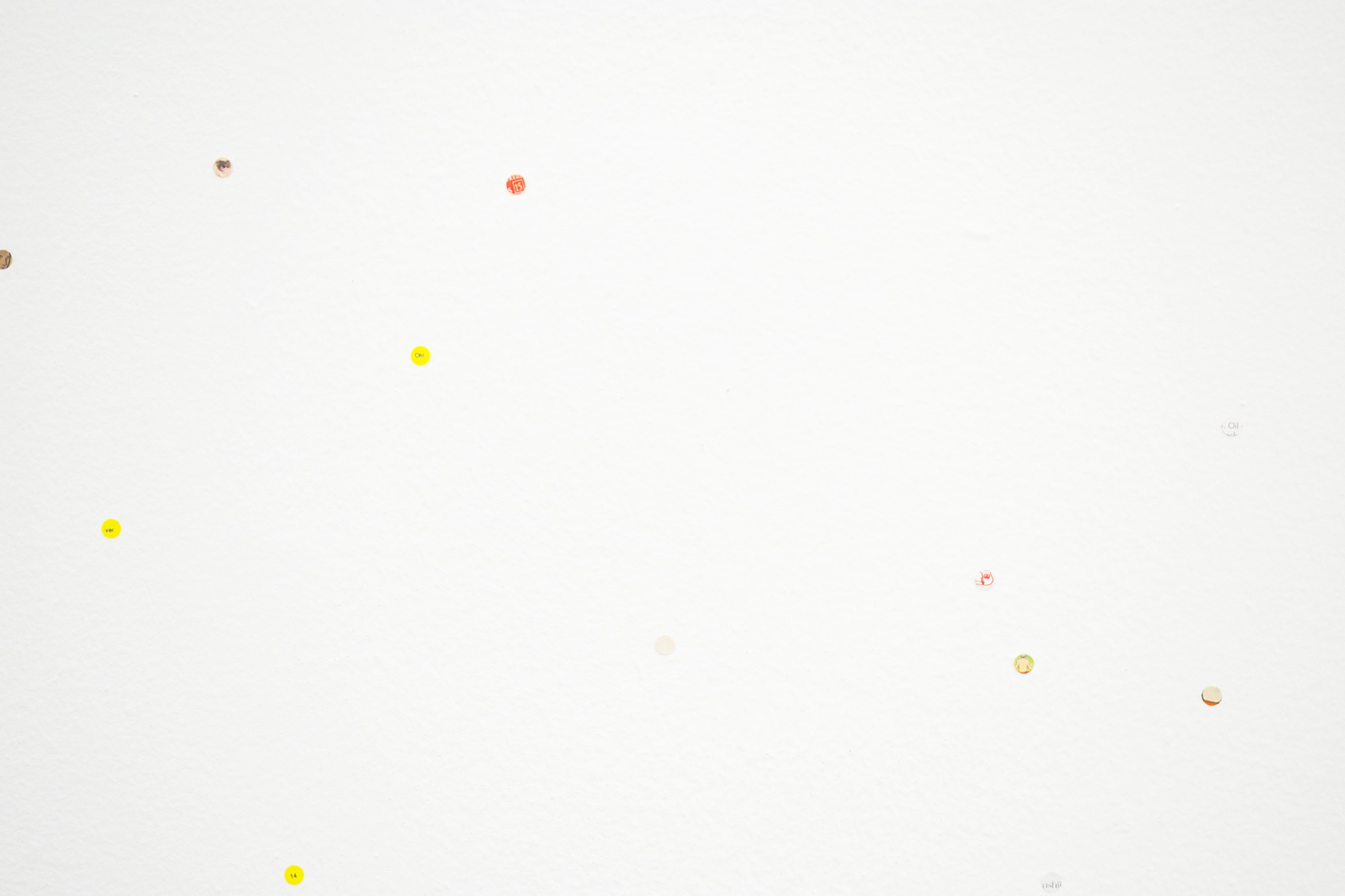
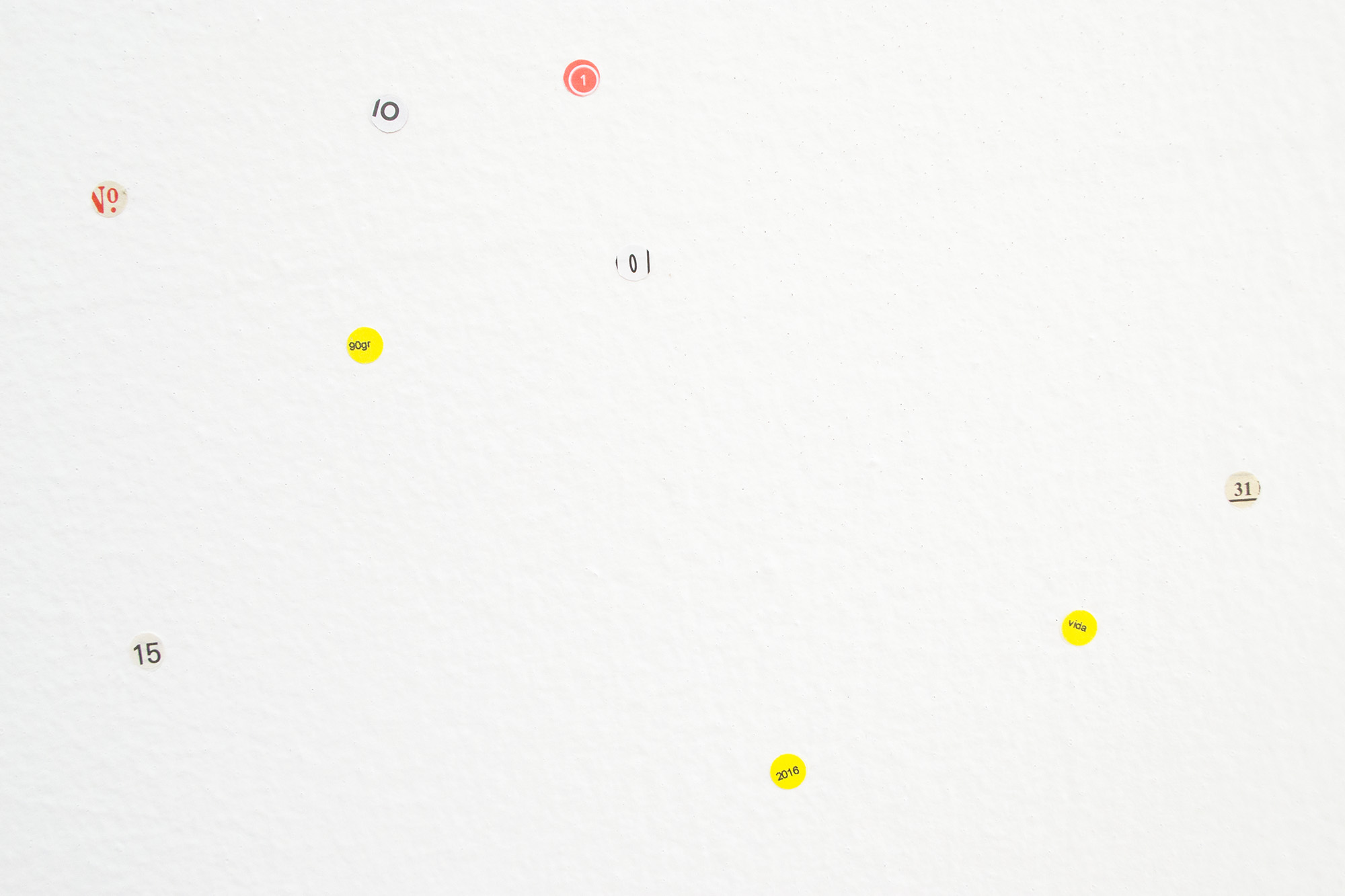

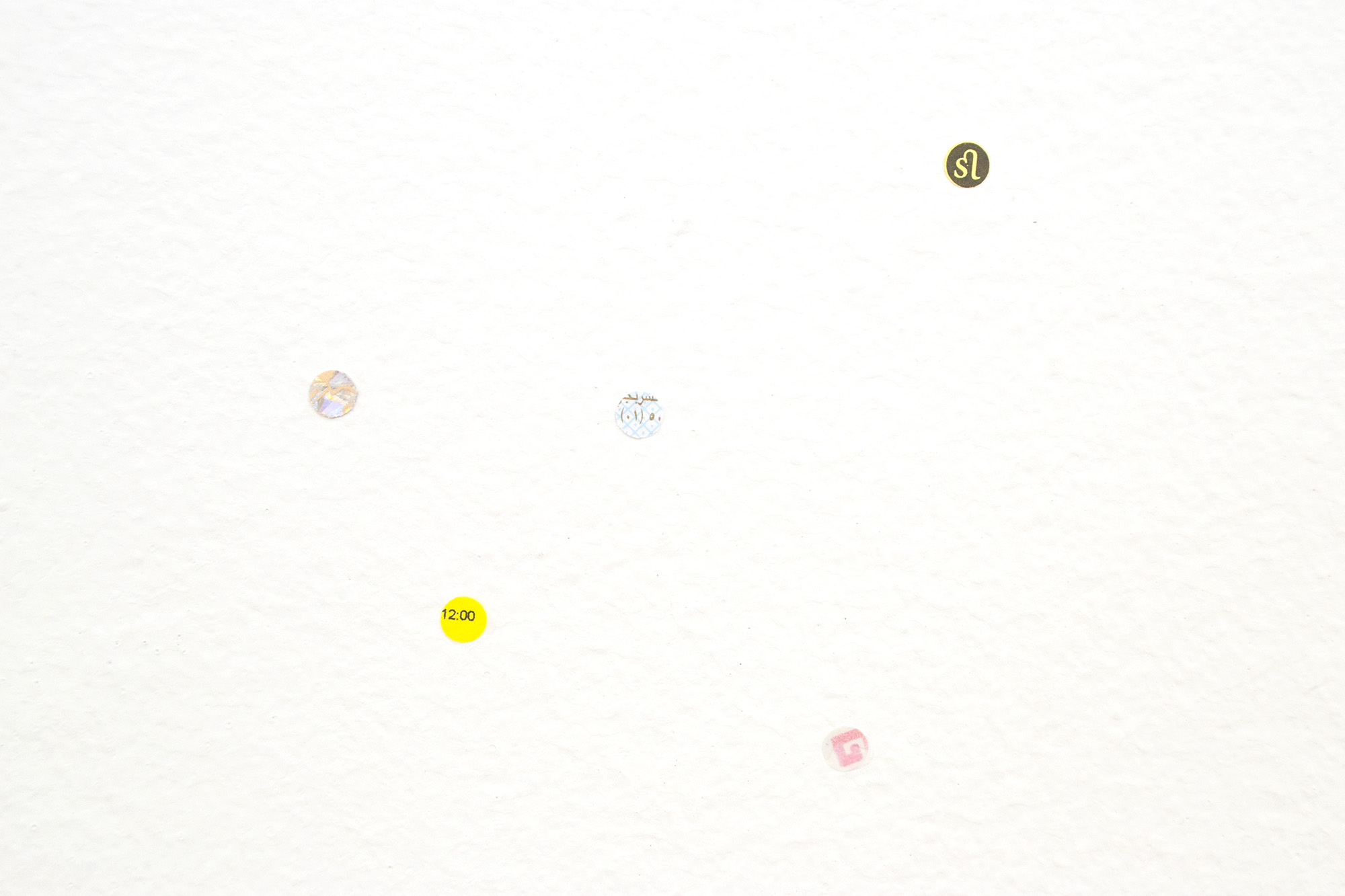
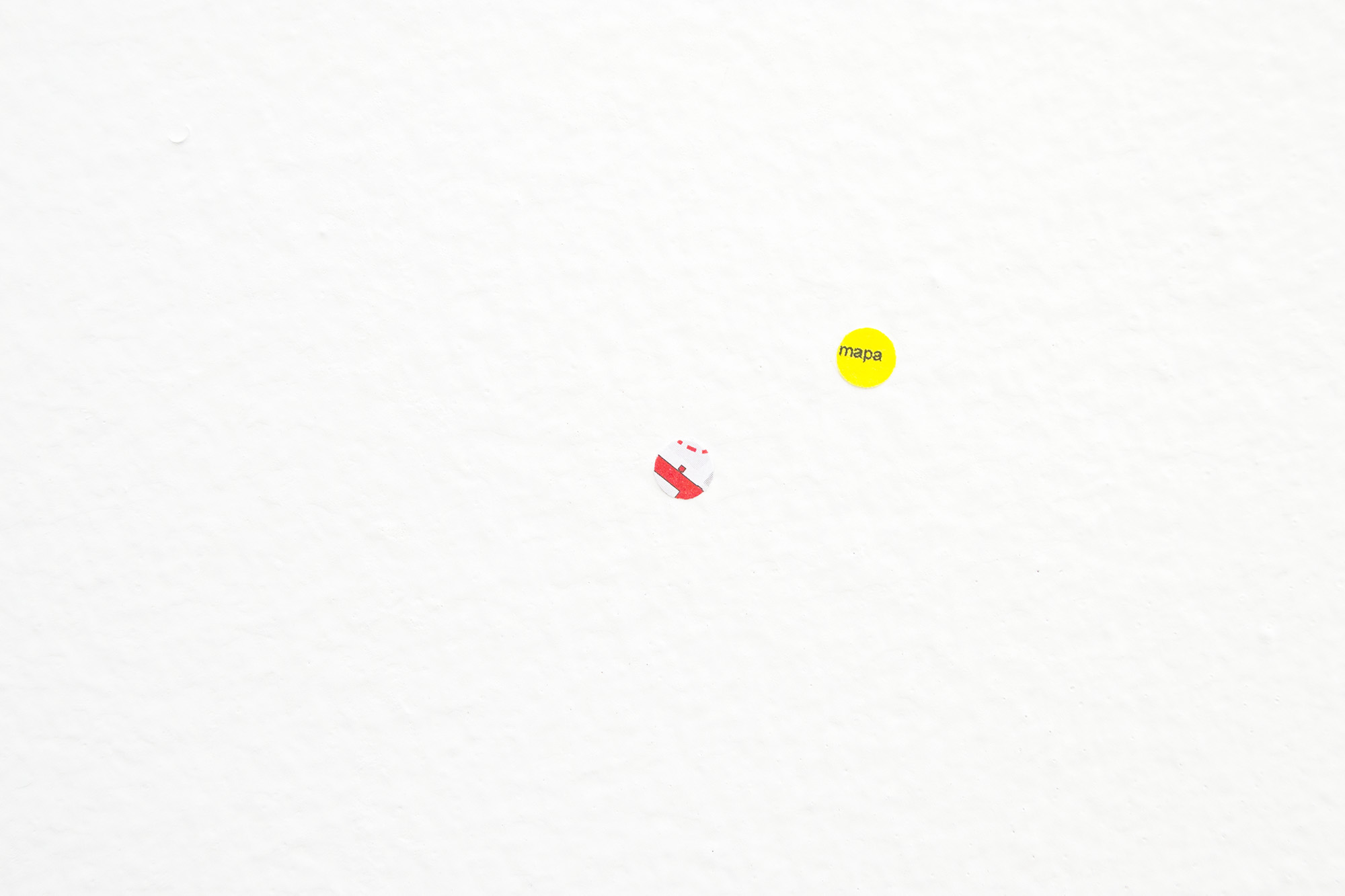
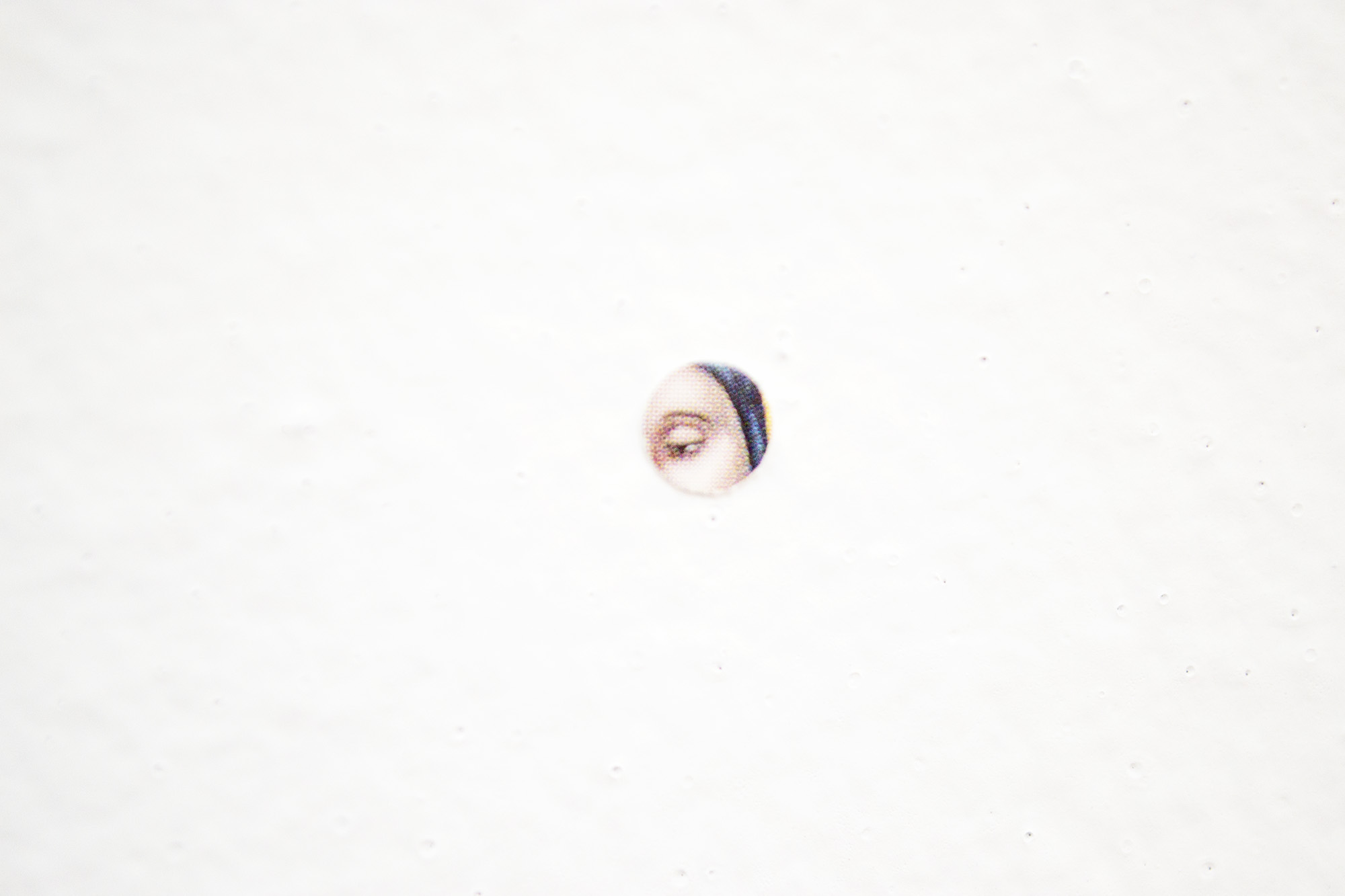


This project takes a close look at the imperfections and minuscule grain texture spots found on 90g sheets of recycled paper. Then I imagine that those little dots came from previously discarded print material such as a ticket, a medicine box, a magazine, a letter, a paper package, a postcard, etc. And then, that those elements were part of the life of different characters, creating a narrative circle connected through paper. The 3 floors exhibition comments on artisanal methods of paper production, standardized sizing processes, cyclical and repetitive narratives, and the continuous transformation of matter.
Solo exhibition at Sketch gallery
Solo exhibition at Sketch gallery

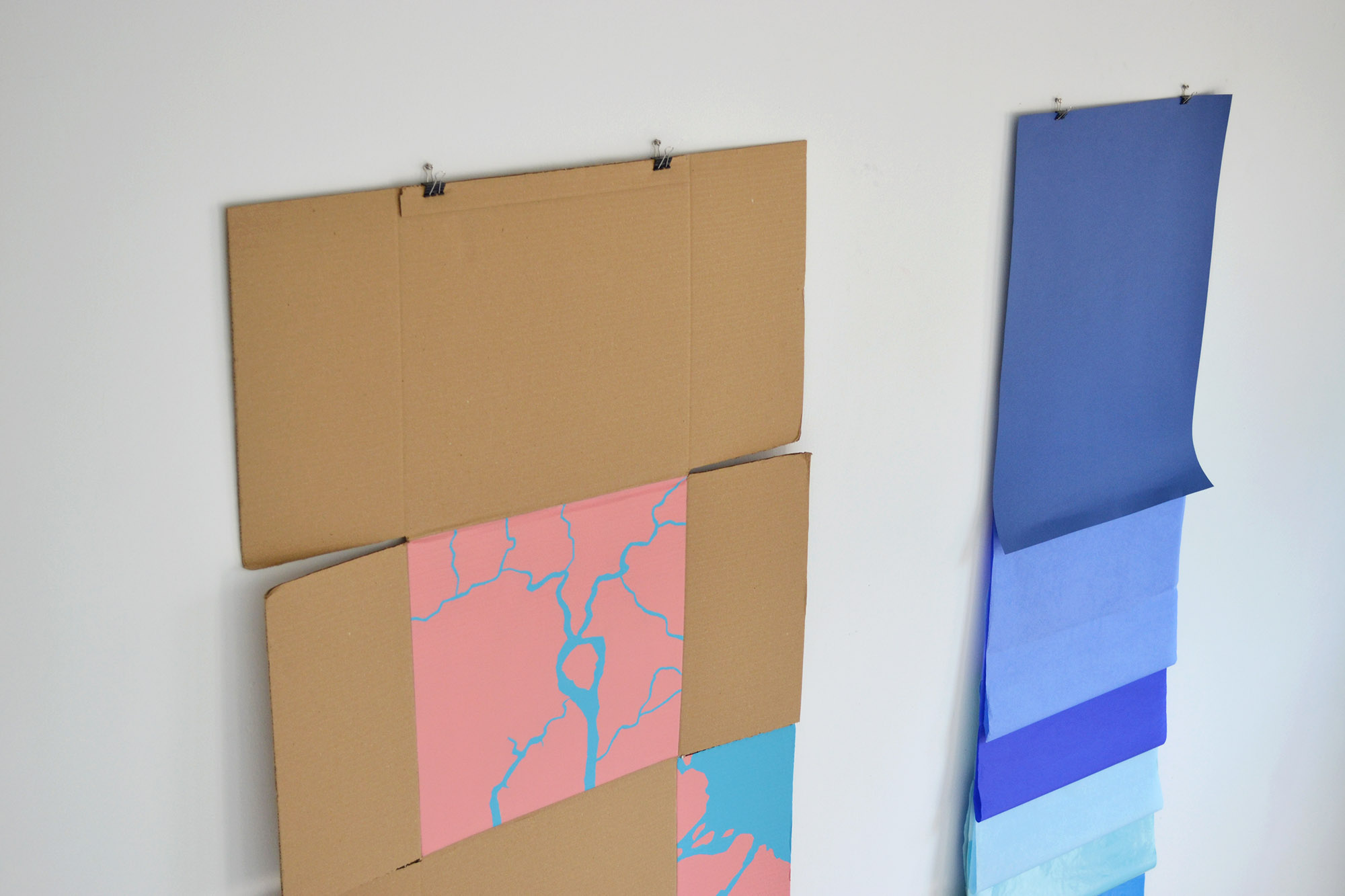
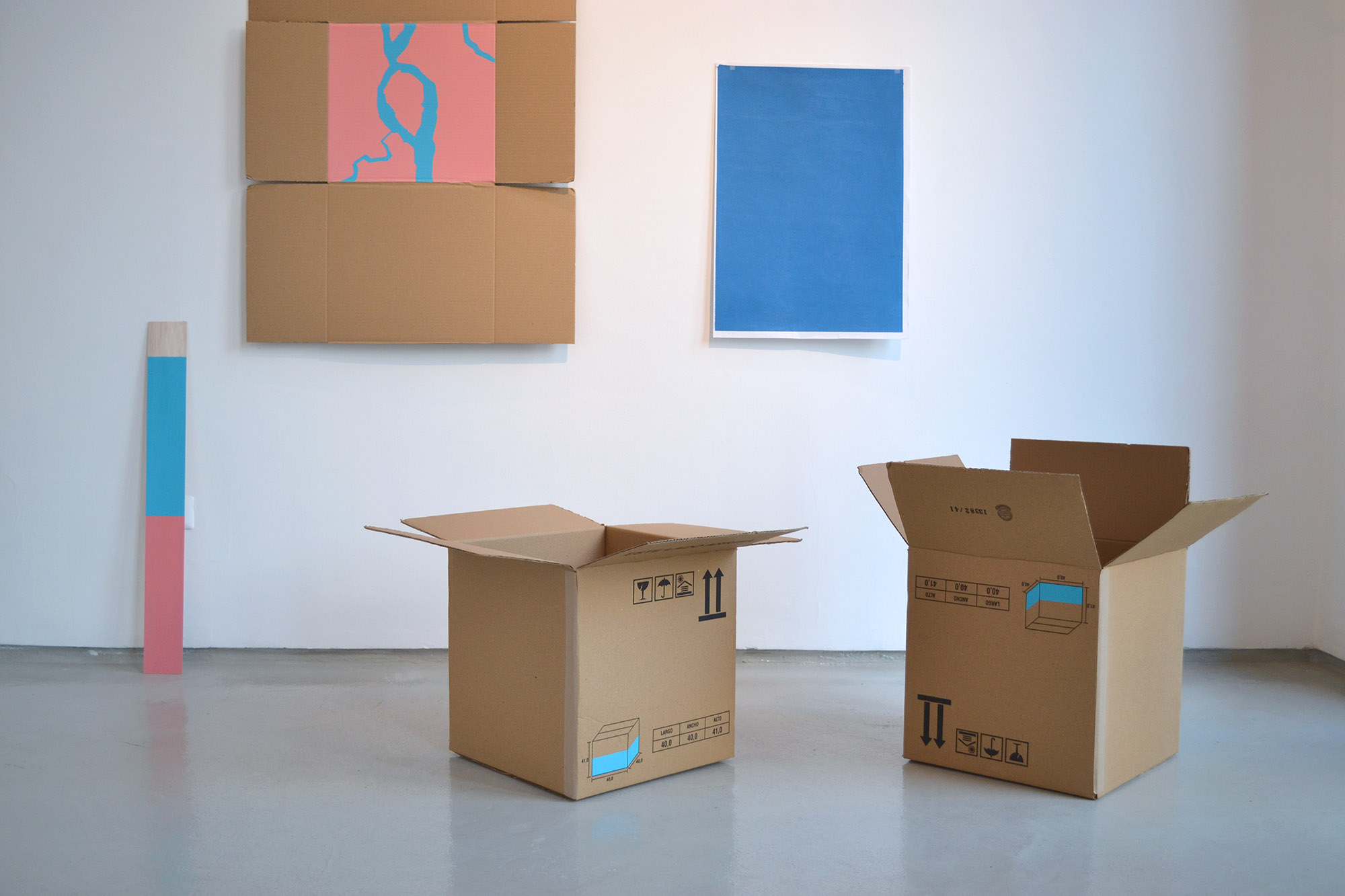


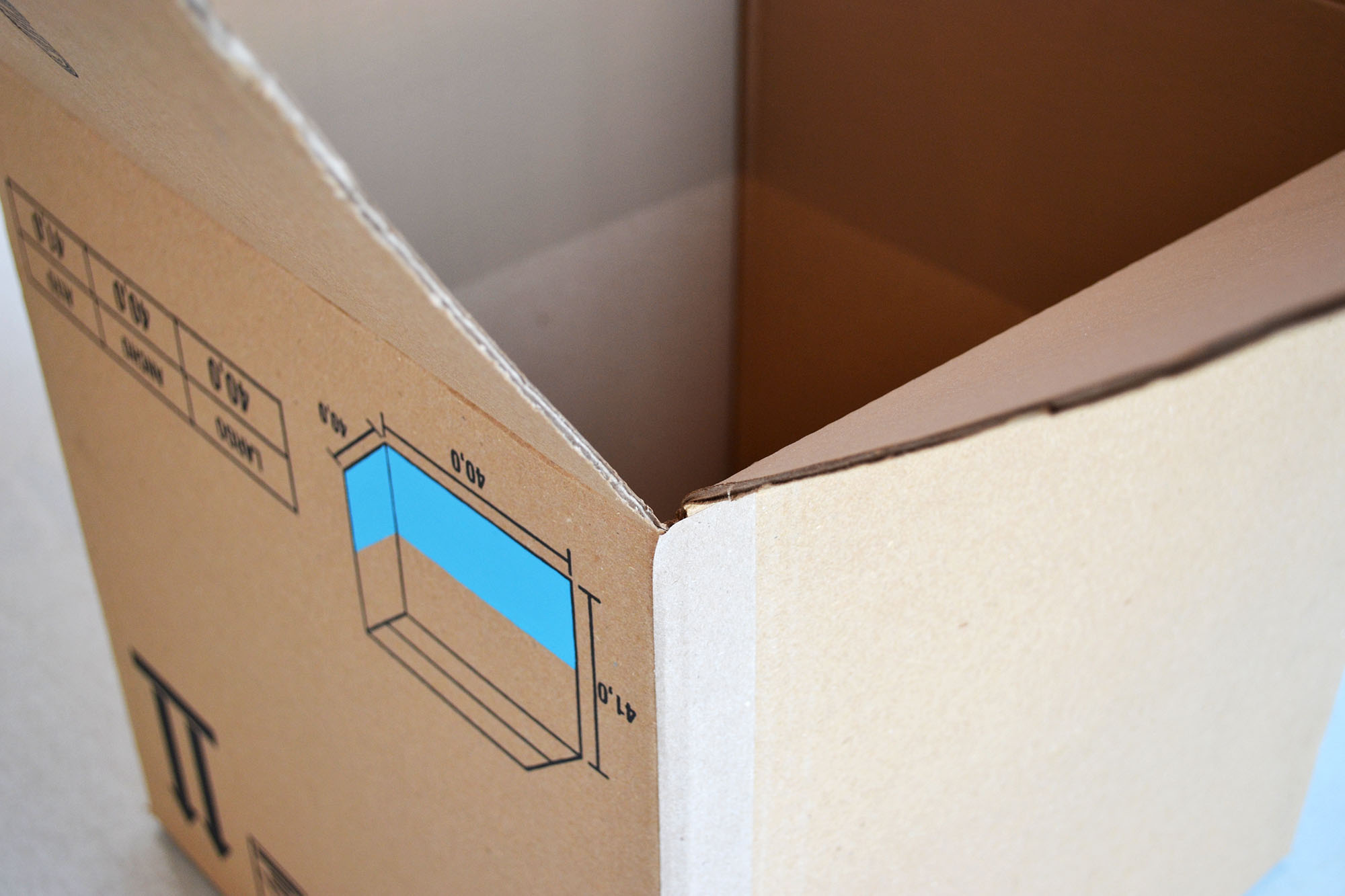
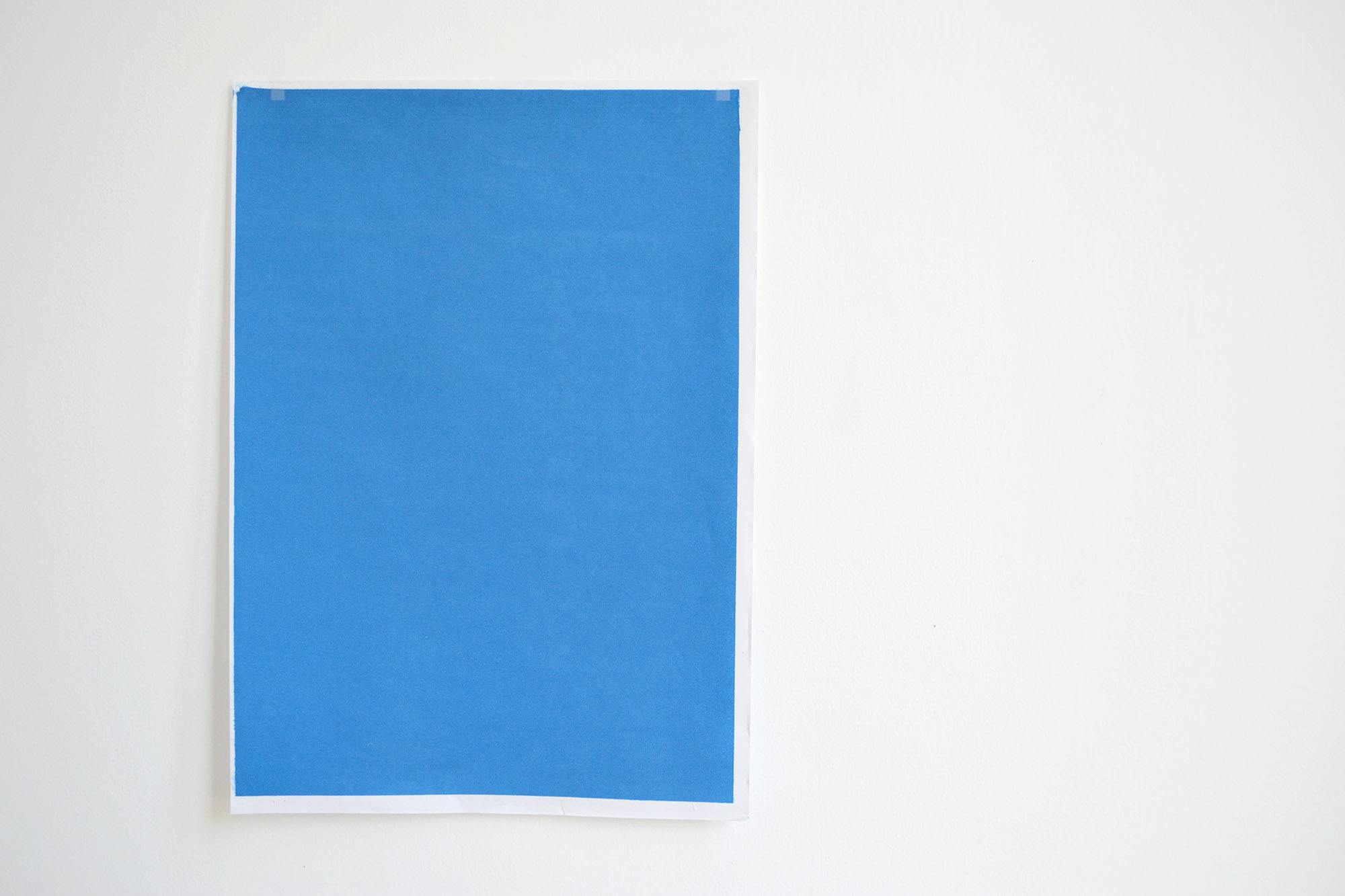
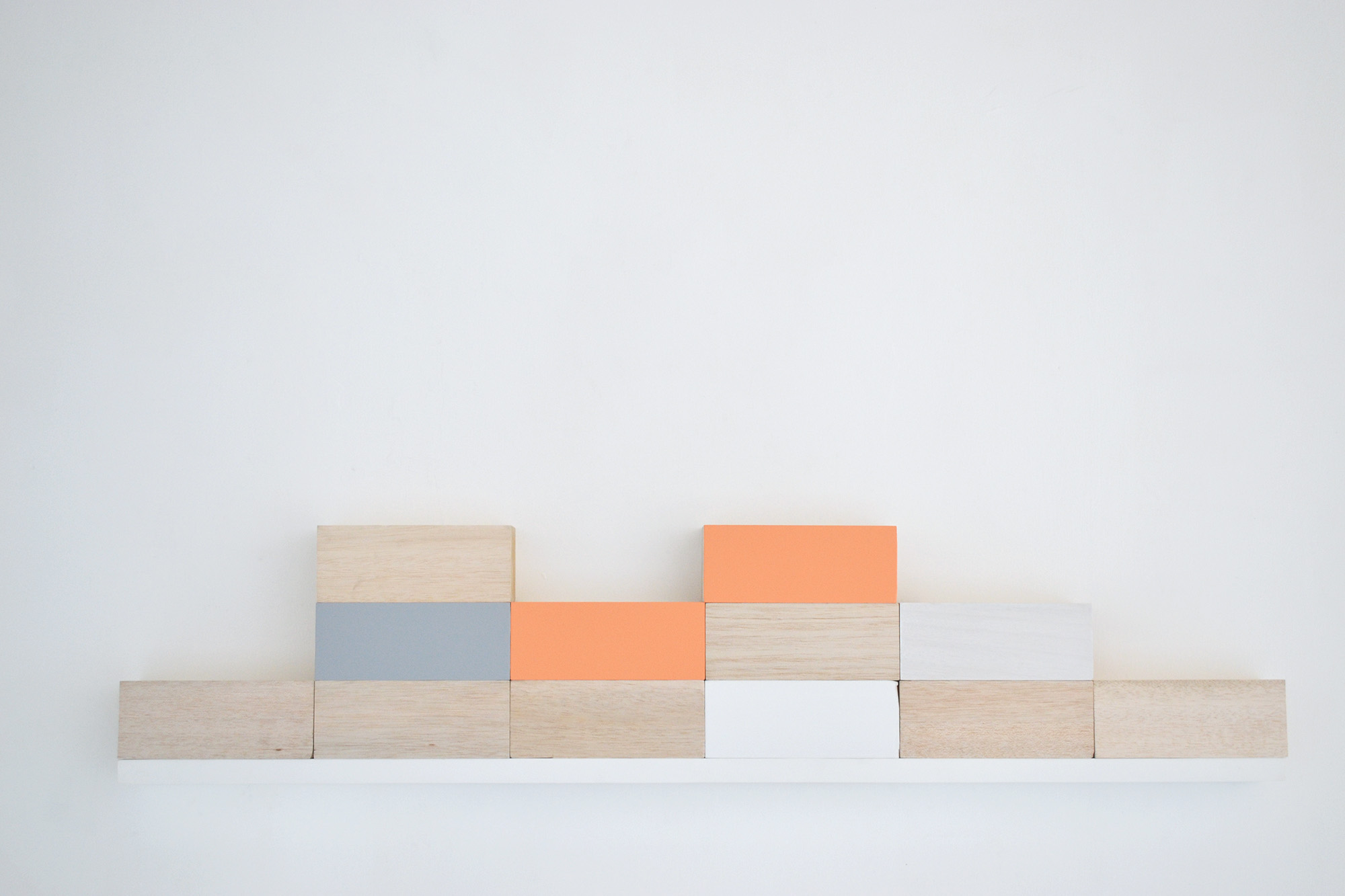
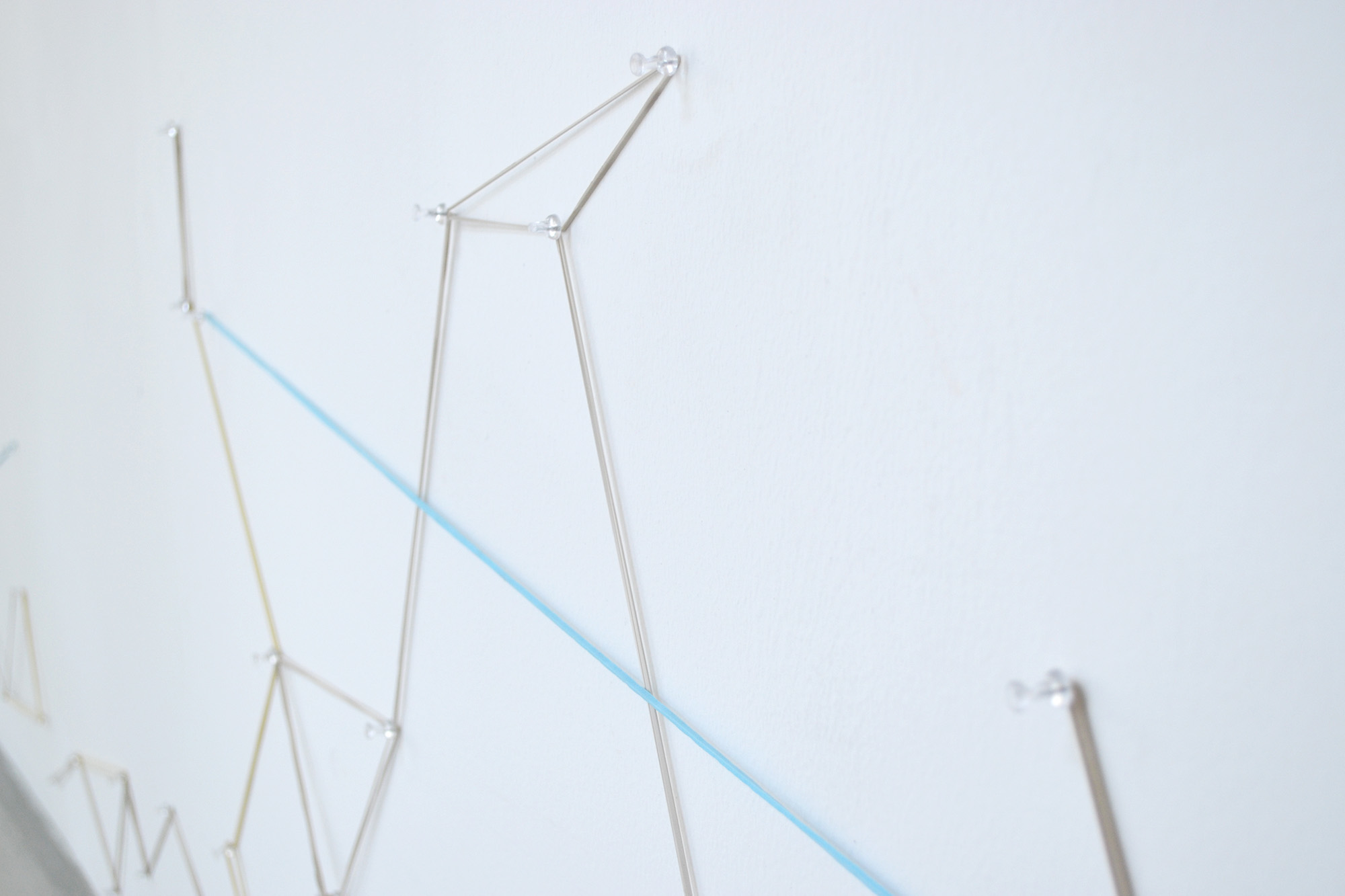





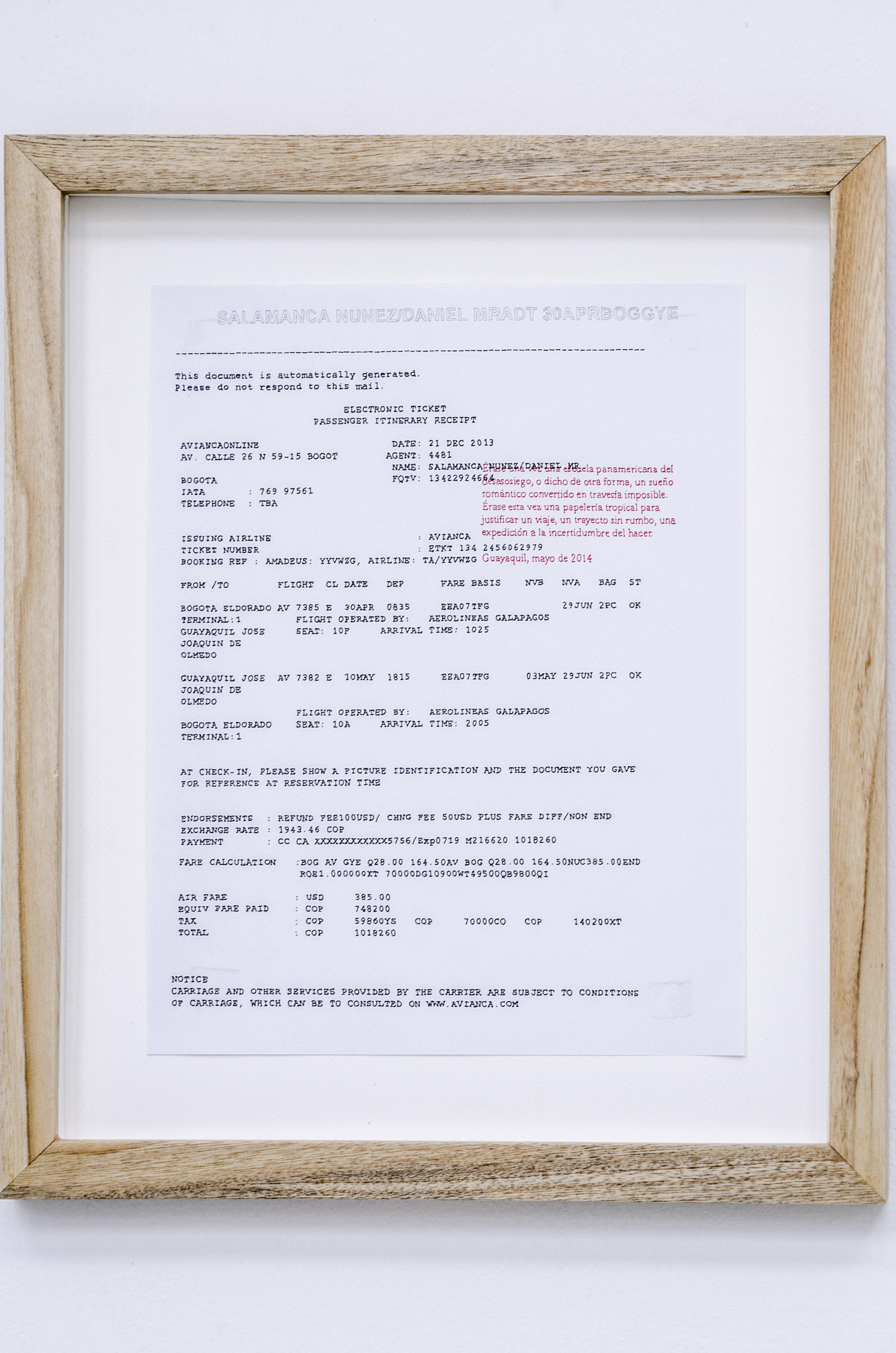
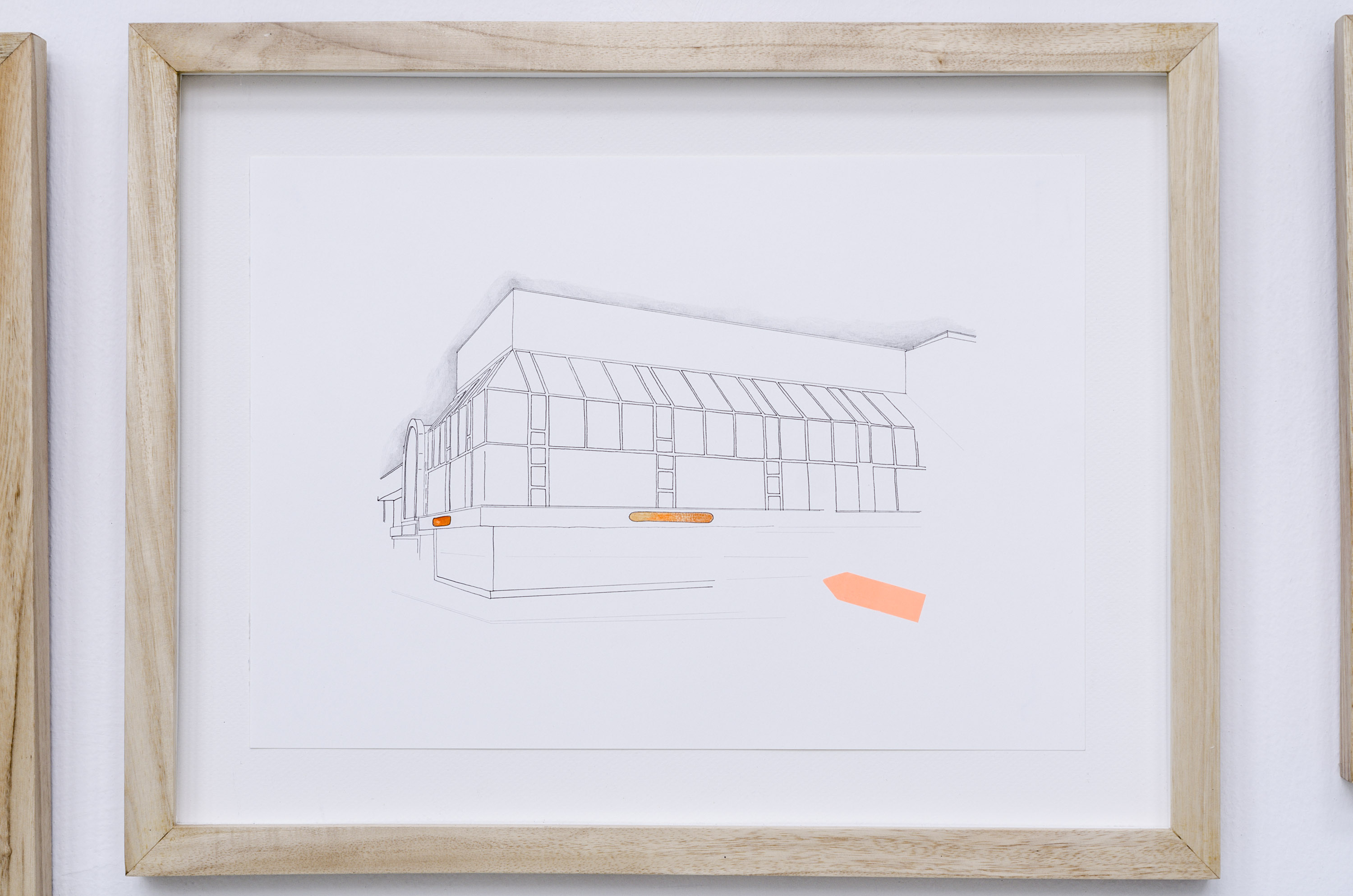

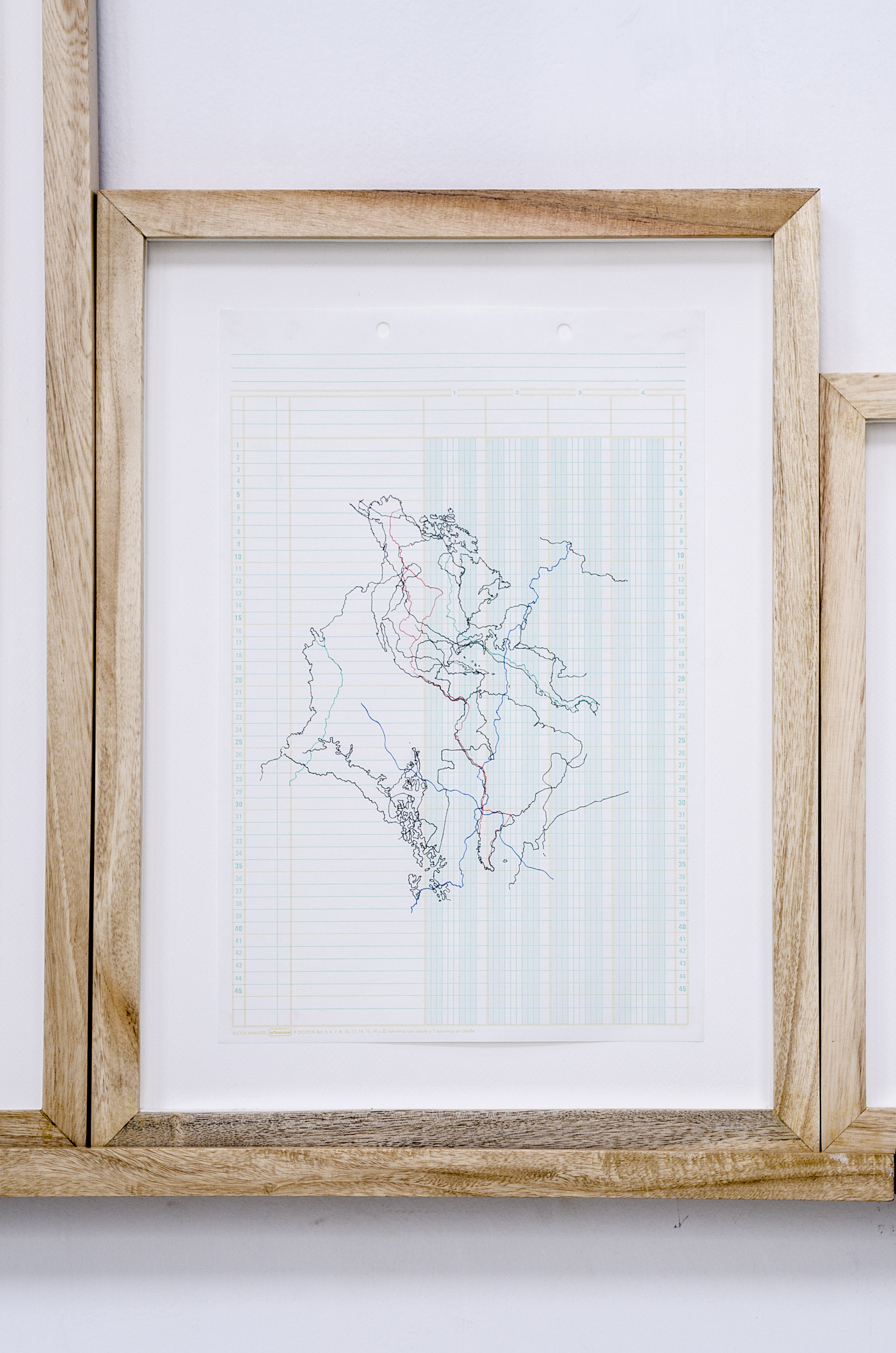
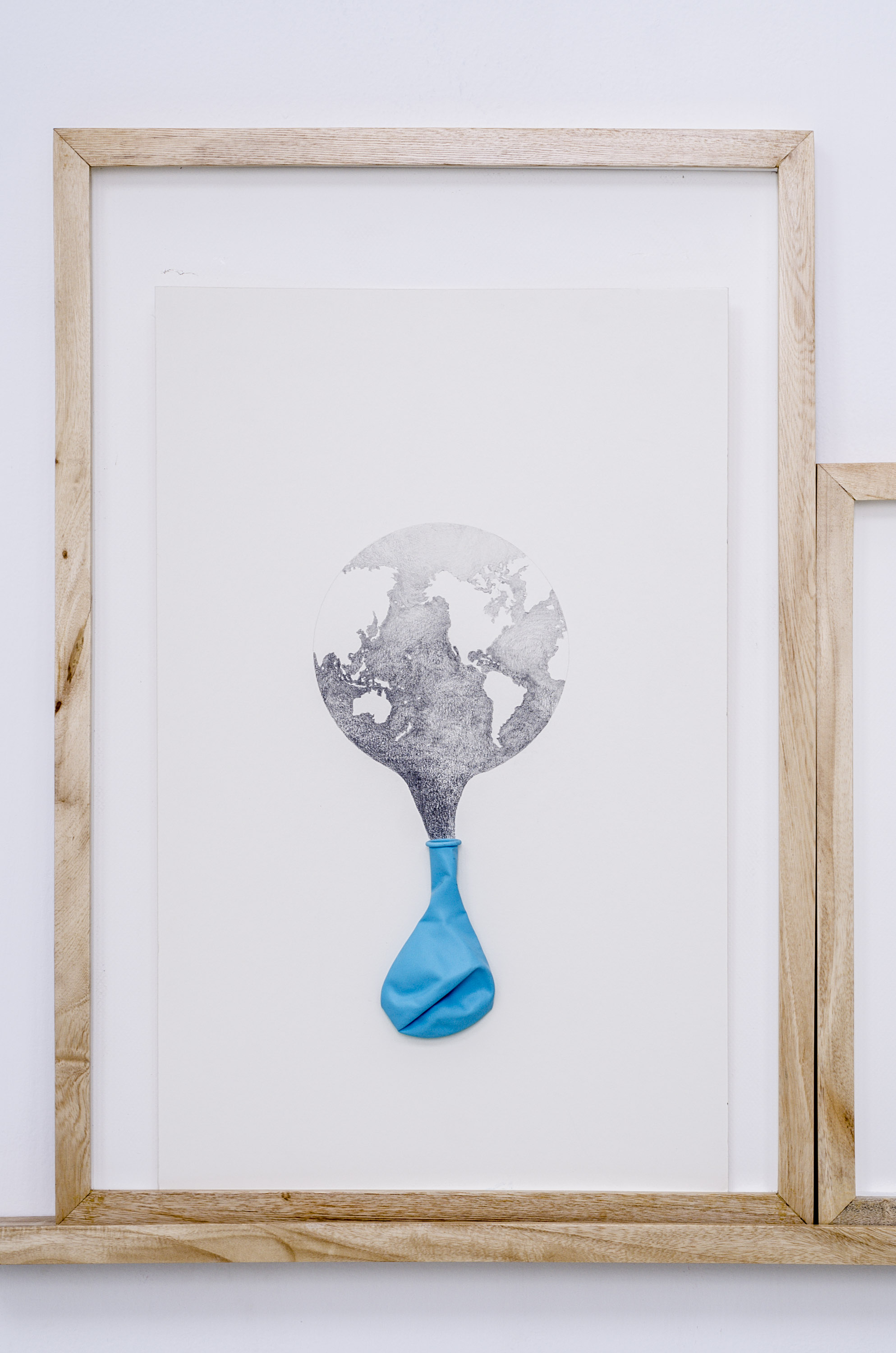
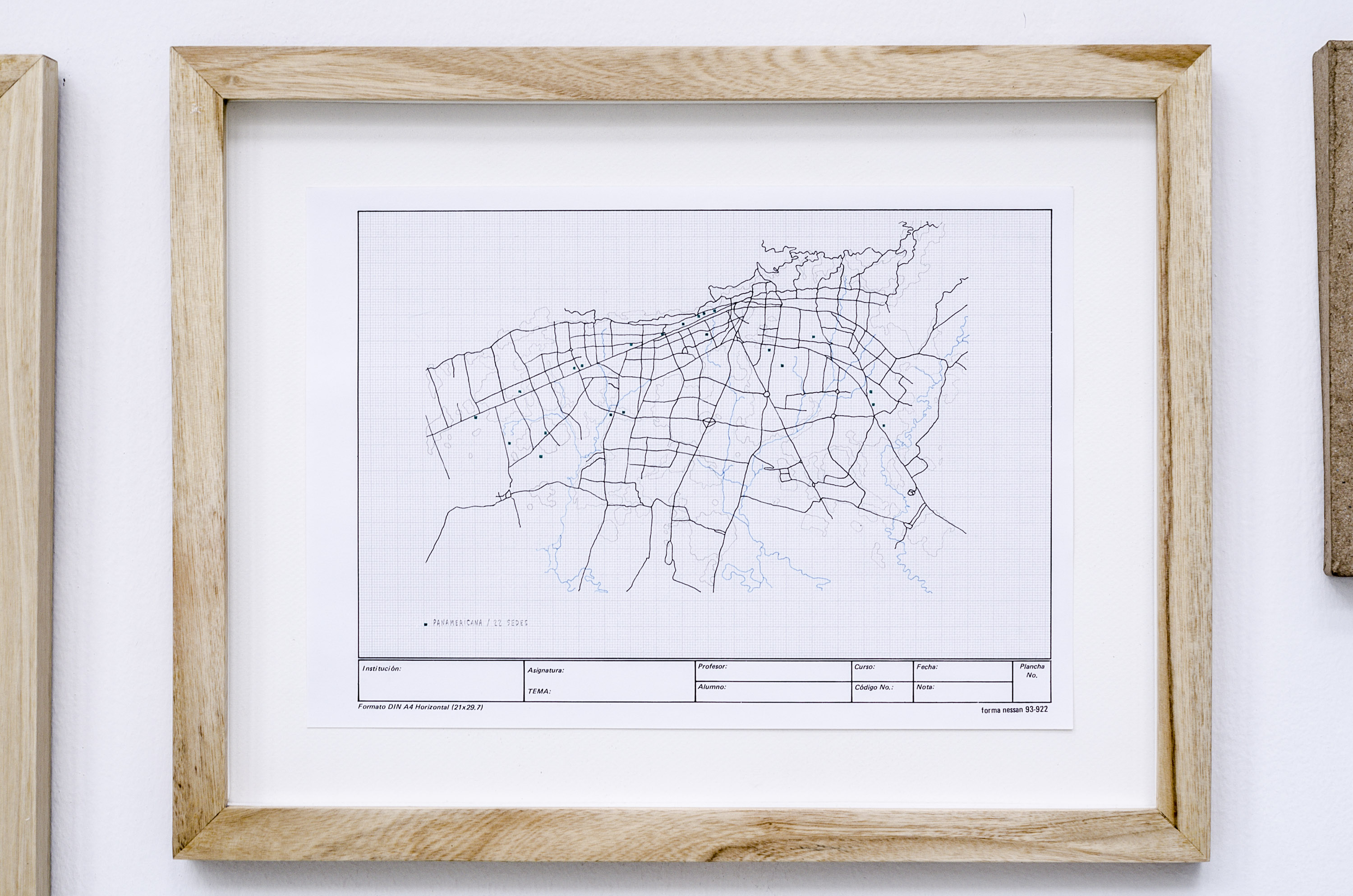

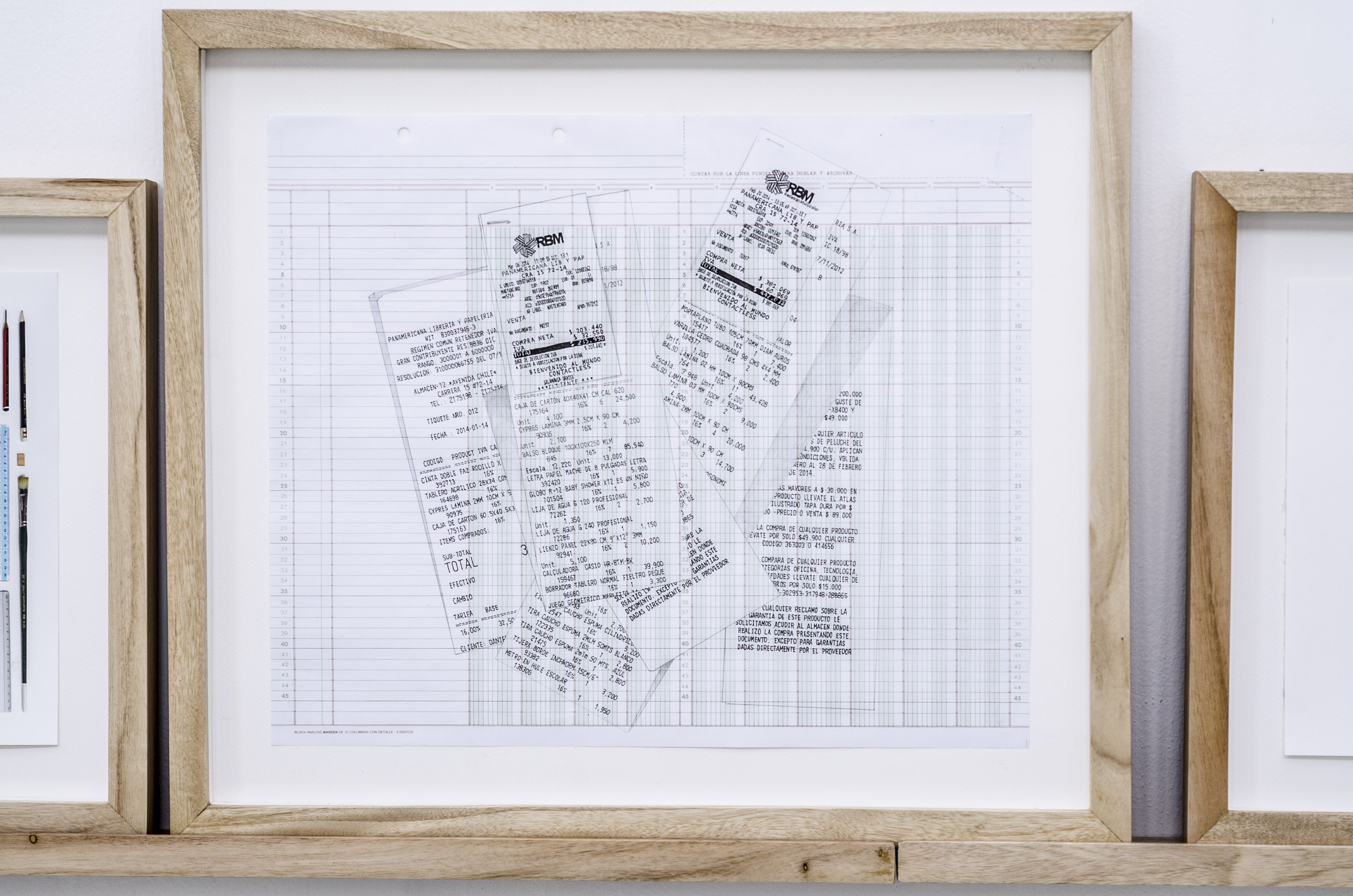
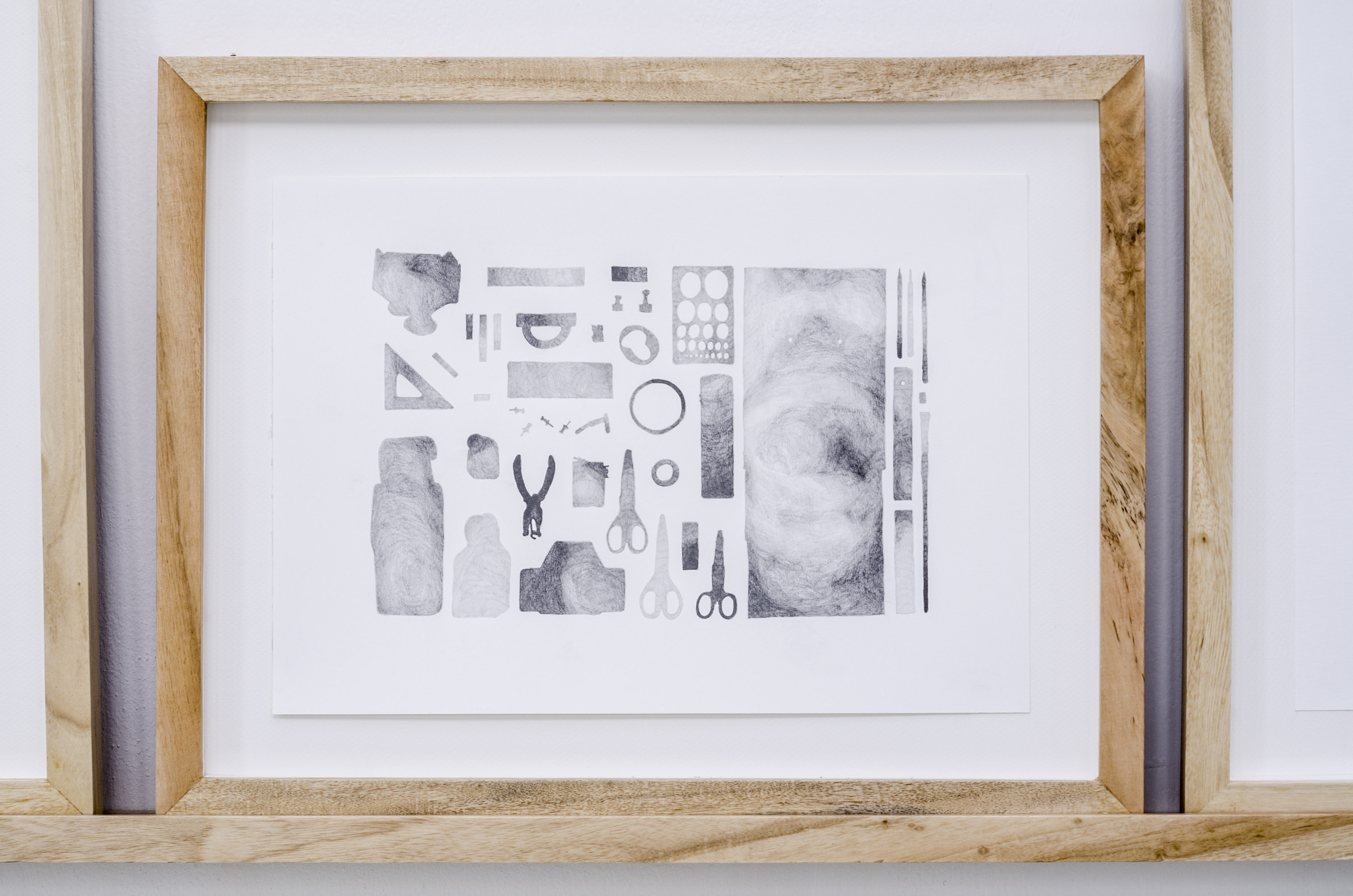
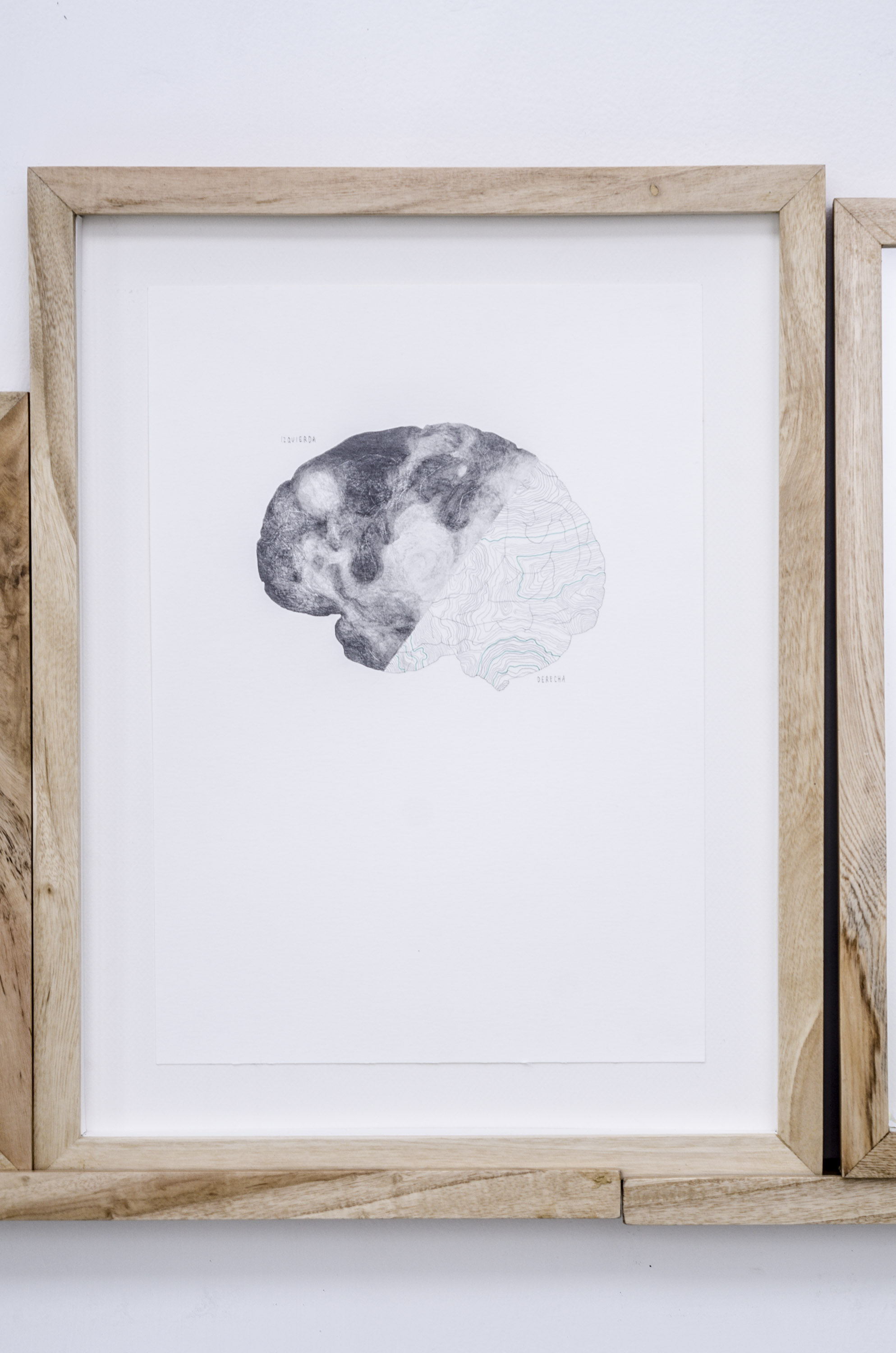

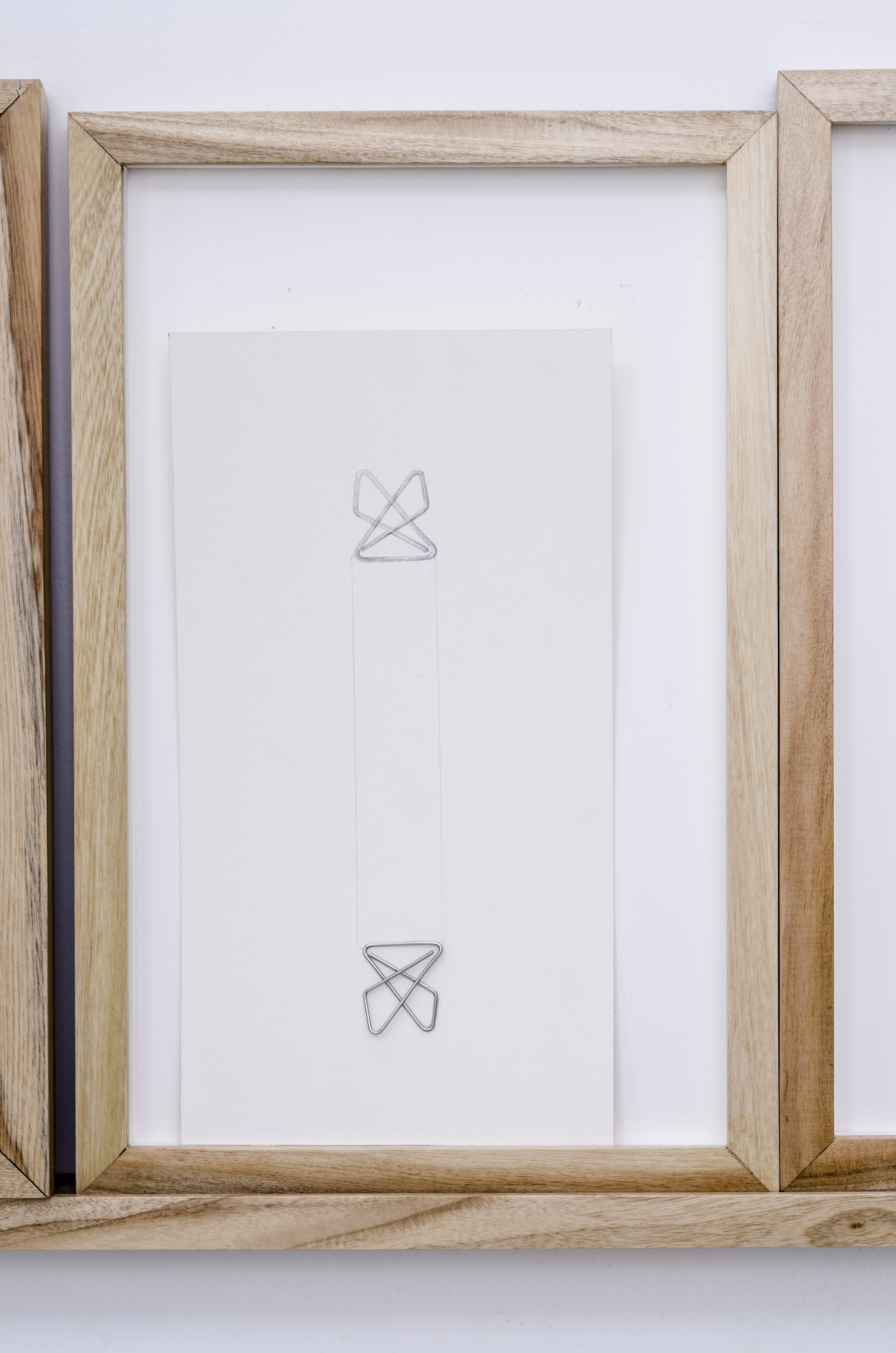
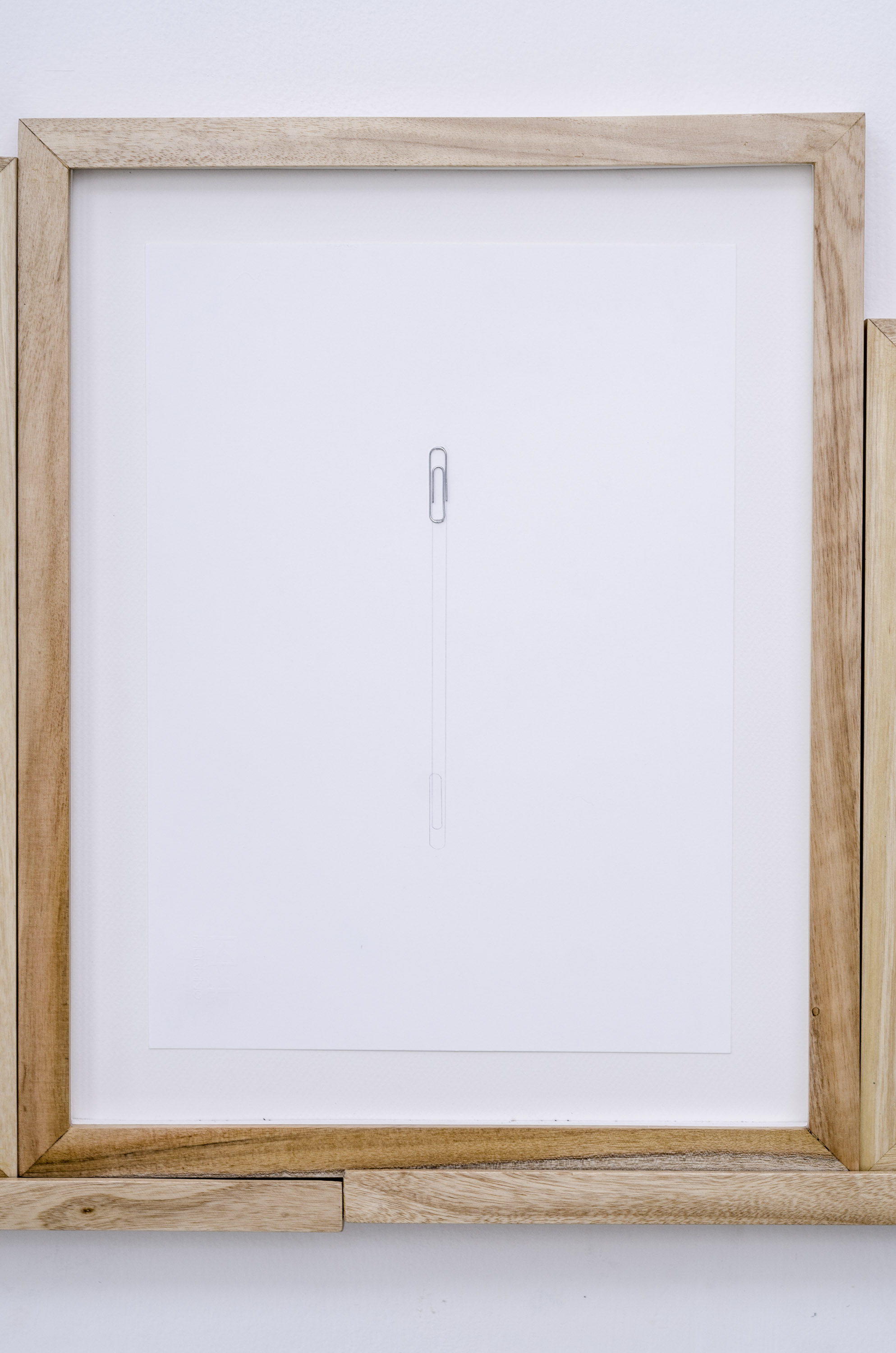

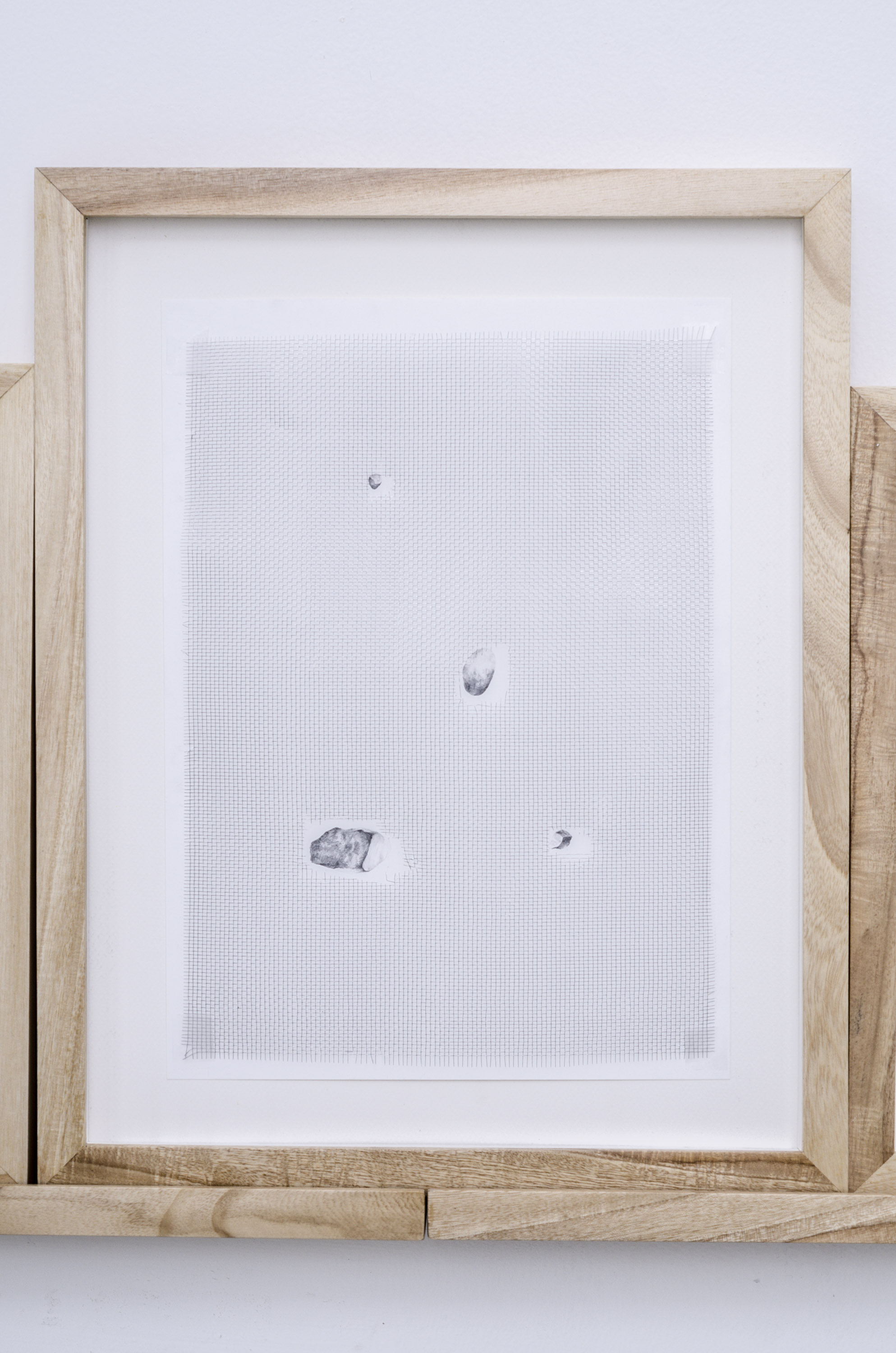

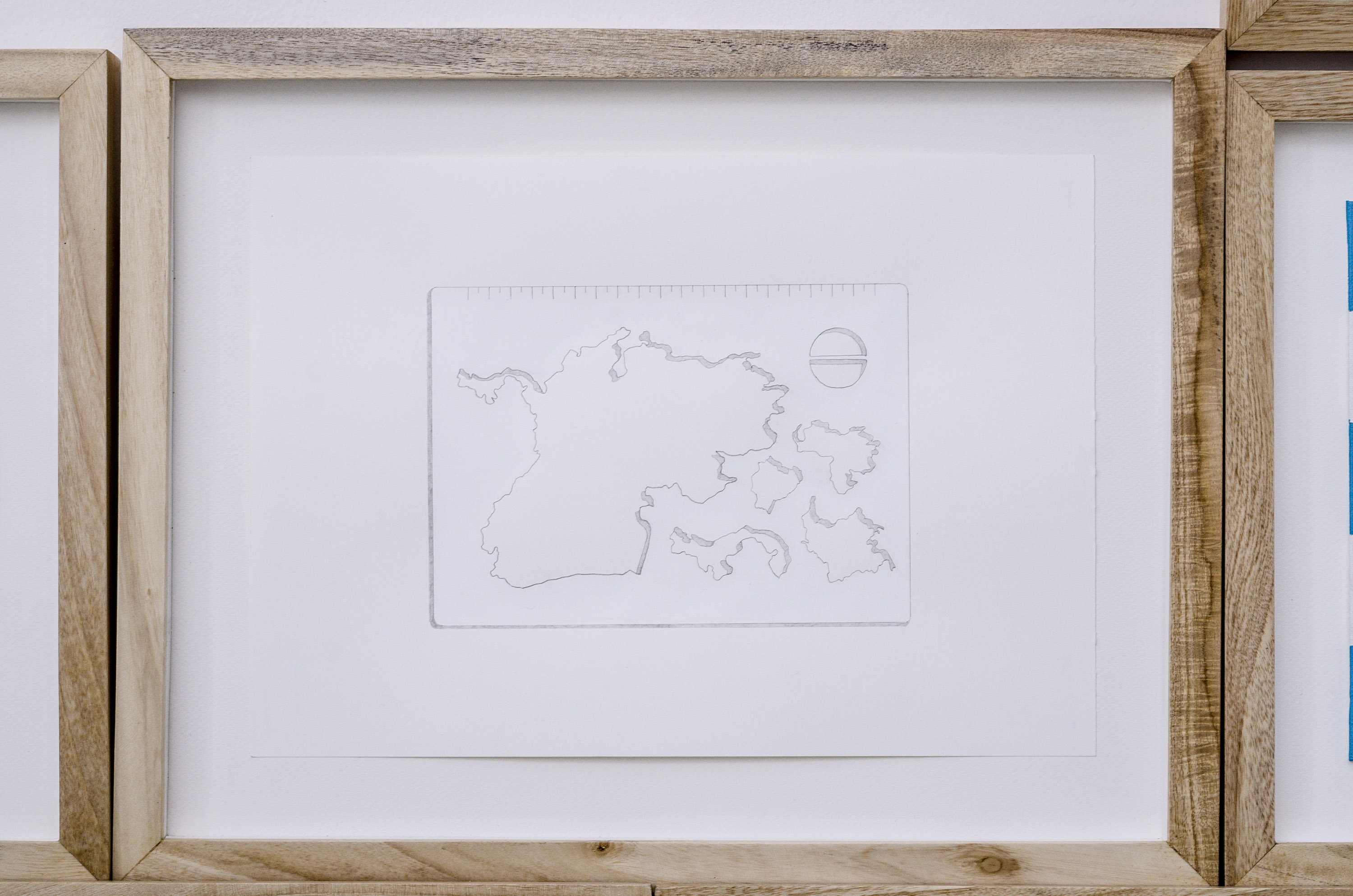
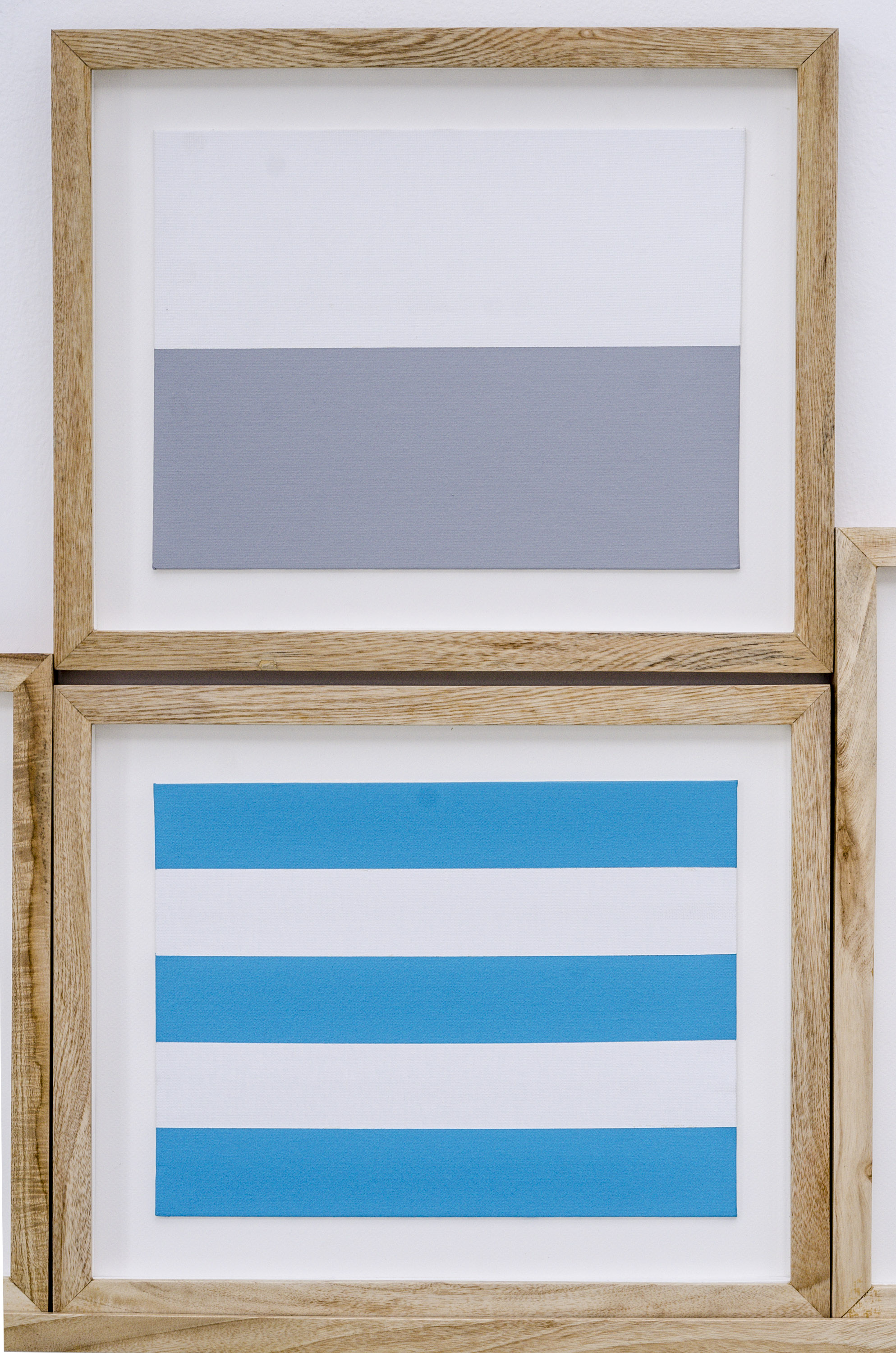
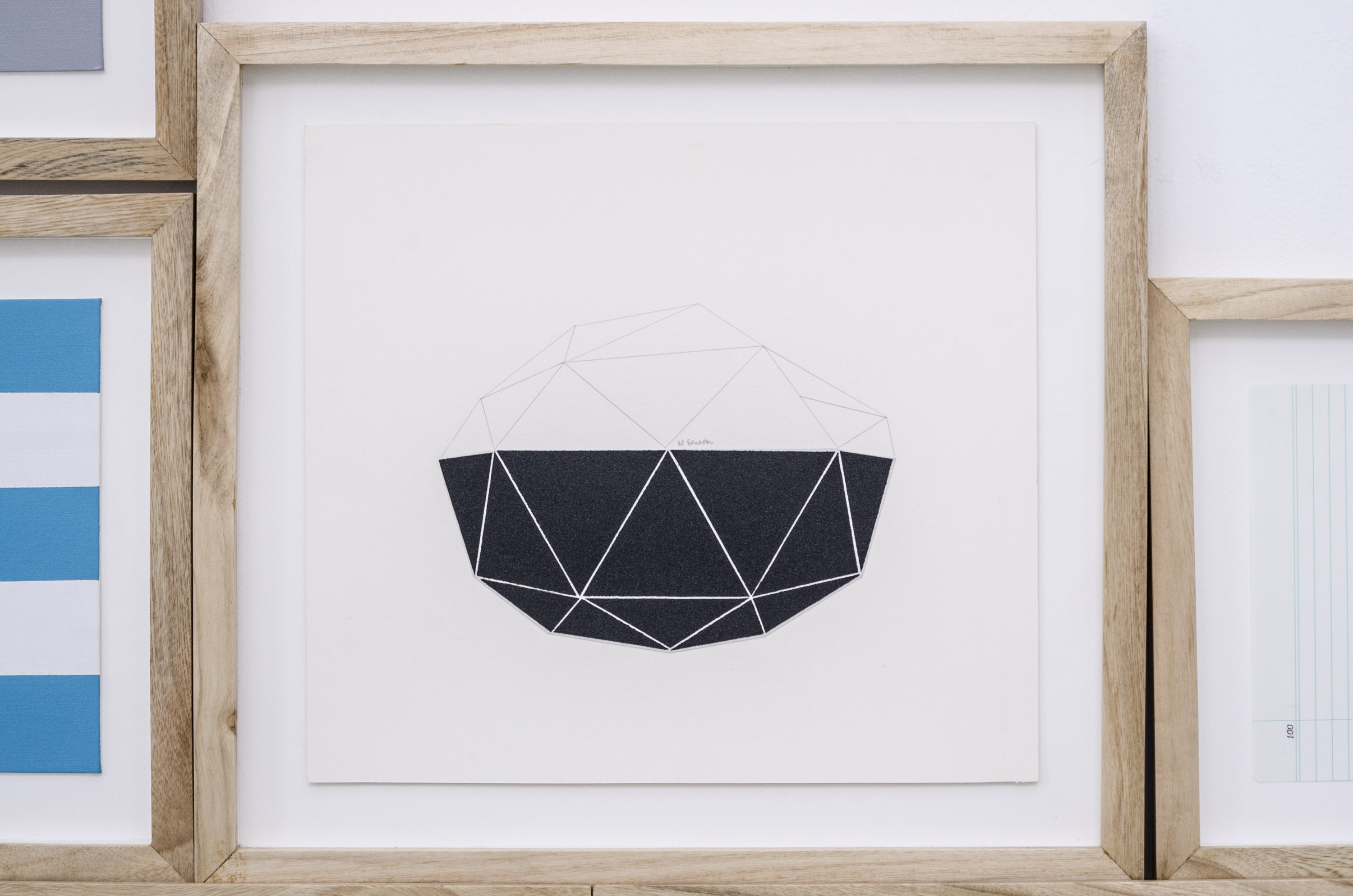
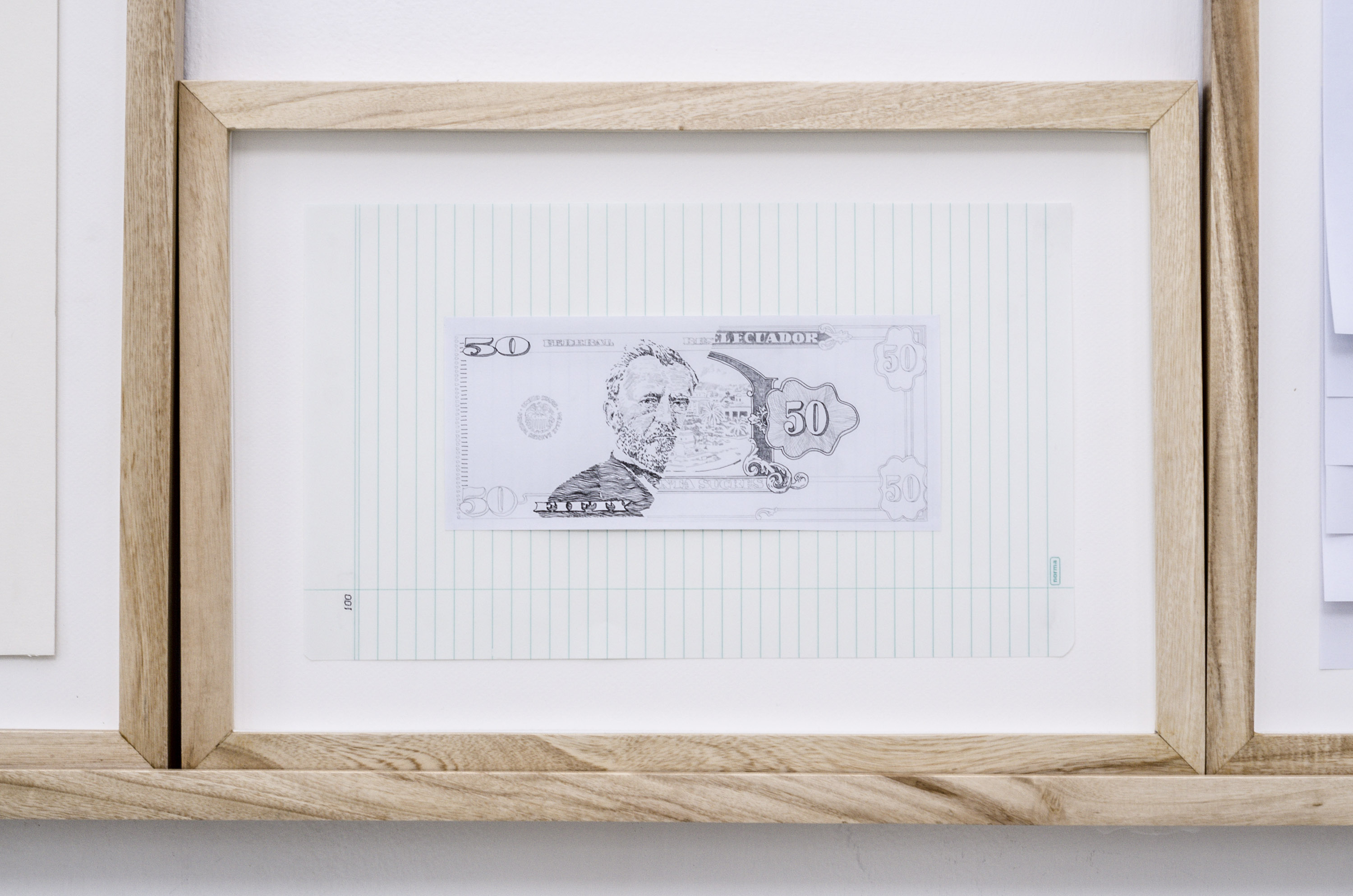
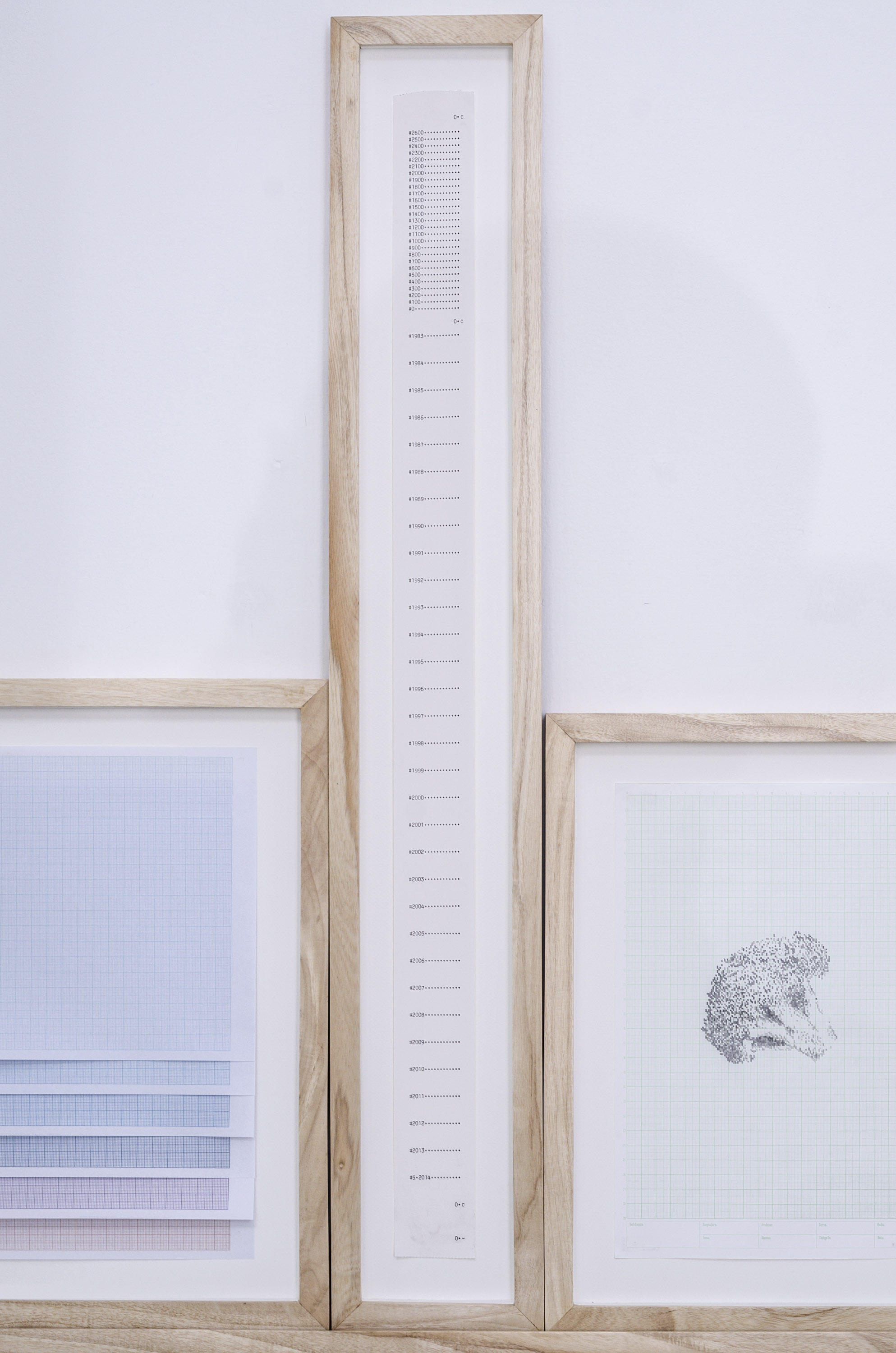


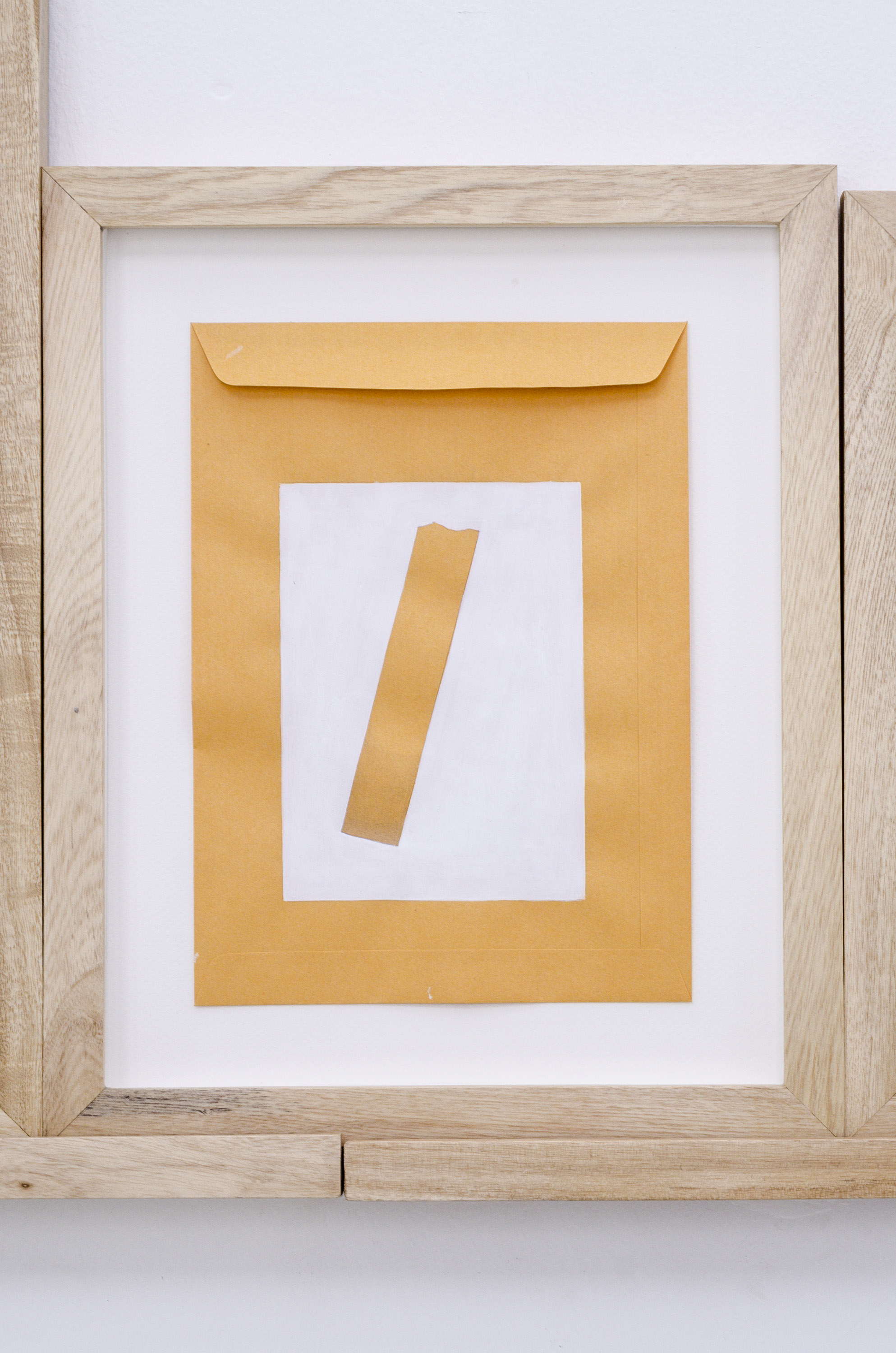

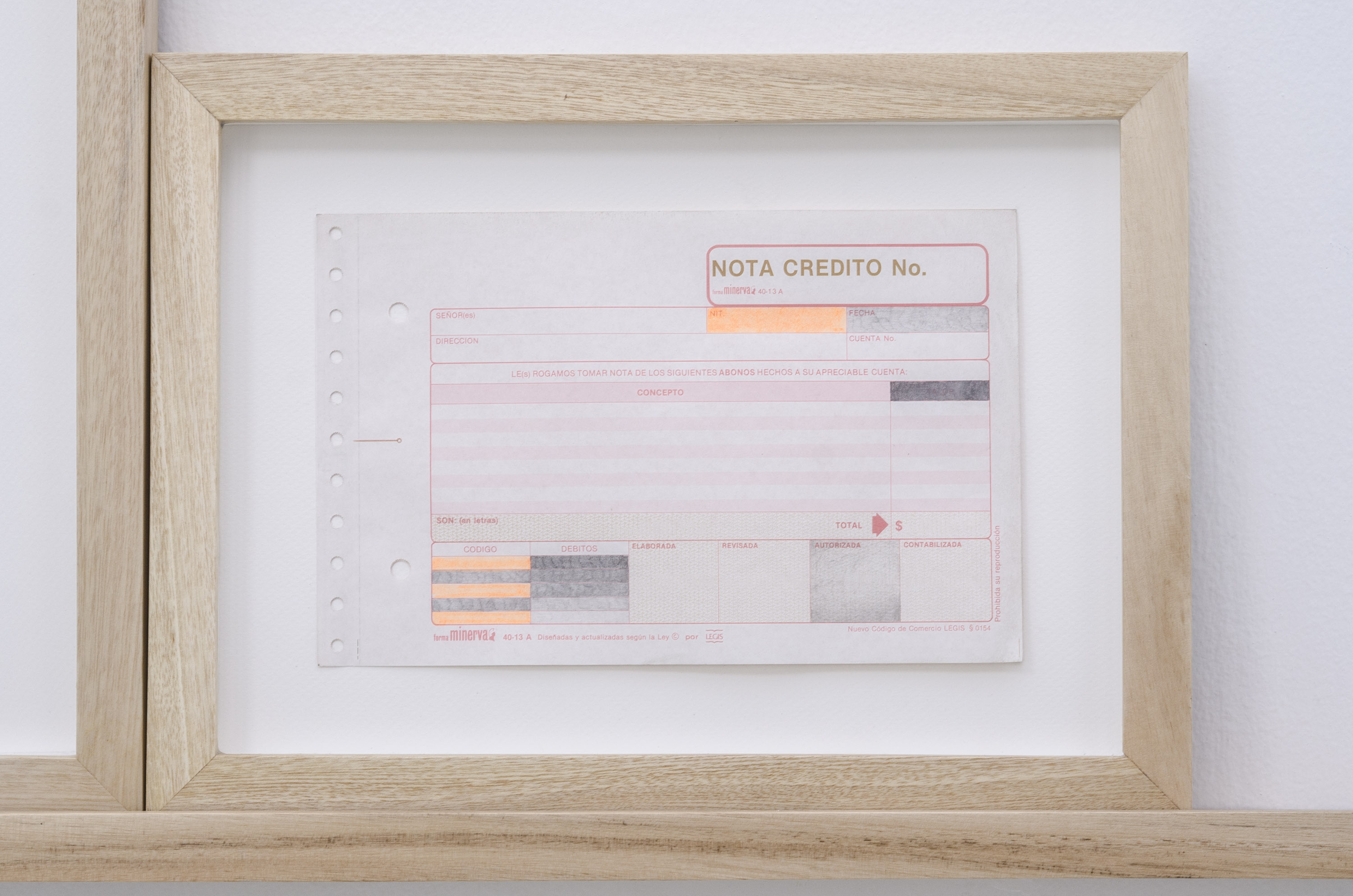
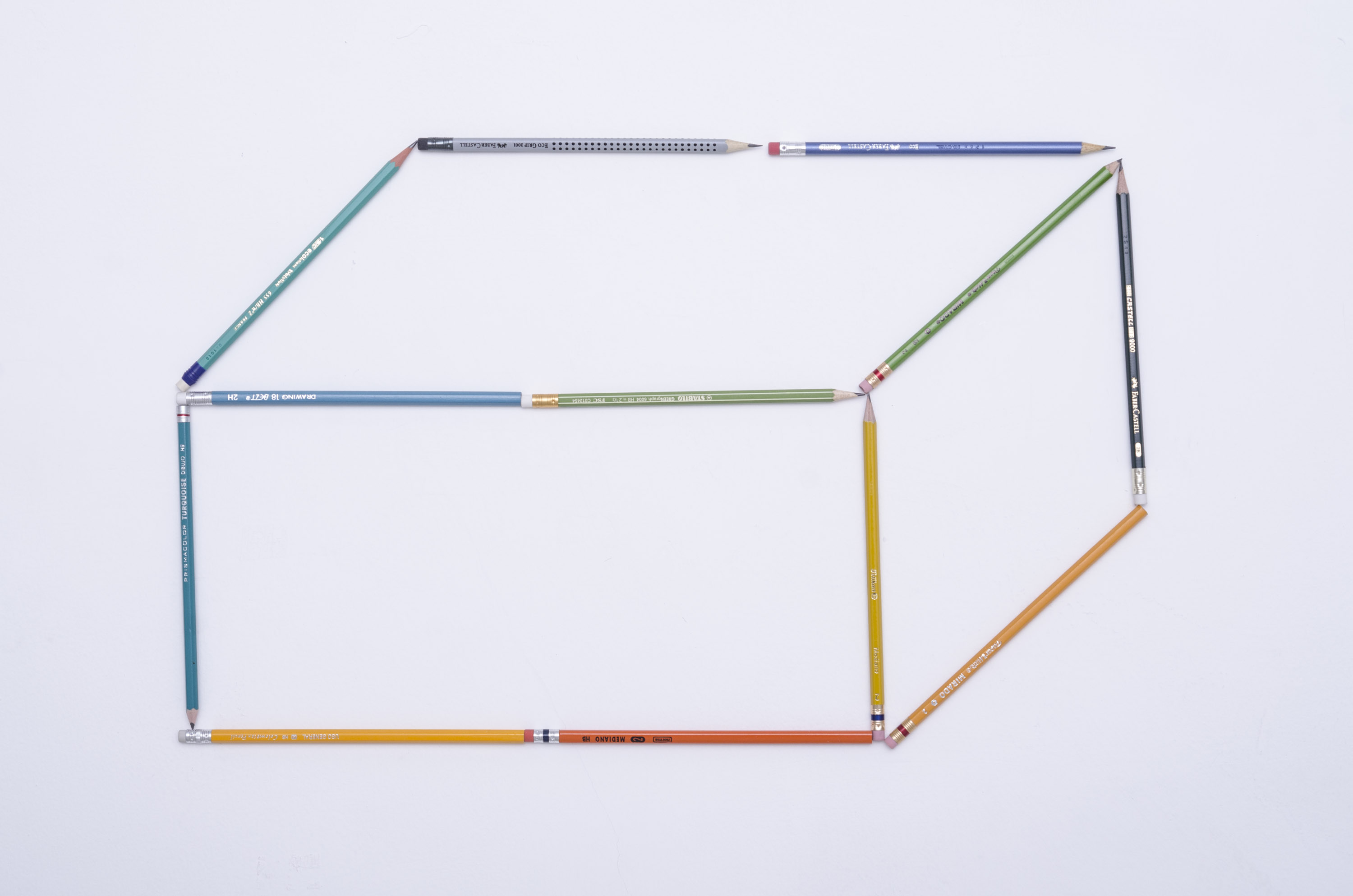

La Panamericana is an art project that originates in Bogotá-Colombia and that seeks, always in different ways, to travel and be exhibited in other places and contexts of the American continent. The premise: only use materials and supports from a popular stationery store in Bogotá, precisely called Panamericana. Several ideas that interest me come together in this long-run project. On the one hand, the possibility of making works of art from inexpensive, non-noble elements that are easy to transport and deploy. On the other, understand the idea of entrepreneurship, which in the art world has been called emergency, from the verb emerge. This term, of recurrent use in contemporary art, refers to the possibility of making local processes visible in the international context, as well as integrating young and peripheral artistic production in global circuits. In this sense, the story of the owner of this department's store, which is also a printing press and a bookstore, becomes a metaphor for this phenomenon. This is because the businessman in question started with a traveling sale of second-rate books in the center of Bogotá and today he has more than 19 branches throughout Colombia. The advertising slogan is "Vaya a la fija a la Panamerica" which means "you can find anything at the Panamericana". Finally, the project continues with another recurring interest in my work: the construction of invisible paths and connections between places, people and ideas. In this case, this conceptual map, which takes the form of samples in specific places (the first one being Guayaquil and NoMínimo Gallery), intends to re-trace, not in the literal, physical or geographical sense, but on the contrary, mentally and intuitively, what has been called the Pan-American highway, which is a segmented highway that crosses the entire continent from Alaska to southern Chile. The result depends on the crossing and exchange of information that takes place between the place of origin and the host city or space.
Solo exhibition at NoMíNIMO
Solo exhibition at NoMíNIMO